Embracing the beauty of the fall woodland garden
Some of my favourite plants for the best late fall colours in our garden captured with the original Lensbaby Composer lens.
The native grass Northern Sea Oats is a favourite of mine to photograph in fall. The lovely warm colours include beiges and muted purples. The lovely arc of the branches add to the effect and the small zone of sharpness from the Lensbaby adds to the delicateness of the overall image. Northern Sea Oats is an important food source for birds throughout the winter months. Last winter, they proved to be a favourite food source for our wild turkeys that visited on a daily basis.
Focus on plants for best fall colour
Full fall colour can be so fleeting.
If you’re not paying attention, all those beautiful reds, yellows and burnt oranges disappear into mounds of dried, crunchy leaves on the garden floor.
And that’s okay. The leaves carpeting the woodland floor provide a home for overwintering insects and their future offspring, as well as foraging birds looking to supplement their diet of seeds and berries.
Too many of us choose to stay inside at this time of year thinking the garden is all tucked in for the season. Experiencing late fall in the woodland, however, can be an extremely satisfying experience. Just breathing in the earthy aromas and the cool autumn air is a real joy. Add a hot chocolate or a large mug of coffee and your best four-legged friend at your side, and it’s hard not to appreciate our change of seasons.
Even in early November there are still flowers remaining on our Hydrangeas. These warm pinkish/purple tones give way to paper-thin beige flowers later in fall and through the winter months. Even as the last remaining colours fade, the plants continue to be impressive. The soft, ethereal look that the Lensbaby Composer lens provided here creates a lovely, delicate late fall image.
Now, if experiencing late fall in the woodland garden is a real joy, capturing beautiful fall images takes the enjoyment to an all new level.
I experienced that enjoyment this week (early November) when I decided to pull out the Lensbaby Composer lens to give it a much-needed workout to capture the delicate tones of the late fall woodland garden.
The Lensbaby Composer lens. Notice how the lens swivels on the ball socket. This gives the photographer the ability to move the focus point around the image.
For those who may not know about the Lensbaby line of lenses (Amazon link), you can check out their informative website here. If you are looking for a great deal on a large selection of Lensbaby lenses and accessories, be sure to check out the used options on MPB.com
In a nutshell, the minds behind Lensbaby, unlike most lens manufacturers, are not concerned about achieving extreme sharpness throughout the image. In fact, their focus is on creating soft, ethereal images where the photographer takes control of narrow bands of sharpness while the surrounding areas of the image is allowed to go soft. Depending on the f-stop chosen, the depth of sharpness increases or narrows.
Strong fall colours can still be found in the garden in November. Here, a trio of leaves from our Japanese Maple (Moonglow) show off their fall colour. It’s hard to imagine these leaves earlier in the year sporting their vibrant spring chartreuse colouring. This rather expensive, slow-growing Japanese Maple performs from early spring through late fall and is certainly one to consider for your woodland garden, especially if it is on the smaller side. Notice how the Lensbaby Composer’s sharpness is so restricted that only half the leaf in the front is sharp while the remaining half is rather soft.
Lensbabies are ideal lenses for creative flower photography as well as portraiture, but they have their place in landscape images especially fall landscapes.
The Lensbaby Composer is a completely manual lens and requires a little work getting the focus the way you want it. I like to use a combination of a sturdy tripod and a Hoodman Loop to nail the narrow band of focus. The Hoodman Loop also helps me see the image on the back of the LCD screen, especially in bright lighting conditions.
The following are just a few images of my favourite fall-colour woodland garden plants taken this fall with the Lensbaby Composer.
More information about the subject is included below each image. If you are looking to add fall colour to your garden, you could do worse than putting these plants on your list of purchases in the spring. Of course, there are many other plants that offer bold fall colour to our landscapes, but these plants are sure winners in our garden.
Even in November, there is still plenty of colour in the garden. These American Viburnum leaves can be showstoppers in late fall. Although the birds and other garden wildlife already devoured the bright red berries, the leaves continue to put on quite the show. If you are looking to add late fall colour, this native, berry-producing shrub that wildlife love is an excellent choice.
If you are looking to add a punch of purple to your garden, consider the beautyberry bush with its outstanding late fall crop of purple, pearl-like berries that provide backyard wildlife with another winter food source. Not only are the abundant berries an exciting addition to the fall garden, the leaves, with their purple veining, add their own hit of purple to the garden’s pallete.
Another Hydrangea shows off its mauve fall colour and small berries.
The delicate branch of another Japanese Maple is captured here with the Lensbaby Composer. Notice how the focus of the lens is not to capture the scene in ultimate sharpness, but to create a softness that is particularly appropriate for this scene. The out-of-focus background, with hints of pastel greens, add to the overall mood. This is the more common Japanese Bloodgood Maple. One of its fall features is that it drops almost all its leaves in a single day and creates a carpet of bright red leaves as a natural ground cover.
Don’t forget to look on the forest floor for lovely fall colour at this time of year. Larger maples, oaks and tulip trees provide fall colour in both the upper canopy and later when they drop to the forest floor. I captured this lovely native Sycamore tree leaf among the ferns and other leaves. Whether you choose to just experience the fall garden, or capture it with your camera, the potential to squeeze just a little more out of fall in the garden can be a rewarding experience.
How can we forget the colours of our Dogwoods in fall? This Cornus Florida leaf is another standout in the late fall garden adding to the trees’ year-round interest beginning in spring with its incredible flower bracts, through early fall with its red berries and rounding out the year with its spectacular fall colours. The native dogwoods as a group are an excellent addition to any fall woodland garden.
One last image I wanted to show readers. Although it was not taken in the garden, it shows the interesting effects possible with the Lensbaby Composer in more of a landscape image. Lensbaby chose to feature my image on its website to illustrate how the Lensbaby can take a more traditional image and help the photographer obtain a more creative one.
MPB.com is an excellent place to either trade in your previously used photo equipment or purchase dependable used camera gear, whether it’s your dream camera or lens. For a great selection of Lensbaby lenses from MPB, click here.
Image shows a Japanese Maple covered in a late fall snowfall. This image was not taken with the Lensbaby but I could not resist adding to it.
Window boxes with European style
It’s hard not to notice the sheer abundance of window boxes and container plantings throughout the small towns and cities in Europe. In this post we explore the world of European window boxes.
Tasteful, minimalist approach adds an unforgettable elegance
When it comes to window boxes, Europeans know how to do it with a flair for simple elegance.
But that should come as no surprise, they’ve been doing window boxes for longer than North America has even existed. Like most things, simplicity wins out everytime.
A two week vacation through Switzerland, the Netherlands, France and Germany helped me really appreciate the Europeans’ approach to gardening in small, urban spaces.
Now, there’s no doubt our river cruise through the Rhine valley from the Netherlands through to Switzerland focussed on some of the most beautiful small tourist towns along the historic river, centered around some of the most beautiful European towns and cities. However, I’ve seen my share of tacky tourist towns, and these were not them.
Geranium simplicity
Three red geraniums are all it took against this grey background and simple sheer curtain to create a memorable image and hi-light this simple window.
It helps that the ancient buildings all seem to have beautiful exteriors to set off the windows, colourful shutters and window boxes. However, even without window boxes, or flowers, they can still be stunning.
Even windows without window boxes and/or flowers have a certain simple elegance about them.
The boxes themselves are most often planted with a single flower or colour in great abundance creating a very full display spilling out against the perfect backdrop.
But, just as many window boxes seemed to take the minimalist approach where a trio of airy plants were used to just add a colourful highlight to an already elegant backdrop.
Simplicity in colour
The combination of the massive display framing the doors and windows of the commercial storefront, complement the smaller, yet elegant second-floor display of window boxes.
Throughout the many walking tours we took, I found myself regularly wandering away from our guides to focus on the incredible window boxes and containers that seemed to line every street, whether it was a main shopping area, or a lovely, quiet side street that begged me to go exploring on my own.
Everywhere I turned during this early September vacation seemed to bring new flower displays – almost all of them stunning in either their simplicity or their bounty of colour.
Even the traditional light standards that lined most of the streets offered tremendous picture potential for anyone who took the time to look up and fully appreciate the details that made these areas special.
Picturesque Light standards
Light standards lined the streets of most towns, and like the window boxes, were planted in a simple yet elegant style.
Rather than try to explain the European approach to window boxes, I think the following photographs will give you a taste of what you can expect if you choose to take a European river cruise. Images also tell the story better than I ever could.
The following are just a few of the window boxes and containers that caught my eye during my time in Europe.
I want to add that flowers play an important role in European life. Nothing illustrates that better than a simple flower shop (below) I stumbled upon on a side street. The attention to detail is outstanding and both the interior and exterior displays are outstanding.
You know that the French take their flowers very seriously when they have guard cats watching over their displays. This scene was caught on one of the side streets in Stasbourgh, France. After I stumbled upon a lovely flower shop and could not resist exploring the photographic possibilities. I never expected to come across this scene, but took the opportunity to capture it as soon as I saw it.
The flower shop that housed the cat was unlike any I have seen elsewhere. Sitting on a quiet corner, the owners took advantage of the outdoor space to create a lovely display of both flowers and fruit for passersby. In the European culture, it is not uncommon to pick up groceries – particularly a baguette – on the way home from work. Adding a lovely bouquet of flowers is also a practise that other cultures might want to pick up on to make their world a little more beautiful. Below, is the flower shop that I could not resist exploring.
How could anyone walk past this glorious display without stopping to at least look at flowers and fruit let alone purchase a small bouquet for the table? Flowers are a much bigger part of the European culture than they tend to be in North America. Sometimes, it’s the smallest things that makes one smile and lights up a room.
Six window boxes done with simplicity reflecting the elegance of the terra cotta coloured window frames. As a photographer, the colourful window boxes certainly caught my eye, but so too did the lovely reflections in the window. Of particular note is the glass in many of the window panes. Many were original panes of glass that created the uneven reflections.
Simply Elegant
Even in areas where there was not a lot of open area for full gardens, flowers were everywhere.
The above is a sampling of the images captured during the two-week period. I hope they give readers new ideas on using simple window boxes in their own gardens, even if those gardens are nothing but a small balcony or courtyard. Be sure to go to my photo gallery featuring many more window box images as well as colourful containers that are just as popular as the window boxes.
You will find the Photo gallery of window boxes and containers here.
The photographic approach
Without getting into the fine details about my photographic approach to capture these images, let me first say that I chose not to use my smart phone, which is more than capable of capturing similar images. For almost all of these images, I used a 20-plus-year-old miniature mirrorless camera made by Pentax. The Pentax Q10 is a tiny mirrorless camera that has its own interchangeable lenses.
All the images were post processed with a combination of Lightroom/Photoshop and/or Luminar Neo.
I will be posting separately about several photographic approaches I took as well as the camera(s) used.
Spotted beebalm: A native you need in your garden
Spotted bee balm is a fascinating native plant that will be a mainstay in our natural woodland garden.
Showstopper native is a pollinator magnet
Spotted beebalm (Monarda punctata) looks more like a plant belonging in some exotic locale rather than a native that is at home both in the hot sun of eastern United States as it is in the gardens and meadows of southern Canada stretching well up into northern Quebec and Ontario.
This native plant’s showiness, unique colour patterns and vigour makes it a perfect addition to any natural garden and a showstopper in even the most meticulous garden landscapes.
You could be excused for thinking this strange plant was a member of the orchid family. Its unique look, with several whorled flowers creeping up the stalk with small, tubular yellow florets painted with red spots surrounding pink-lavender leaf bracts that rise up the stalk in groups of three and more add a showiness that is truly a showstopper. The individual flowers are tubular, similar to the more traditional monarda flowers. They start off cream coloured but turn yellow with distinctive red and purple spots.
Spotted beebalm is a member of the mint family, grows two to three feet tall in optimum conditions and blooms in late summer to late fall. Its lovely minty fragrance fills the air around the plant especially if the leaves are bruised.
For those who enjoy using their plants for medicinal purposes, the leaves can used to make a natural herbal tea that is Said to cure all sorts of ills.
All that aside, it just looks cool with its flowers blooming right up the stalk rather than just at the end of the stalk like the more traditional beebalms.
Here you can see how the flowers grow up the stalks giving this beebalm a very different look than the others.
Spotted beebalm – also called horse mint – is unlikely to be a perennial performer in every garden but, once established, it can become a steady performer with little effort except regular reseeding. It can spread its own seed but a little judicial spreading by the gardener never hurts and should ensure a never-ending supply of this remarkable native plant in your garden
Although I did plant a spotted beebalm plug a few years ago, it never actually took so this is the first year I’ve had these in the garden.
From my research, it’s not unusual for the spotted bee balm to last only one or two years up to about four years in the garden. When it’s growing in a favourable location you can expect the plants to reseed often below or around the original plant or even in different parts of the garden.
A native plant for pollinators
In her incredibly informative and encyclopedic native garden book, A Garden for The Rusty-Patched Bumblebee, Creating Habitat for Native Pollinators, author Lorraine Johnson: writes: “Less frequently seen in gardens than the related Monarda didyma and Monarda fistulas, this plant should definitely be more popular. The flower clusters, in tiered whorls up the central stem, are very unusual – it’s not a stretch to compare them to the look of small pineapples. The overall effect of this Carolinian perennial is that it glows with a silvery sheen from the prominent silvery bracts.”
Lorraine recommends growing it with yellow wild indigo, flowering spurge and wild blue lupine.
For more on Johnson’s informative book on native plant gardening: A Garden for the Rusty-Patched Bumblebee , check out my earlier post here. Her earlier book, Grow Wild, is also worth exploring. click on this link for my post on Grow Wild.
Many gardeners will spread the seeds about the garden to ensure flowers return year after year. Others treat the plants more or less as annuals until they can get established in the garden.
The beauty of this outstanding native plant lends itself to a more creative approach to photography. For more on how I created this image and others featured in this article, scroll to the end of this post.
In our garden, I have planted four plugs which have all done well in this hot, dry summer. Some have certainly performed better than others. Our sandy, fast-draining soil is ideal for the plants, but I have found that they really prefer a lot of sun to perform at their best.
Locate them in a sunny spot with average to poor sandy or well-draining soil, do not overwater them and you are probably good to go.
Wildlife value in the garden
Being native to zones 3-9, the question will be asked: Are these plants beneficial to birds, bees and other insects in the garden?
It is actually a host plant for several moth caterpillars including the Gray Marvel Moth (Anterastria teratophora), Snout Moths (Pyrausta generosa, Pyrausta signatalis), Orange Mint Moth (Pyrausta orphisalis), and Hermit Sphinx Moth (Lintneria eremitus).
Spotted beebalm is also an important nectar source for various pollinators, such as butterflies, native bees, including bumble bees, wasps (large black and paper) and hummingbirds.
Like the other beebalms, it is resistant to both deer and rabbits. And, like other bee balms, they are susceptible to powdery mildew in the fall.
In my zone 6 the plants will start blooming in mid August and bloom for about three months through October and even into November. Later in the season they can provide an important source of nectar for migrating hummingbirds and butterflies.
Identifying the plants can be tricky in spring but look for lance-shaped, 3-inch by 1-inch leaves that are paired along the stalk and have serrated edges.
The root of the spotted beebalm is a short tap root surrounded by other fibrous roots, but unlike other bee balms, the spotted bee balm does not spread by rhizome making it a much better behaved member of the family.
They are very easy to grow from seed. Quick to germinate in spring in the garden or in a greenhouse. Simply sow the tiny seeds on the ground or in pots after last frost. You can spread them on the soil, press them in gently and put them in an area that gets morning sun and afternoon shade. Keep them lightly misted and germination should happen within two to three weeks.
It’s also easy to save seeds for next year’s gardening season. About three to four weeks after bloom, get a paper bag and carefully cut the stalk below the bloom. Careful you don’t turn the seed pod over or the small seeds will fall out. Dry the seeds in the paper bag. Seeds can be stored for about a year.
Because it is a short-lived perennial, you can usually expect your spotted beebalm to bloom in the first year.
More tips for growing the spotted beebalm
Over watering can cause powdery mildew and root rot.
One of only a few plants that can grow near black walnut trees.
The best way to get this plant is to plant it from seed, but it can be found in specialized native plant stores and on-line sellers. I purchased mine from Ontario Native Plants.
I have staked one of my plants just to keep it upright, while my other plants are growing naturally in a more meadow setting around other plants.
How I photographed spotted beebalm
Spotted beebalm is such an unusual plant that I wanted to photograph it using a variety of approaches, showing the plant in its natural environment as well as close-up images showing its detailed unique charcteristics from the tiny hairs on its tubular spotted flowers to the subtle beauty of its pinkish-lavender bracts.
Finally, its lovely flowers prompted me to get out the Lensbaby composer lens to take a more creative approach to documenting the plant.
In the first image: I used a combination of Lightroom and Luminar Neo post processing software to capture what may appear to be a simple close-up shot of a single flower/bract combination. The image is actually a composite of 3 images stacked together in Luminar Neo to substantially increase the zone of focus.
By focusing on three different areas of the flower from front to back, and combining them in Luminar Neo’s excellent stacking module, I was able to get most of the important parts of the entire flower in focus. This is a combination of only three images. If I wanted to have more of the flower in focus, I could have shot 10-20 images and merged them together, but I like to maintain some softness to keep the plant looking real rather than a more scientific rendering where the entire plant is in focus.
The second image: Here is a more straight forward approach to capturing the plant showing how the flowers rise up through the stalk. I needed to use a small aperture setting to capture both flowers in relative focus, so I used a feature in Lightroom to create a more blurred background to help the flowers better stand out from the background.
The final image: In this image I employed a number of tools to create a more softened ethereal look. First, I used a Lensbaby composer to create the original image. For those unaware of the Lensbaby line of lenses, they are designed to give the photographer control of the softness of an image to create ethereal, more romanticized and creative images that work particularly well with flowers.
Lensbaby lenses can be tricky to use because of their lack of sharpness and more experimental approach to photography. Using the manual focus soft-focus lens makes getting in-focus images difficult from viewing the back LED of modern digital cameras. However by adding a Hoodman photo accessory, which I have done, It is possible to get a magnified image of the back of the camera making focussing much easier. Quite frankly, I highly recommend the Hoodman for any photographer who uses the back LED on their cameras.
Once I was able to isolate the image that was sharp where it needed to be, I brought it into Photoshop where I added the soft veil of colour around the flower by picking out colours in the original image and then painting those colours into the photograph around the flower using a number of different brushes from a soft-bristle to a more textured style of paint brush.
Once satisfied with the image, it was imported back into Lightroom for final edits.
• If you are interested in exploring post processing further and are looking for a simple but highly powerful program to get you started, consider purchasing Luminar Neo. It is an outstanding post processing program that is capable of creating outstanding images. If you use my code “fernsfeathers” at checkout to get an additional 10 per cent off an already low price.
Searching for Simplicity
Simplicity in the garden adds a sense of calm and serenity to the landscape.
Finding peace in the garden
We all need a little simplicity in our lives.
Whether it’s a minimalistic choice we make in our lifestyle, in our home decor, or even in the garden, simplicity brings that sense of calm so many of us crave.
In a world where stress and constant change has become the norm, simplicity might just be the foundation we need to feel at peace.
So how do we find it, create it, live it?
It can begin in our garden.
By replacing the bold and colourful borders with plants that exhibit a soft, ethereal feel we can bring down the tension and chaotic feel that some gardens exhibit. Combine colours and textures that compliment one another rather than fight for attention.
Learn to appreciate textures and the glorious shades of green that make up the most sophisticated of garden designs. (For more on using foliage and textures in our gardens go here.)
Consider planting in drifts rather than individual specimens and take your lead from other gardeners or landscape designers.
Red has its place, but in small doses that does not overwhelm your senses. I find my bee balm and cardinal flowers can be outstanding additions to the garden but only in small doses.
Learning from the pros
One of my favourite summer pastimes is visiting neighbourhoods where landscaping and garden design is revered and one of the best areas is Niagara-On-The-Lake, located in Ontario just a few kilometres from the famous falls and the U.S. border.
I like to think of it as a tourist town with a whole lot of class. Full of quaint bed and breakfasts and lovely country inns, all with meticulously manicured landscapes and garden designs.
It’s a town of white picket fences holding back beautifully designed gardens.
And, it’s here, where I go in search of exquisite examples of simplicity in garden design. Although I would not say the majority of gardens here are traditional woodland gardens, I would say that the majority of them incorporate many key features of woodland-style gardens with just a sprinkle of cottage gardening thrown in for effect. The abundant use of white picket fences is a dead giveaway here, but it adds a nostalgic charm that is simply irresistible.
Wherever you live, neighbourhoods like these probably exist nearby. Search them out. Study what makes them so charming and brings you back to them time and time again, and then take away ideas for your own garden.
I am a big believer in observing the natural world (see my series on A Walk In the Woods) and taking ideas from it to use in our gardens. So, learning from some of the best garden designers in your neck of the woods seems to be a logical step in your own garden design.
Below are a number of examples illustrating my search for simplicity in a single afternoon at Niagara On The Lake.
The images are not always perfect because, like a typical tourist, I was limited to the lighting available on a sunny blue-sky day.
And, not unlike a typical tourist, I chose to use a traditional travel camera – the Fujifilm F660 EXR. It’s a ??-year-old point-and-shoot camera with zoom ratio of 24-138. More on the camera specs at the bottom of the post.
Travel camera makes simplifying the scene simple
Capturing the above images in a couple hour stroll through the back streets of this tourist town was made simple through the use of what is commonly referred to as a “travel camera.”
Most of the major manufacturers either offer these convenient, do-it-all cameras, or have offered them in the past. They often offer the convenience of a super-zoom lens in a convenient, easily-pocketable point-and-shoot camera.
Although many of us now depend on the cameras connected to our smart phones for many of our travel and tourism images, trust me, there is no comparison to having the flexibility of a high-quality travel camera with you to document these special times in our lives.
Even documenting a day outing becomes so much more creative and allows you to capture superior images than what you are able to accomplish with a smart phone.
For this outing, I used the highly respected Fujifilm F660 EXR travel camera, released way back in January 2012, that sports a 16 megapixel sensor, a 24-360mm zoom lens and a host of both manual and scene mode controls that help ensure excellent results while providing full control of the image if necessary.
All of this wrapped up in a tiny package that easily fits into your pocket or purse.
An added bonus to the Fujifilm cameras are the film emulations that allow the photographer to create more film-like images based on Fuji’s former films such as Velvia, Provia, Astia and a black and white film stock.
Former film slide shooters will remember the special qualities of Velvia for nature and landscape images, and Astia for beautiful, soft portraits. Provia is excellent for general use and, of course, black and white for truly memorable vintage images.
“The Fujifilm FinePix F660EXR digital camera features a 16 megapixel EXR CMOS 1/2 inch sensor, a 15 times 24-360mm equivalent zoom lens, 1080p Full HD movies, 8fps continuous shooting and a 460,000-dot 3-inch LCD screen for viewing those images.
The F660EXR has full manual control for the more advanced user as well as a host of image modes to automatically handle more complex images. It includes an impressive close-up mode as well as a competent built-in flash.
Clematis up close in the garden with the Fujifilm f600 EXR.
Originally priced at around $250 U.S. dollars at its release in 2012, it was available in black, red, blue and a champagne gold.
It’s available today on on-line marketplaces for extremely good prices ranging from under $100 to about $170.00 but one in perfect condition in a box might set you back close to the original price of the camera when it was launched. Fujifilm cameras, especially the more professional cameras with the film emulations included, are highly sought after by camera enthusiasts these days.
If you are interested in exploring travel cameras, you may want to check out Amazon prices here, or Ebay prices here.
And don’t forget to check out large camera stores like Adorama cameras. They offer a complete line of cameras and accessories.
Save Trees takes a stand
Trees may be the first step in saving our environment from climate change, either planting one or saving one.
“To plant a tree, is to believe in tomorrow.”
Putting down roots for the environment
Saving the environment does not have to be complicated. Planting a tree is a good start. Planting thousands of trees is even better.
In our own backyards, a single tree can make the world of difference. Not only does it provide much needed shade for homeowners, it provides life-sustaining necessities for insects, birds and mammals not to mention the other flora and fauna that use the benefits a tree offers.
In our garden, I’ve long lost track of the number of trees we have planted, but let’s say the number far exceeds 25 and probably hits around the 35-40 mark.
The woodland garden shows off a sampling of the more than 40 trees I have planted over the years.
I remember bringing many of them home in the back of our Subaru wagon. Most of those same trees are now mature specimens that would need a massive tree spade and flatbed truck to get them to our property.
Even today, as I enter my more senior years, I usually plant several trees a year on our property. I may not see them mature, but they will one day spread their roots and canopy over a small piece of this earth and work their magic.
When planting a tree is not an option
Planting a tree – or even better several trees – is a privilege not everyone can enjoy. Many of us live in apartments, condos or on small properties that make planting more than a single small tree difficult.
That doesn’t mean we cannot continue to do our part to make a difference to the environment.
Saving a tree is just as important as planting one. In fact, playing a part, no matter how small, in saving a mature tree does at least as much to sequester carbon and provide life-sustaining necessities than planting a small one.
We may not benefit directly from its shade, but we all benefit so much from what it gives back.
This all brings me back around to doing our own small part to protect the environment.
These days almost every brand is clamouring to jump on the environmental marketing bandwagon. Some are very serious about helping the environment, but most are more concerned about the potential branding benefits it brings.
This is where Save Trees differ from the majority of companies looking to cash in on the environment.
This Seattle-based paper company takes environmental protection to another level beginning with their line up of 100-per-cent renewable bamboo paper products ranging from tissue paper to toilet paper.
If that was their only contribution to the environment and saving trees, it would be more than most environmental-branded companies could ever hope for, but for Save Trees this is just the beginning.
The Save Trees starter box of 100 per cent Bamboo paper products includes several rolls of paper towels, tissue paper and toilet paper. The company uses zero plastic in its environmental packaging.
Their mission: Save 1 billion trees with their bamboo-based products.
The company’s website explains their philosophy better than I can: “Have you thought about where your throwaway paper comes from? Typically it is made from 75-year-old trees.
But there’s a better option. Bamboo is the fastest-growing plant in the world, and reaches harvest maturity in 3 years.
If everybody in the USA switched to bamboo toilet paper and paper towels, we would save 526 million trees every year.”
That’s a lot of trees saved on a yearly basis.
The starter pack from Save Trees is an excellent way to sample their bamboo-based products.
But Save Trees takes another giant step forward in their quest to play a role in protecting our fragile environment during this time of global climate change.
Save Trees is actively planting trees in their efforts to support reforestation.
To date, the company has planted more than 7,800 trees and continue to add to those numbers each year
They jokingly add that their paper products have been “voted best paper by trees everywhere.”
I’m sure that if our trees could talk they would be screaming this from the top of their canopies.
Okay, but let’s take a deeper dive into this harvesting of bamboo.
Save Trees is proud to point out that all of their bamboo is sourced from responsibly-managed forests in regions where it grows natively and is certified by the Forest Stewardship Council.
What does this mean and who is the Forest Stewardship Countil? For those who want to take a deeper dive, here is a link to “Responsible bamboo farming: FSC certification and why it matters.
If you are still in doubt about what this company stands for, consider the following steps they have taken to make this planet a better place.
• The company deliver their rolls in a 100% post-consumer recycled box. Their packing is plastic-free, and completely compostable or recyclable.
• Carbon neutral delivery: They partnered with CarbonFund to 2x offset all carbon emissions from transportation through reforestation programs.
• The Natural Resources Defense Council releases an annual report that ranks toilet paper brands by sustainability. This year, Save Trees got the highest score possible for bamboo-based paper.
• Bleaching paper is part of what makes it soft, so Save Trees use a hydrogen peroxide-based whitening method.
If all this has not convinced you to consider switching from your store-bought brand to Save Trees, consider that the company has partnered with Food Lifeline to distribute more than 120,000 donated rolls of paper product to food banks and shelters throughout their community. They are also open to partnering/donating with other programs in need of paper products.
I am currently in the process of testing their products – paper towels, tissue paper and toilet paper – and am very impressed with their quality, especially their softness and absorbing-ability powers, not to mention their impressive, all-paper packaging.
A perfect gift idea for the person who cares about the future
Of course, Save Trees products is for everyone, but I think these products are especially appealling to people who really want to make a difference in the world and are looking for simple ways to make that a reality. Like I said, helping the environment doesn’t have to be difficult.
Planting a tree, saving a tree and trying to use less plastic in our lives are just a few small steps we can take to make a difference.
But we can also share our excitement with others by considering giving a year’s supply of Save Tree products to friends and family members through the Save Tree’s monthly delivery programs.
Think of your children at university or elderly parents who find it difficult to purchase and transport large paper products. Now, they can have a never ending supply delivered to their door without even realizing that they are helping the environment either for their own good, or for the benefit of their children and/or grandchildren.
I have partnered with Save Trees to help raise the awareness of how important saving trees has become during these times of climate change leading to environmental disasters from devastating flooding to forest fires.
The company is offering a special promotion during their plastic-free July sale.
As the company states: “There's no better time to ditch store-bought, plastic-wrapped toilet paper than Plastic-Free July! Take 20% off your first subscription order of Save Trees' bamboo toilet paper, paper towels, and facial tissues when you order from July 16 through July 31st. Feel good about using 100% plastic-free, recyclable, and compostable packaging! Plus, our auto-ship options let you save more than $10 per box, and ensure you'll get your home essentials right when you need them.”
Unlike regular tree-based paper made of old-growth forests, Save Trees is made of 100% bamboo, which can grow up to 3 feet in a day, absorb massive amounts of carbon, and most importantly, keep trees in the ground. Save Trees' paper is soft, strong, and absorbent, so you won't sacrifice quality for sustainability.
To take advantage of the plastic free July click here and use code PLASTIC-FREE20 on checkout.
Focus on a Japanese-inspired garden
A water feature changed our Japanese-inspired garden over night.
Adding simple water feature transforms landscape
Most Japanese gardens are small, intimate places where simplicity and nature come together in harmony.
A courtyard works perfectly, but even a small corner of a larger garden can work well. The attention to detail makes a larger Japanese-inspired garden a real handful for most gardeners, so keeping it small allows you to focus on the smaller details that are so important to achieving success.
I think it’s important to add that a Japanese-inspired garden can be nicely integrated into a woodland- style landscape because the two styles work toward the same goal – a nature-inspired woodland. In this post, I am hoping to provide tips to help transition between these two garden styles.
The Japanese garden achieves this most often in an intimate setting where one tree can represent a forest of trees; a single moss-covered rock, a mountain. A small pond or raked pebbles can stand in for a lake, and a patch of soft moss becomes a place to rest both the weary traveller and a viewer’s eye.
Let me just say right from the start that I am, by no means, an expert in Japanese gardens and I certainly fail when it comes to being a highly detailed gardener. By keeping the garden small, however, I manage to maintain the area to an acceptable level, and reap some of the benefits a Japanese-inspired garden offers.
If you are interested in creating your own Japanese-inspired garden, be sure to check out my other posts here
Adding details to the Japanese garden
Although I am quite happy with the results, I know there is so much more I could do to take the garden to the next level.
Like any garden, this is a landscape in transition. The transition is in two parts: One is the transition from the more traditional front woodland garden to theJapanese-inspired garden; the second is the Japanese garden itself which is slowly taking on more traditional Japanese garden accoutrements from plants to art and the latest water feature.
This spring, we added two large Jinzu statues. One is pictured below overlooking the water feature, and another is at the end of a pathway leading from the Japanese garden into the back woodland garden where it acts as a transition from the two garden styles.
Transitioning to the Woodland
This Japanese garden Jinzu sits at the end of a path leading from the Japanese garden and creates the perfect transition to the more traditional woodland garden.
Another element of the woodland/Japanese transition is the use of Japanese Forest grass that runs across the front of our home along a pathway and under a large Japanese Maple. The Forest grass ties the two gardens together to create a more cohesive transition. Ferns (Ghost fern, maidenhair and Japanese painted ferns) complete the transition and look at home in either the woodland or Japanese garden.
Gardens in transitions
An earlier view of the two gardens shows the beginnings of the transition from the woodland garden to the Japanese-inspired garden.
Currently, the basic structure of the Japanese-inspired garden is intact: two Japanese maples – a large Bloodgood and a smaller weeping variety – bookend the garden and three boulders on one side balance the single one on the other side. Blue, squarecut flagstone surrounded in moss create a pathway to the backyard. Around the boulders, pea gravel creates the transition from boulders to flagstone.
The Japanese garden in the front of our home acts as a transition both from the more traditional woodland garden that makes up the majority of our front landscape and the passageway to the back garden.
Up until this year, a simple square birdbath straddling both the traditional woodland garden and the Japanese-inspired garden represented the only real water in the front landscape. It worked, but I knew that water (or at least the illusion of water) should play a bigger role in a Japanese-inspired garden.
A large black water bowl and a beautiful hardy water Lilly (see main image at top of page) not only solved the problem, but helped transform the garden in a way I had not expected.
The transformation significantly added to the restful, peaceful ambiance in the space. Within days, the small container pond even welcomed a special guest. A lovely male cardinal (see image above) landed on the edge of the container, stared at the beautiful water Lilly before bending down to dip its beak into the dark cold water.
A sign, maybe, that nature approved of the addition. Just a short ways off, a mother and father robin are feeding their brood of three youngsters. I am sure the water, in short order, will be welcomed by other wildlife as the summer heat takes hold.
The addition of the container pond and water Lilly, is the first step in the further intensification of the Japanese-inspired garden.
Two components that also need attention are a large black container in the middle of the landscape that has traditionally been filled with a typical display of colourful annuals, and two matching window boxes that are also home to seasonal annuals.
Colourful flowers really have no place in a Japanese-inspired garden.
The flowers in the large container have been replaced with a small evergreen tree that will eventually get the bonsai treatment by yours truly.
The flowers will be replaced in the window boxes by ferns and/or possibly more bonsai to take the garden to the next level.
Stay tuned for more details on the garden’s progress.
Below, is a small photo essay taken recently of the Japanese-inspired garden.
All of these images were taken with the Pentax SF10 film camera and the Pentax FA 28-100mm lens with Kodak ASA 200 film. The negatives were scanned on an Epson 500 flatbed scanner and processed with Lightroom and Luminar Neo.
More information is included in the cutlines for the individual images.
If you are interested in how Luminar Neo can improve your digital images post processing, Check out my earlier post on combining Luminar Neo as a plugin for Photoshop and Lightroom.
For a completely different look at what Luminar Neo is capable of producing from digitized film, check out my review of the Pentax PZ20 with Luminar Neo processing of the scanned film here.
• If you are interested in purchasing Luminar Neo, please consider using the code FernsFeathers at checkout to receive a 10 per cent discount. By using this code, I receive a small percentage of the proceeds which helps me to continue producing articles for readers.
• As part of my ongoing search for companies that reflect the best environmental practises, I have teamed with Savetrees.co. If you are committed to helping the environment, you might want to check them out here. They offer outstanding paper products made from sustainable (bamboo) sources. Click this link to check out one of their starter packs.
Dames Rocket:Romancing the ordinary
Dames Rocket is considered a non-native invasive plant, but it can be a flower photographer’s dream come true.
A non-native plant, but a flower photographer’s dream
Nature doesn’t care about the value of a plant, shrub or tree, but somehow she manages to create beautiful vignettes with what she is given.
It’s something we gardeners can learn to do as well.
The problem is, nature can’t tell the difference between native and non-native plants.
If you’re one of those people who have been stopped dead in your tracks by a natural floral display along a roadside, there’s a good chance that display involved a plant commonly named dames rocket.
This plant, Hesperis matronalis, often goes by other names including dame's rocket, damask-violet, dame's-violet, dames-wort, dame's gilliflower, night-scented gilliflower, queen's gilliflower, rogue's gilliflower, sweet rocket, and mother-of-the-evening.
Some may see these lovely spring-blooming flowers, which are actually biennials or short-lived perennials native to Eurasia, as nothing more than roadside weeds or, at best, plants that add a nice hit of spring colour to our gardens. Unfortunately they would be right on both occasions.
Like many of these roadside plants, they are the result of plantings that have escaped from cultivation in gardens.
For more on dealing with non-natives in your garden, click here.
For reasons why we should plant native plants in our garden click here
A threat to native woodland plants
Let’s make it clear, these are not native North American plants and can be aggressive. They are detrimental to our native plants and need to be treated as invasive, non-native plants. They are everywhere in my area invading areas of natural woodland and threatening native plants.
They popped up in sunnier parts of our garden and have, despite their problems, added a lovely hit of colour to these parts of the garden. That, of course, is the problem. They are easily mistaken for native phlox and left to sow seed in the garden. And, their good looks makes the decision to remove them a little more difficult.
But don’t be mislead by their attractiveness.
Be aware that dames rocket is much like garlic mustard and will, if allowed, produce thousands of seeds that will eventually threaten your native plantings. At the very least, remove the flower heads before they begin to die off and dispose of them (not in your compost heap). Preferably, pull the entire plant and roots out and dispose of them before they go to seed.
For more information on this plant and how to control or eliminate it from your garden, check out Wildones.
A non-native plant, but a flower photographer’s dream
In the meantime, I’ll enjoy the flowers while they exist and do what I can to “romance the ordinary” through photography rather than gardening.
I have photographed these early spring-bloomers along the roadsides for years. It wasn’t until they found a home in our garden that I decided to explore the photographic potential just a little further.
The large colonies of plants often seen in open fields and along roadsides open up great possibilities to explore more creative approaches to flower photography. Individually, however, they can also be beatiful subjects.
The following are just a few of the images, I have made recently and over the years.
Dames rocket provides the background in this wildflower meadow image.
One of the joys of flower photography is not only making the original image, but using the tools available in photography programs like Photoshop, Lightroom and Luminar Neo to transform the ordinary into more painterly artistic visions that allow you to explore your creative vision.
Dames Rocket flower after creative effects were added in photoshop, but before the image was brought into Luminar Neo for final creative edits.
In the image above, I brought the original image (below) into photoshop where I “extracted” a light purple colour from the original image and used it with a series of PS brushes to create the soft pastel look around the plant.
Using Luminar Neo to add the magic
I then brought the image into Luminar Neo where I was able to tap into the magic of the program’s extensive creative tool kit. Through the use of several modules in Luminar Neo including the develop, mystical, soft focus, vignette and high key modules, I was able to transform the original image into a more creative flower image that better communicated the feel of being in a field of these lovely wildflowers.
For more information on how I use Luminar Neo in my approach to post processing click here for my woodland images article, here for how you can use Luminar Neo as your only post processing software tool, and here for more creative results using Luminar Neo with traditional film photography.
If you are interested in purchasing Luminar Neo, please consider using the code FernsFeathers at checkout to receive a 10 per cent discount. By using this code, I receive a small percentage of the proceeds which helps me to continue producing articles like this one for readers.
How to create a natural log planter
Adding a path-side planter from a large branch or decaying tree trunk is a project everyone can accomplish by following the steps in this post.
A natural log planter with the beginnings of native plantings including a maidenhair fern. The natural curve creates a shady spot for toads, salamanders and other critters. It is important to dig in both ends of the log so that it does not look like it is sitting on top of the soil.
From woodland vignette to garden feature
Part four of a series
One of the best additions we can make to our woodland/wildlife gardens is a simple rotting log, surrounded by native wildflowers and moss.
Not unlike a forest, where large branches and entire trees are left to slowly decay on the ground, our gardens benefit from the same rotting logs on our forest floors. These logs can quickly become home to any number of small woodland creatures, many of which are often unseen unless we really go looking for them.
A trillium pokes through the undergrowth from a dead tree stump creating a lovely woodland vignette that can be easily copied in our own woodland gardens.
During my Walks in the Wood, I have been drawn to woodland vignettes – like the one pictured above – surrounding downed tree branches or old tree stumps that have attracted a host of native plants and mosses. Recreating these scenes in my own garden has been a real joy, although I still have much to do before I can say they are completed.
The images above and below represent the beginnings of a project that involves a total of six natural woodland pathway planters.
If it’s large enough, you should see toads, snakes, even salamanders move in to the log along with a myriad of insects and fungi that all work in unison to break down the wood and add nutrients back to the garden.
Moss and a pink wildflower add a nice touch to our woodside planter.
The process of decay is slow and might even go more or less unnoticed, if it wasn’t for the birds and animals that visit the log looking for a quick meal or a place to escape predators. Photographers looking to improve their wildlife opportunities can use the log as a to capture wildlife in a natural setting like the image of the chipmunk farther down the page.
Ideally, we are looking to create a log planter similar to the artistic interpretation below.
Don’t remove those large branches after tree trimming
One of the best decisions I made several years ago was to tell our local tree service company not to cart off the large branches they took down from our upper canopy trees and, instead, leave them be on the ground.
One area where a lot of branches fell was our massive garden of ferns (link to fern garden post). It was the perfect place to just leave the large branches on the ground to break down naturally.
Our massive ferns grow up through the large branches and hide them throughout the summer months. During the early spring and fall and winter, I get to monitor the slow breakdown of the large branches spread over the ground.
“An interesting log or gnarly branch can add a very artistic touch to a shade garden or a final bit of realism to a woodland garden.”
In another area of the garden, I used the large branches that were removed from the tree to create a natural woodpile to provide shelter and habitat for the backyard critters that need places like this to escape predators. I’m sure some of them use it as shelter throughout the winter.
In fall, I throw on a layer or two of fallen leaves to provide even more shelter and create an even better environment for the large branches to break down over time.
If you are able to find a stump or old log with a hole in it, you just might have the perfect outdoor studio for capturing images like this. A few sunflowers dropped in the natural cavity will bring chipmunks and birds to your planter for some great photographic opportunities.
Five tips to find deadwood
If you do not have dead trees or stumps on your property to attract wildlife, you can always go out on a scouting trip to find a handsome trunk or large branch to place artistically in your landscape. Here are a few places to look for deadwood to create your planter.
If there is a natural woods nearby; ask permission to collect a few good-size pieces of deadwood. It’s best to collect soon after a storm blows down the branches, before wildlife have a chance to move in.
Call a nearby tree service company. They are usually willing to let you have anything you can haul off, or you may be able to arrange delivery for a small fee.
Check with your local cable, electric or telephone company. Trimming branches and clearing trees are routine maintenance and they are more than likely happy to let you take them.
Your local parks department and the town or city road crew may be able to help as well. They maintain public trees and are often looking to get rid of large branches.
Keep an eye out for possibilities in your neighbourhood. Your neighbours will probably be pleased to let you cart off their stumps an larger branches. Explain to your neighbours why you want them and how you will be using them. It’s a good way to raise awareness about the value of deadwood.
Deadwood does not have to be left on the ground.
In her book, Natural Landscaping, Gardening with Nature to Create a Backyard Paradise, Sally Roth dedicates several pages to the benefits of using deadwood in the woodland garden.
It is almost as useful standing up as it is lying down, she explains. An interesting log or gnarly branch can add a very artistic touch to a shade garden or a final bit of realism to a woodland garden.
If you have a large, long branch that is manageable, consider creating your own “snag” by simply digging a deep hole and planting the deadwood vertically.
I have a 8- to 9-foot branch planted in the back of our yard near my outdoor photo setup that is a regular stop for woodpeckers, nuthatches, red squirrels and chipmunks.
These are particularly prized by woodpeckers, and they make an excellent foundation for a feeding area. I have drilled holes in the branch where I insert bark butter regularly. You can also wire suet to them or hang a feeder. The dead tree is also the perfect landing spot for birds approaching the feeding station. Keep it far enough away that squirrels can’t leap over to the feeders.
Create a simple log planter
Letting nature slowly break down the logs is certainly one way to help wildlife, but using the logs to create a path-side planter is an even better one.
How often have you been out for a walk and saw the local arbourist either cutting down or trimming up a large tree in the neighbourhood. That’s a great opportunity to ask if they would drop off a large branch or two at your home. If you have access to a truck, you could obviously just throw it in the back and take it home on your own.
Some of the tools I used to hollow out a part of the log to pack it with moss and/or wildflowers. A battery-operated chainsaw is an excellent way to cut the initial grooves, which can then be chiseled out to your liking.
Once you have it home, you can go to work carving out a portion of the log where you can pack in a rich forest soil loaded with compost, rotting leaves and bits of fungi that will quickly go to work breaking down the wood.
If you are comfortable using a chainsaw, you can create a large hollow in the log in no time. If a chainsaw is not something you want to get involved with, you can create the planter with simple tools like a hammer and chisel.
To speed up the process, consider using a power drill to first create holes in the area you want to hollow out. Once the holes have been drilled 5-6 inches deep, you can begin chiselling out the wood. Depending on the size of the log, you may have to drill and chisel out the wood a few times before you have the look and depth you want.
If it’s possible, use a longer drill bit to create drainage holes through the log. Drainage holes may not be necessary since the idea behind the project is to create a rotting log, and the wood in the log will absorb a lot of the moisture anyway, but drainage holes might be appropriate depending on what you are planning to grow in the fallen-log planter.
I have seen many of these natural planters with colourful bedding plants filling them up. That’s fine if you are looking to “pretty-up” a corner of the yard, but using native or at least woodland-style plants in and around a natural planter looks and feels much more appropriate.
Think wildflowers like hepatica, trilliums, maidenhair ferns, mushrooms and small succulents. A natural path-side planter where you can control factors like soil PH, is the perfect place to grow Bunchberry (cornus canadensis) or other acid-loving plants.
Three native foam flowers and a Columbine are added to the back of the planter that can be seen from our patio.
In his book, Landscape with Nature, Using Natural Design to Plan Your Garden, Jeff Cox writes that “you can make a totally natural planter by hollowing out the centre 1 foot deep.” He suggests planting the old log planter with ferns, begonias, impatiens, or hens-and-chicks, but I prefer a more natural approach using native wild flowers including trilliums, dog-tooth violets and even wild ginger along with hepatica and spring beauty. It might also be the perfect spot to try some native orchids.
A log planter can also be a great place to grow a small bonsai-like shrub – suggesting the rebirth from a dead tree into new life. Again, try using a native shrub like a serviceberry, or one of the many small-shrubby native dogwoods, and viburnums preferably one with berries.
Commercial alternatives to a natural log planter
If carving up an old wooden log with a chainsaw or painstakingly chiselling one out is too much, there are much simpler ways to achieve the overall look without lifting a finger.
Commercial stumps are available that give you the look of an old, hollowed out tree stump without the work and the eventual complete break-down. High quality concrete planters can look remarkably real.
This example of an old wooden log planter from Wayfair.com is a good indication of what is available.
The concrete containers that are made to look like a real tree trunk are perfect for the woodland garden. You can purchase ones that stand up more or less vertically to give height, or planters that are more like fallen logs that lie on the ground horizontally.
These have the added benefit of being able to be easily moved around the garden.
Of course, you will lose out on many of the insects and small animals that would readily move into the more natural pathside planter, but you will be gaining a woodland aesthetic that will surely bring a smile every time you pass it by.
Native plants on the woodland walk
I take a walk in the woods to explore the native wildflowers. Trilliums, Marsh Marigolds, Wild Geraniums, Mayapples, Forget-me-nots and a host of others that we can use in our own woodland gardens.
“May your life be like a wildflower, growing freely in the beauty and joy of each day.”
Trilliums, cranesbill, violets and Redbuds: Rooted in the woodlands
Part Two of the series
Most people enjoy a walk in the woodland. They marvel at the discovery of a favourite wildflower, shrub or flowering tree growing deep in the forest.
In many places around the world, those same plants growing in a front garden become the talk of the neighbourhood, often bringing HOA administrators or city inspectors to tell the homeowners to cut these same plants down, or worse, rip them out and replace them with tidy non-native plants that they all know and love.
Is it the plants that are the problem, or where they are growing? should it even matter?
Wild violets early bloomers
Yes, the same violets that neighbours work so hard to keep out of their barren yards of turf grass are among the first blooming native woodland wildflowers.
Without getting into an in-depty discussion of why we need more native plants in our gardens – front and back – I am a firm believer that where and how native plants grow make a world of difference to how they are perceived.
In the woodland and other natural areas, Mother Nature does the planting. Somehow, she seems to know how and where to grow these plants so that they fit in perfectly in most cases and make us stop in our tracks and marvel at their perfection.
Click on the links for my earlier post entitled “A Walk in the Woods” and the accompanying Photo Gallery.
Mayapple in Bloom
Most passersby will never notice the lovely white flower beneath the large, attractive leaves of the Mayapples that spread across the woodland floor, but if you lift one of the leaves you just might see the large white flowers that eventually become the “apple” later in summer. The seeds of the “apple” seed pods are eventually planted by ants and other fauna.
She doesn’t worry about planting in ones, threes or fives. Odd numbers are not in her vocabulary. She plants as many as needed, where they grow best. The fact their placement almost always feels right might be coincidence, or meticulous planning, but we all know it’s really about what comes natural and what really works in that world.
During my walks in the woods, I couldn’t help but notice the familiar and unfamiliar plants that emerged with the coming of spring.
Now, I am no expert on native plants, nor do I believe that there is only room for natives in a garden setting. We definitely need more natives in are gardens, but there are aesthetic and other legitimate reasons for adding non-natives to our garden beds.
In the forest, however, non-natives become more controversial, especially those plants that leave our gardens and spread aggressively into the forest. Buckthorn, wild garlic and purple loosestrife are just three non-native species that threaten our woodlands in Northeastern United States and Southwestern Ontario. There are too many more to list – Lilly of the valley and ditch Lillies (those ubiquitous orange day Lillies that seem to have place in every garden) just to name a few.
Our woodland native plants need protection, but in the meantime, we can enjoy them in their natural environments provided we know when and where to look. Once we find them, we can take note of how and where they are happily growing, and ask ourselves why they are growing so successfully in that particular part of the forest or woodland clearing.
click on the link for my earlier post on why we need to plant more natives in our gardens.
By asking ourselves that question, we can locate them in our own gardens with greater success.
Lesson 1: Mother Nature never plants trilliums where she thinks they will look best or seen by the majority of visitors to the woodland. Instead, they appear where they will grow best – in the right light, in deep, rich forest soil formed over years of leaves falling to the ground and decaying year after year. They are not growing in that sandy soil or heavy clay, many of us try to force our trilliums to grow in our gardens.
A cluster of Wake Robin trilliums photographed from above to show their nodding habit and the habitat where they grow. Notice the abundance of fallen leaves and native white pine needles.
What native Trilliums in the woodland can teach us
Trilliums are a great example of our spring ephemerals. They begin to emerge when the leaves have yet to fill the tree canopy. Without the leaves shading the ground, the sun’s rays reach down deep into the forest floor warming it quickly and giving a kick start to the winter-dormant plants.
By the time the leaves are emerging from the upper canopy, our trilliums are beginning to appear. First in sunnier west-facing areas that get sufficient morning and afternoon light, followed by other areas on the forest floor.
Click on the link for more on growing trilliums in our woodland gardens.
Mother Nature looks for ideal conditions and then lets the trilliums go to work building drifts and, at times, massive carpets of Ontario’s official wildflower.
A wake robin nodding in their typical style of growth.
On my woodland walks this spring, I have watched the trilliums emerge in various parts of the forest, mostly in small groups rather than large drifts, and certainly not in any large carpets that I have witnessed elsewhere.
Along the way main pathway where hundreds of people walk, run and ride their bikes, the trilliums survive and put on a nice show. Some take up perfect spots overlooking the clear creek that runs alongside the path. These are particularly pretty with the stream flowing past them and make for potentially lovely photos.
But, it’s off the main path over the many surrounding hills where I find the largest number of trilliums and certainly the most photographically pleasing compositions. Here, they are more or less undisturbed. The leaf cover is deeper, the fallen trees are decaying more naturally without much interference from humans and the plants are able to spread their seed more efficiently.
On one recent walk along the main path, I noticed a much smaller path going almost straight up vertically. With my trusted, and highly recommended walking sticks, (Amazon Link) I climbed the steep hill, only to be greeted by a lovely woodland scene full of fallen tree stumps in various levels of decay, wood ferns and trilliums – most in small groups, but others growing singularly.
From my vantage point on the other side of the hill, I could hear people walking by (talking loudly of course even in the quiet of the woodland), but I was in another world entirely.
I imagined creating a similar “secret garden” in a quiet area in our woodland garden. It could never match this magical discovery, but maybe I could capture the spirit of the place.
Lesson 2: Look to capture special places you discover in the woodland in your own garden. You will likely never replicate the exact feeling, but you can capture the spirit of those places. A fallen log left to become moss-covered, a pocket of deep rich humusy soil where you can successfully grow trilliums and wood ferns. Add a natural seating area where you can escape the noisy world around you. Maybe add a natural stone basin to encourage wildlife to visit your secret place.
Woodland scene
How easy would it be to duplicate this first scene in your woodland garden? The cut tree is the result of the local conservation authority maintaining the forest to some degree after fallen trees block walking paths.
In another, much more distant area of the woodland, I come across a grouping of Wake Robin hidden in a quiet area far from the groups of walkers, families with children out for a stroll and bike riders ripping up the forest floor with their knobby tires.
I’m guessing these, more rare, grouping of maroon trilliums have escaped the eye of people who think the wildflowers are there for only their enjoyment and walk off with either an entire plant or just the flowers, hoping to get them home in time to pop them in a vase.
Or maybe, it’s just ideal conditions that brought them there.
As spring opened its arms to more and more wildlfowers, from the large drifts of Mayapple and skunk cabbage (covered in more depth in my first post A Walk in the Woods), the emergence of large drifts and smaller clumps of Forget-Me-Nots began lighting up the forest floor.
The blue mistiness of a blanket of Forget Me Nots surround a large tree just off the path in the woodland.
Forget Me Nots: Native or non-native?
A ray of sunshine catches a clump of Forget Me Nots along a main path. Being out late in the day allows us to capture special moments like these.
I was always of the understanding that Forget-me-nots were an introduced species that naturalized in our woodlands, but I have learned that, in fact, there is a species of native Forget-Me-Nots in the United States and Canada. That’s good news because they are certainly in abundance in the woodland around my home as well as in our garden.
The species native North America including Ontario, Canada is Myosotis Macrosperma, also known as the large-seed forget-me-not. It is in the borage family (Boraginaceae) and found in a variety of natural habitats, including areas of bottomland forests, mesic forests and prairies. Like most native woodland plans it likes nutrient-rich soils, but can be found growing in less than ideal soils including pastures and fallow fields.
Myosotis macrosperma is a spring blooming herbaceous annual that produces a cyme of white flowers. Myosotis macrosperma can be distinguished from the non-natives by its longer inflorescence nodes, larger and more deciduous calyx, and larger mericarps
While the common forget-me-not (Myosotis sylvatica) is not native to North America and is considered an invasive species, it has naturalized in various regions.
I admit a soft sot for these lovely little flowers and enjoy photographing them whether they are the native or non-native variety. They are not around for long and are certainly willing self-seeders.
Lesson 3: Unless you want to be inundated with an abundance of Forget-me-nots in your spring garden, think twice about introducing them to your garden. On the other hand, if you like the blue carpet of these early spring bloomers, feel free to let them spread through areas of the garden and experience the joy of the misty blue carpet every spring. In an area of our garden, the Forget-Me-Nots are happily spreading and allowed me to capture the image of the spring fawn (above).
Many of the images in this post and other posts from a “Walk in the Woods” were post processed with Luminar Neo software. If you are looking for an inexpensive, but comprehensive editing program for beginners, check out Luminar Neo’s wide ranging tools to take your editing to new heights. Check the bottom of page for a 10 per cent discount code.
A river of Marsh Marigolds is a stunning sight to come upon on a misty morning in early May. Below, a single bloom shows how beautiful they are in close up.
A river of of Marsh Marigold
I stumbled across a river of marsh-marigold (Caltha palustris) also known as kingcup one misty morning on a path a little out of the way of the main walking path, but certainly in an area regularly visited by the many who walk the conservation area trails.
A single marsh marigold bloom from the river that blanketed an area in an open, marshy area of the woodland.
I photographed the incredible scene from every angle I could imagine to ensure I could do it justice. In other areas, smaller clumps of the joyful sunny flowers graced the woodland wetlands.
Marsh Marigolds, is a small to medium sized herbaceous perennial and member of the buttercup family. As its name implies, they are native to marshes, fens, ditches and wet woodlands throughout the northern hemisphere. These lovely plants flower between April and August depending on location. For more details, use this link to read Wikipedia’s extensive description.
Wikipedia includes this description of the flowers or (inflorescence): “The common marsh-marigold mostly has several flowering stems of up to 80 cm (31 in) long, carrying mostly several seated leaflike stipules, although lower ones may be on a short petiole; and between four and six (but occasionally as few as one or as many as 25) flowers. The flowers are approximately 4 cm (1+1⁄2 in) but range between 2–5.5 cm (3⁄4–2+1⁄4 in) in diameter.”
How is that for a mouthful?
Lesson 4: All I know is that these native wildflowers thrive in the local wetlands. Unfortunately, I don’t have a natural or man-made pond in our garden, but if I did, these would be a must-have. Not only do they light up the area with an abundance of golden flowers, they provide pollinators with an early-spring source of food. A win-win for our gardens.
Wild geranium or cranesbill
A wild geranium shows off its lovely mauve flower. These are an important early source of nectar and pollen for a host of insects.
Wild Geranium making their presence felt
Most woodland gardeners have at least one wild geranium (cranesbill) in their gardens. Whether it’s the native plant or one of the many “nativars” that have invaded most nurseries, these hardy, low-growing ground covers work as well in the natural woodlands as they do in our gardens.
Click on the link for my full story on using wild geraniums as a ground cover.
As I write this post in late May, the Wild Geranium are just starting to flower both in the natural woodland and in our garden. The mauve flowers are always a welcoming sight growing among the ferns and adding colour to the forest floor. Check out my earlier post on growing wild geranium as a ground cover in the woodland garden.
As May turns to June and the woodland matures from spring to early summer wildflowers, ferns, mayapple, sedges, Jack-in-the-pulpits and other primarily foliage plants begin to take over from the ephemerals in the woodland, where they go about their business of shading the forest floor.
I’ll keep visiting my woodland, exploring and discovering more native flowers, plants, shrubs and trees as spring turns to summer. Here are just a few more I came across during my Walks in the woodland.
Jack in the Pulpit
Areas of the woodland support numerous Jack in the Pulpits, which easily go unnoticed on the greening forest floor..
A native Redbud tree has found its roots in a dense part of the woodland along a stream.
A serviceberry tree enjoys a ray of late evening sunshine that lights up it myriad spring flowers. In summer, the tree will be visited by woodland birds and mammals looking to get a taste of its sweet red fruit.
Concluding thoughts on a walk in the woods
Walking in my local woodlands this spring and exploring the flora and fauna that grows naturally there has been an eye-opening experience. Not only have I watched the forest come to life, but I have witnessed the change from week-to-week, day-to-day.
It’s been an inspiring couple of months as the regular visits allow me to become more intimate with the landscape, flora and fauna. Our woodland is actually part of the Hamilton Conservation Authority and is located primarily in a deep, rather hilly ravine.
In the past, a very bad hip would never have allowed me to hike the area, especially considering the extreme variations in topography. The only reason I am able to hike these woodlands as extensively as I have is with the use of Nordic hiking sticks. Whether you are young or old, in perfect health or struggling to keep up, Nordic hiking sticks should be an important part of your journey into the woods.
I have used hiking sticks for close to a year and would not be without them on any hike into the woods.
If you live near to a woodland – and most of us do – take time to experience it, explore it and discover the hidden treasures nature provides us if we make the effort.
• Many of the images in this post and my other “Walk in the Woods” articles, are processed with Luminar Neo photo editing software. If you are interested in taking your photographs to a higher level, you should consider exploring Luminar Leo. It’s an ideal software package for those who are new to photo editing. The photo editing software capitalizes on Ai features to make photo editing much simpler for the beginner.
For a completely different look at what Luminar can do with film that is digitized, Check out my review of the Pentax PZ20 and Luminar Neo processing here.
If you decide to purchase Luminar Neo, you can use the code “FernsFeathers” for a 10 per cent discount at checkout.
What about all those cultivars of Native Plants?
Should nativars be used in our gardens or is it better to stick with unmodified native plants?
Are “Nativars” safe to plant in our gardens?
"‘I love the cultivars or nativars of so many of our native plants. Are they okay to use in our natural garden?”
That’s a question many natural gardeners are asking these days as they try to do what’s best for the environment while at the same time being tempted by a “better” rendition of an already existing native plant.
A hummingbird visits native bee balm in our garden.
What is a nativar and how to spot them at the nursery
First of all, what is a “nativar” anyway? In their book A Garden for The Rusty-Patched Bumblebee, authors Lorraine Johnson and Sheila Colla offer this definition: “You can tell whether a plant is a cultivar because it is “named” in quotation marks.” They then go on to give an example of a named cultivar of the native plant Monard didyma which would be in nurseries with the tag Monad Didyma “Cambridge Scarlet.” This plant would be a cultivated version of the unmodified species plant. These native plants have been “deliberately selected, cross-bred or hybridized for traits that are considered desirable by the nursery trade and gardeners.”
In the image below, the term Nativar is on the flowers name tag and the flower has a name “Ruby Star”. True natives would only use the name Purple Coneflower and/or the botanical name Echinacea Purpurea.
These flower tags are clearly marked ‘Nativar’ in the lower right but the name of the plant “Ruby Star” is a giveaway that this is a hybrid of the native Purple Coneflower. The jury is still out on these plants, but when given the chance, it is always better to use the true native plant.
The authors go on to explain a further complexity gardeners face when trying to decide whether to add the plant to their garden “because some “named” plants for sale at nurseries are “varieties” rather than cultivars. Look for “var” in the name of the plant, which indicates that it is a variety, not a cultivar. Varieties are naturally occurring and are selected by nurseries for their desirable traits.”
Okay so are these “varieties” desirable for your garden, the environment and the wildlife that are dependant on native plants?
Native plants are always a good choice when deciding what to plant in your garden.
The answer to this question is yes. Johnson writes: “In terms of biodiversity, the important difference between varieties and cultivars is that with varieties, the traits can be passed down to the plant’s offspring via sexual reproduction, which leads to genetic diversity within the plants. With cultivars, the trait(s) is not passed down via sexual reproduction, which means that to retain the trait(s), the plant is cloned. Thus each cultivar is genetically identical to every cultivar of the same name, and cultivars do not contribute to genetic biodiversity.”
In other words, “They do not have the genetic variations that ensure resiliency in species and adaptability to stressors such as diseases, pests and climate change,” the authors write.
The authors go on to cite a study by Dr. Annie White at the University of Vermont which arrived at interesting results showing that although native plants performed better than native cultivars in most cases, cultivars were used by pollinators both as a source of nectar and pollen.
Other studies also show varying results.
Authors Johnson and Colla in their informative book A Garden for the rusty-Patched Bumblebee conclude that “in the absence of of empirical data it is prudent to plant unmodified native species. Unless the nativar has been evaluated in a comparative study, its pollinator value is simply assumed, rather than known.”
They conclude that by planting “unmodified native species, you not only contribute to helping pollinators but also to plant conservation, including genetic diversity.”
As readers can conclude, planting unmodified native plants is always the best choice for both the environment and our native wildlife, however, I think planting “nativars” and “varieties” are probably a better choice than planting non-native species, especially when they have the potential to force out native plants by taking over natural areas.
In time, future studies will reveal more information on the dangers and benefits of using these modified native plants and will help to definitely answer the question of whether we should be using these in our garden.
In the meantime, it’s best and safest to stick to native plants.
A Garden for the Rusty-Patched Bumblebee can be purchased at most local bookstores or at on-line stores like Amazon.ca or often used at smaller book sellers under the umbrella group Alibris.
Inspiration: Discovering the essence of your garden
Finding inspiration for garden design has many sources, from nature to the work of fine artists who capture the essence of place in a single image or work of art.
Cultivating a vision through fine art and natural experiences
Inspiration can be found in so many places, and yet, we all struggle to find a vision for our garden.
Finding the vision is really the first step to creating it.
That vision is constantly being shaped by a world where we are bombarded with images, videos and garden experts telling us how to create the perfect backyard.
It’s rarely as simple as looking through gardening books and picking out a garden style. We know that adopting another person’s vision for such a personal space is probably not the answer, but the questions remain, where do we get the inspiration to cultivate a vision for our garden?
Obviously, there is no single answer to that question. But, let me share with you a few ways that I am looking for inspiration.
This year, I’ve decided to take a multi-faceted approach to finding garden inspiration. Of course, exploring the natural world is first and foremost, (see my earlier post on using nature as a guide), but books and music can be equally inspiring sources of inspiration. And, I’m not talking about gardening books exactly, although they too can be excellent resources for garden inspiration.
Let’s start with experiencing a natural woodland.
“When the leaves on trees are about the size of squirrels’ ears, when birds returning from months in the south dart around in search of nesting sites and daffodils dance in gardens and meadows, a deep sense of well-being floods over me. Everything good in the world seems possible.”
We are lucky to live in an area surrounded by woodlands and conservation lands. When we first moved here, I explored the area to some extent, but raising a family and work always seemed to get in the way of really getting to know the land intimately. For years, I’ve more or less taken the woodlands around us for granted, rarely exploring it to any great extent.
This year, however, I have decided to make a concentrated effort to fully experience and embrace the natural woodland. That includes spending significant time exploring the paths, wildflowers, stream, trees and wildlife that call it home.
It means experiencing the sounds of the forest, breathing in the fresh air, feeling the rain on my face and sitting quietly in secret places among the wildlife at various times during the day and into the evening. This will help to provide a sense of place.
Even if you do not live in such an area, take the time to visit a local woodlot and experience how nature shapes its natural design. Study the finer details. Look at the forest floor, how a stream or small pond influences the surrounding vegetation. Now take this knowledge and put it to use in your own garden.
A vision of what could be
This image taken in the garden one morning captures the essence of what I want our woodland to represent – wild, mysterious yet open to exploration.
For me, experiencing the surrounding woodland also means documenting it photographically. What am I looking to achieve? you ask. I am looking to find images that help to portray the essence of the emerging spring woodland so that I can incorporate some of these discoveries into my garden.
They don’t have to earth-changing revelations, maybe they are nothing more than gaining a greater understanding of how the plant communities work together.
If we give it a chance, the natural world can be our teacher and provide much of the inspiration for our garden designs.
Like any worthwhile endeavour, I know it will take time and regular explorations into the woodlands.
In fact, the process has already begun. I have ventured into the woodlot several times photographing what inspired me. To date, the images I’ve made have been very uninspiring. But that is expected. I think you have to get to know your subject before you can capture its essence.
Early signs of spring
The skunk cabbage is just starting to emerge with its rather odorous leaves. These plants are an important signal that spring has sprung.
On my last visit, I captured the early emergence of spring as skunk cabbages (Symplocarpus foetidus) began to poke their wonderfully vibrant coloured leaves through the wetlands. Now, few gardeners would likely plant skunk cabbage in their gardens unless they had a large wetland area, but Mayapples and even Hosta leaves sprout up in early spring. Skunk cabbage may well serve as the inspiration to plant native mayapples or non-native hosta to experience that same thrill of early spring emerging skunk cabbage.
My early ventures into the woodland to date, though not photographically successful, will be important images to document the emergence of spring as the trees begin to leaf out, grasses and sedges emerge and the undergrowth once again becomes alive with life.
Stay tuned for more on this spring exploration of the woodland.
Focus on artistic vision for creative inspiration
In addition to being outside in nature and experiencing the spring rebirth of the woodlands, I’ve been exploring the books of various visual artists who share many of my interests about the natural world. These fine artists provide a unique look into capturing the essence of a scene.
Studying how they use line and shape, colour and textures, where they place the focus of interest, (even if there is one at all in the piece of art), all contribute to the attempt to capture the essence of the scene.
First, I turned to one of my favourite photographers for both inspiration in the garden as well as photographic inspiration.
Freeman Patterson’s book The Garden (see my post here) was a perfect combination of garden and photographic inspiration.
Many of Patterson’s other books, Photography & the art of seeing, Photography of Natural Things, Photography for the joy of it, Photographing the Word Around You and Odysseys, Meditations and Thoughts for A Life’s Journey, just to name a few, illustrate his unique vision, willingness to experiment with colour and visual design, and contributed to help inspire my own vision of how I can use these concepts in our garden, let alone my photographic pursuits.
Below are two images taken years and miles apart that share many of the same characteristics. Both use a single colour, both are dominated by a large rock mass on a diagonal line, and both suggest the fragile nature of living plants growing in what might be perceived as a hostile environment. The top one was taken in a very wild area in northern Ontario, the other in our garden alongside our driveway. In both cases the stone forms the foundation of the image and the plant life creates the essence showing the delicate balance between hard and soft, life and death.
Garden vision from nature
The image above was photographed in a natural setting and may have influenced the image of creeping phlox trailing over the rocks in a garden setting. You may not be able to duplicate the vision, but you can take cues from the natural images.
In his book The Garden, Patterson writes: “When the leaves on trees are about the size of squirrels’ ears, when birds returning from months in the south dart around in search of nesting sites and daffodils dance in gardens and meadows, a deep sense of well-being floods over me. Everything good in the world seems possible.”.
Robert Bateman, a Canadian fine artist who became famous primarily for his incredibly realistic wildlife art, reminded me that nature can be beautiful in its raw form. Some of his images are just tapestries in nature reminding me of my earlier post on a Tapestry of Groundcovers, but others show an animal, bird or other form of wildlife as a small element in a larger scene. The environmental portrait approach is covered in my recent post here, entitled Give your subjects room to breathe.
His work reminded me that a dogwood tree takes on a whole different look and feel when a blue bird sits in its branches. A simple lichen-covered rock can be beautiful in its own right and does not benefit from flowers being planted around it.
His work is a reminder to keep everything in the garden simple and learn to appreciate what nature offers us.
Fine artists who manage to capture a scene in a single painting or photograph teach us another important lesson – to look for the essence of the place.
Essence is defined as “the intrinsic nature or indispensable quality of something, especially something abstract, that determines its character.”
Finding that essence in a single image or painting requires careful composition, design and a thoughtful approach. It is not that much different to creating and implementing a vision for our garden.
A fascinating look at Foliage
Foliage is an elegant oversized coffee table book featuring the beautiful images of master photographer Harold Feinstein.
These images will change how you look at your garden
If you are one of those gardeners who have yet to embrace the beauty of foliage, Harold Feinstein will change your mind in a hurry.
Feinstein is the master behind the meticulously composed images in the beautifully photographed coffee table book simply entitled FOLIAGE.
The simplicity of the title reflects the same approach Feinstein takes in this breathtaking, 135-page oversized book published back in 2001. Don’t let the age of the book put you off. These digital images are of the utmost quality, printed beautifully and presented in a contemporary, minimalistic approach that lets readers zero in on what is really important.
For woodland gardeners who depend on foliage for most of the growing season, these images prove that we no longer have to be jealous of our cottage gardener friends who like to show off their abundance of colourful and showy flowers.
The next time “one of those people” try to impress you with their fancy flowers, pull this book out and show them what they are missing. If that’s just not your style, leaf through the pages at least once a month in the growing season to remind you why you love woodland gardens.
“With my photographs, I want to do for horticulture what Audubon did for birds and animals.”
Although Foliage is primarily a book of photography, contributing authors Sydney Eddison and Alexandra Anderson-Spivy add a touch of their own with elegant essays on “Looking Beyond the Obvious” and “The Architecture of Nature Enhanced.” Greg Piotrowski adds informative botanical notes to fill out the book.
The hardcover book is available at Amazon book sellers used for just a few dollars here, or at independent booksellers in the United States, Canada and elsewhere here.
It’s a quick read. You can get through the prose with a couple of afternoon teas or morning coffees, but you’ll want to return to it regularly to view the gorgeous images all taken with stark black backgrounds.
Of course, some of the most striking images in the book are ferns – always beautiful for their architectural qualities – but ornamental grasses like Switch grass and Maiden grass have never looked so good. Fruits and vegetables are included along with a full-spread image of gourds.
Hardy geranium foliage, yellow spurge, and a simple Sycamore Maple leaf are just a few of the outstanding images woodland gardeners might appreciate most.
For more on using foliage in the garden, be sure to read my earlier post: The importance of foliage in a woodland or shade garden.
Linden leaves and acorns is a combination that will take you back to a walk through the garden in fall. The simple but lovey image of Maple samaras might even help gardeners get over the dread of all the little maple trees sprouting up through the leaves in spring.
In her opening essay, Alexandra Anderson-Spivy writes: Feinstein excels at making the humblest, most familiar vegetable or weed provoke our astonishment and scrutiny. His wonder at the world remains undimmed. He says, ‘With my photographs, I want to do for horticulture what Audubon did for birds and animals.’ The images in Foliage, perhaps even more than the photographer’s flowers, invite his viewers to ponder the infinite architectural variety of nature. He examines everything from ferns and grasses to grapes and Hosta leaves, from dissected artichokes and tomatoes to a tapestry of maple seeds, every shape isolated against deep black backgrounds. These images teach us again the the gorgeous diversity of nature is an inexhaustible subject.”
There are separate essays on grasses and ferns, edibles, The Essence of Green, The Beneficial Green Plant, Leaf coloration, Cactus and succulents and Seeds of change.
This is not a gardening book. Readers will not learn how to grow, nurture or fertilize a plant, but it will inspire you to look at foliage in a new way and to use it boldly in our gardens.
One final note – I can’t think of a more beautiful book to place on your coffee table for inspiration and to remember why you garden in the shade of a tree.
The hardcover book is available at Amazon book sellers used for just a few dollars here, or at independent booksellers in the United States, Canada and elsewhere here.
• If you are interested in purchasing the book, it is published by Bullfinch Press / Little, Brown and Company Boston • New York • London.
Yellow lady slipper orchids in the garden
Growing hardy Yellow Ladyslippers can be difficult, but the rewards are well worth it.
Where to purchase hardy Yellow Lady Slippers and how to grow them in the garden
I’ve always had a thing about Lady Slipper orchids. In my earlier years, I spent a lot of time and effort driving all over the area searching out these elusive wild orchids in the forests and wetlands in the area.
Among my favourites were the delicate and truly lovely Yellow Lady slippers.
Some of my best photographic images, in fact, were taken in a nearby cedar bog where the yellow orchids (Cypripedium parviflorum) grew alongside showy ladyslippers. They bloomed in early June and my buddy and I could only stand a half hour or so in the cedar swamp before the mosquitoes and who knows what else ate us alive.
I have not been back to see if the wild orchids are still growing there, but I suspect they have been dug up by gardeners thinking they can grow them in their own yards. Or, maybe even worse, the bog has been drained in the name of progress.
Both are big mistakes, but I want to emphasize that digging these rare wild orchids is almost criminal. For more on why you should never dig wild plants, see my earlier post here.
Not only is it rare for these orchids to survive in a completely different environment than what they were growing in – a heavy cedared bog – many of these orchids need a fungi present in the soil to survive, or at least prosper.
The beauty of wild orchids
Growing hardy native orchids is possible but not for the faint of heart.
And don’t take my word for it. Frasers Thimble Farms, an expert orchid grower on Salt Springs Island on Vancouver Island in Canada states on their website this about growing any hardy Lady Slipper orchid: “The most beautiful of all the Hardy Ground Orchids are the Lady Slippers, however, they are not the easiest plants to grow. Frequently, people need several attempts before mastering their cultivation. In cultivation, many have success growing them in pure perlite or in pots with a mix of equal parts of peat, sand and perlite. In nature, they often grow in bogs, but they tend not to like soggy conditions. Until recently it was not known how to germinate the seed of these beauties, but a few people (labs) have worked out how to in sterile medium (including us now). … We will also have a small selection of mature single eyed divisions of garden grown plants (mature plants). We have also recently begun to sell large plants with two growth points ( double eyed Divisions).
In speaking to Richard Fraser this week via email, he reports that: Yes, in fact, “we grow lady slippers. A few species and a few hybrids. We have been shipping them in the Fall but we don’t ship in the spring anymore. We no longer sell young plants in culture ( still in the test tubes) as the mortality rate was too high. We sell 4-5-6-year-old plants that are near or at bloom size and a few 7-8-year-old plants that are a little larger. We no longer ship to the USA.
Okay, so they are available but at a cost. Expect to pay upward of $100 Cdn with shipping for a mature plant.
Frasers Thimble Farms only sells to Canadian purchasers. There are U.S.-based sellers who grow in labs that only sell to US-based buyers. One mail-order seller is Great Lakes Orchids who have a long history of lab-cultivated hardy orchids. Check on-line for more, if you are interested.
I am sure that an on-line search will also bring up European sellers as well.
How to grow hardy Lady Slipper Orchids
Great Lakes Orchids website has an outstanding comprehensive website page about how to grow a variety of specific hardy Lady slipper orchids. This information is critical for anyone who is thinking of trying their hand at growing these orchids. Go here to see their recommendations on growing orchids.
For example, on Yellow Lady Slippers they recommend the following:
“Existing on a variety of soil compositions, but generally requires a slightly acidic condition, PH 5.5 is typical. It can be found in openings in hardwood forests, androadside ditches, and grassy fields, but the common denominator is PH, PH=5.5
Enjoys full morning sun with high dappled shade in the hot afternoon. Tolerates moisture but sites should be well drained. Can be found on gradients and slopes that provide good drainage. Common name: Small Yellow Lady Slipper.
Recommended soil mix: MetroMix 560 SunCoir, amended PH to 5.5. CEC=medium
Fertilization: Enjoys regular feedings of ¼ strength fertilizer. We use water soluble fertilizer. Stop fertilizing when flowers open.
Water: Typical water supply, city, well, rain water, etc. Municipal chlorine and fluoride are not a problem in any way, they’re fine.
Fungus control: Use a systemic fungicide as per labeled directions
Overwintering: Protect dormant eyes and buds from mice, voles, and squirrels. Hardware cloth may be used; remove early in spring before they break dormancy in spring.”
East-coast seller to check out
In Canada, an East-coast seller that looks promising is Bunchberry Nurseries that is offering an impressive assortment of Lady Slippers. Jill Covill, owner of Bunchberry Nurseries says that her company does ship orchids to Canadian customers. Jill says customers should go to the website and e-mail her directly to order their favourite Lady Slippers.
Bunchberry Nurseries grow all their Lady Slippers from seed. Check out their website for more information.
My experiment growing hardy Lady Slipper Orchids
Back to my personal experience with these orchids. When I was photographing these orchids in the wild, I never thought I could grow the yellow Lady Slipper in my own garden.
Years later, I was surprised to find out I was able to purchase a Yellow lady slipper from a specialty nursery about an hour from my home. Unfortunately they are no longer in business.
The nursery took advantage of new cutivation methods of native Lady slippers. These Lady slippers orchids – like the orchids that are only recently readily available in every grocery store, nursery and many big box stores – are beginning to get a little more common in gardens as a result of the new scientific cultivation through root cuttings.
Without getting into specifics, cultivating and bringing these cold-hardy varieties remains a painstaking task, which helps explain their high cost.
If cultivating them was difficult, growing them successfully can be even more difficult, depending on a number of factors not the least of which is your garden’s soil, lighting conditions and planting locations.
While I’m saying that growing these orchids can be extremely difficult, I’m also aware that some people have enormous success growing these orchids in their garden. I think it’s a combination of the right soil, location and care, with a fair bit of knowledge and dedication.
I am certainly not an expert Lady slipper grower but have managed to keep the lady slipper alive for several years despite only getting a single bloom a few years back. My guess is that if I don’t do something soon to turn it around, I may end up losing the plant.
So, I’ve decided that this year is going to be the year of the rejuvenation of my Yellow Lady slipper. Once the plant emerges this spring, I plan to dig it up and replant it into a container where I can control the environment where it is growing, including soil, fertilization, sun and water.
I know a lot of readers are going to tell me that they have successfully grown wild orchids for years in their gardens, especially those in the maratimes where Moccasin flowers (Cypripedium acaule, also known as the pink lady's slipper) can grow like weeds in some areas, but here in southern Ontario and I’m guessing the American north east, growing wild orchids is hit and miss and more miss than hit.
Unlike the Moccasin flower, the Yellow Lady Slipper can be more easily grown in a garden setting.
My goal is to get our yellow Lady Slipper to a healthy stage where I can actually divide the clump and begin to enjoy more of these outstanding woodland plants.
If planted in a favourable location with good soil etc, these plants can prosper and form large clumps which can be divided and spread throughout the garden.
I’ll keep readers informed of my progress over the spring and summer.
Stay tuned for more on my Yellow Lady Slippers.
If you are looking for more information on Native Orchids, you might want to purchase Native Orchids of the Southern Appalachian Mountains. (Amazon Link) It’s available both in hard cover an in a kindle version and is considered an authoritative guide showcasing the diversity of the native orchids of the southern Appalachian mountains. The book covers the 52 species--including one discovered by the author and named after him –found in a region encompassing western Virginia and North Carolina and eastern West Virginia, Kentucky, and Tennessee.
If you would like to purchase the book from Alibris (an umbrella group of small book sellers in The US and Canada you can go press on this link. These book sellers often offer outstanding deals on used copies of the books and are highly recommended.
The Garden: An artist’s spiritual approach to shaping our vision of beauty
The Garden is Canadian photographer Freeman Patterson’s tribute to his garden in Shamper’s Bluff, New Brunswick where he combines his passion for nature with his love of gardening and photography.
The Garden is an inspirational journey by photographer Freeman Patterson exploring his passion for both gardening and photography.
“A forest is a dynamic, creative community. Whether it’s forests or fields, there’s no better way to garden than simply to help the community do what comes naturally.”
Making images, finding passion in the natural garden
Beauty is something we crave. We gravitate to it throughout our life, searching for its elusive qualities. We need it in our lives. And as Freeman Patterson writes in his book, The Garden, when we finally find it, we need to celebrate it. We need to dance, to sing. We need to fall in love all over again.
Beauty, however, is many things to many people. For some it is a frost-covered rose in late fall. For others, it is an arching blade of grass covered in a spring’s morning dew. It may be a field of lupins or a magnificent old oak tree backlit against the morning fog. It may be a white moth hiding in plain sight on an old rustic white-washed window frame.
It may even be the sound of a cardinal singing in spring, or the mist rising off the river as the sun slowly makes its appearance over the horizon.
Canadian artist Freeman Patterson makes no apology for needing beauty in his life. Afterall, to some extent at least, this renowned photographer makes his living finding, exploring and celebrating beauty in the natural world.
“We grow plants, especially flowering plants, in our gardens, greenhouses, and window boxes because they are beautiful. Beauty never requires justification, because it balances the ugliness, hurt, and sorrow that are present in every human life to a greater or lesser degree.”
So, it should come as no surprise that the garden is both where he discovered beauty and where he continues to cultivate it.
His is not a formal garden – One of straight rows, colourful blooms and finely manicured pathways. Freeman’s vision is a garden of natural beauty. A woodland, a meadow, a pond and secret places where he can experience the beauty of silence and explore his dreams.
Freeman Patterson in his garden in Shamper’s Bluff, New Brunswick.
And he writes about it in a way only he can – with a spiritual approach that reflects his formal education and Masters of Divinity from Columbia University in New York and undergraduate degree at Acadia University in Nova Scotia. His is a vision developed over years of exploring and searching for that elusive trait we call beauty.
“We grow plants, especially flowering plants, in our gardens, greenhouses, and window boxes because they are beautiful, writes Patterson. “Beauty never requires justification, because it balances the ugliness, hurt, and sorrow that are present in every human life to a greater or lesser degree. Without beauty as inspiration and refuge, our deprived should grow hard and cold, and often we transfer, or project, our unacknowledged suffering onto others, especially those with whom we live and work."
Beauty is invariably a positive factor, an enriching presence, a healing influence. It is true in music, painting, and dance, of clouds in the sky and birds singing in the light of dawn, of flowers, even humble geraniums in kitchen windows.”
“... no matter how tiny or grand, how colourful or restrained, how wild or ordered, the garden is a metaphor for the gardener. When you invite someone into your garden you are inviting them to meet you.”
But his is not a superficial beauty. Freeman recognizes the importance of protecting simple, natural beauty that is all around us. In fact, he has worked his entire life showing people the beauty in everyday things through his photography.
I have always found Freeman’s work inspirational. From the first time I attended one of his day-long presentation to his countless books that help to cultivate both my photographic vision, and a deep spiritual feeling with the land.
Patterson’s photographic vision has brought him great recognition, but it is his writings that has inspired artists, photographers and just simple lovers of nature to explore their dreams and find meaning in their everyday lives.
Patterson recognizes that “Every garden and every gardener is a work in progress. And no matter how tiny or grand, how colourful or restrained, how wild or ordered, the garden is a metaphor for the gardener. When your invite someone into your garden you are inviting them to meet you.”
He believes in preserving the natural world. Even the land where he lives and gardens will remain a natural place after he dies. Patterson was a national trustee of the Nature Conservancy of Canada for six years and, in 1997, he donated his property on Shamper's Bluff to the conservancy for an ecological reserve and education area. By donating the land his vision of beauty will live on and help others appreciate nature’s inherent beauty that he has cultivated on his 500-acres of natural gardens.
Patterson gardens with nature, and therefore native plants are an important part of his canvas. He is not a purist, however, and will happily add non-native plants providing they are not considered invasive where he gardens. It is an approach most gardeners are happy to implement.
The Garden takes a seasonal approach to its chapters in the book.
On spring Patterson writes: “Often we ‘attack’ our gardens in a state of frenzy. It’s all too easy in spring to become overly enthusiastic, to prepare a mental or written list of all the jobs that ‘need’ doing and to destroy the magnificence of the season by trying to do them all. What we are really doing, of course, is passing up our enjoyment of the present, in anticipation of a future that, for one reason or another, may never come.”
On growing old he writes: “My garden grows wilder as I grow older. There’s much less formality and restraint than there used to be, nothing planted in rows, and not a straight path to be found. I’m more tolerant of disorder as well, incorporating may beautiful ‘weeds’ into flower beds simply by not pulling them out. I don’t need or want to get anywhere as quickly or directly as I once did, either. Friends tell me I’m more laid back than I used to be and, sure enough, the garden shows it.”
On the environment and natural gardening he writes: “Some people say our country is underpopulated as if humans were the only species living here. But the best possible use of land is to leave it alone, Freeman writes. “let the trees and other plants filter the air, and allow the soil to keep the water clean. Only then can all the elements and species work together to maintain global temperatures that will prevent us from frying or, alternatively, freezing to death.”
His book, The Garden, is a wonderful journey through his life, from growing up as a child in rural New Brunswick not far from where he now gardens at his home at Shamper’s Bluff, to his life threatening liver transplant and his corresponding rediscovery of life’s celebration.
He talks lovingly of his mother and how she introduced him to the beauty of a flower and gardening at an early age. And, he talks –maybe not quite as lovingly – of his father and his very different approach and disdain for a garden cultivated for beauty rather than sustenance.
Throughout the 190-pages of this hardcover book, Patterson masterly combines his two passions in his life – Photography and gardening. The symbiotic relationship is a celebration of art and the natural world revealed in a spiritual approach that leaves the reader wanting more and desperate to get out into their garden to cultivate its beauty whether in the form of photography, a painter’s canvas, or simply in their minds or in their dreams.
Pick this book up. Read it. Experience all it has to offer both in words and images. Then put it down, go out in your garden and experience it. Then, when the time is right, return to The Garden and read it again and again.
It is that good, it’s that inspirational.
If you are looking for a camera to capture garden images, consider KEH Cameras excellent deals on used cameras and lenses at very reasonable prices. Click here to check out their comprehensive website.
Final thoughts on The Garden, the artist and the quest for beauty
I don’t know when I discovered the work of Freeman Patterson. It was likely back in the 1980s when he published the book Photography of the Natural World. I attended his one-day presentation at my alma mater, McMaster University.
It was truly an inspiring day but one that I only realized recently probably changed my life more than I could ever realize at that time. It was also around that time in 1985 that Patterson received The Order Of Canada.
Back then I was youngish, before the day-to-day struggles of raising a family and caring for elderly parents and the like took up most waking hours. It was only after retiring that I rediscovered Freeman Patterson’s writings. Since then, I have grown to better appreciate his writings, his spiritualism and appreciation of the natural world and, most importantly, capturing that feeling through photography.
His book, The Garden, first published in September of 2003 by Key Porter Books, stands as the perfect complement to my two greatest passions in life – photography and gardening. It is an inspiration to continue to pursue my passions and hopefully it will be the inspiration readers find to dive into gardening and even cultivate a new-found passion for documenting their gardens through photography, a paintbrush or maybe just in their dreams.
To order The Garden through Amazon click here.
For fantastic prices from private bookstores in the U.S. and Canada through Alibris on used copies of The Garden and other Freeman Patterson books click here
River cruises offer incredible garden experiences
Nothing says spring quite like tulips, daffodils and a range of colourful spring bulbs. There are lots of ways to experience tulip festivals from local events to European river cruises to Amsterdam, the motherland of tulips.
Visit spectacular spring tulip displays, private and public gardens all in luxury








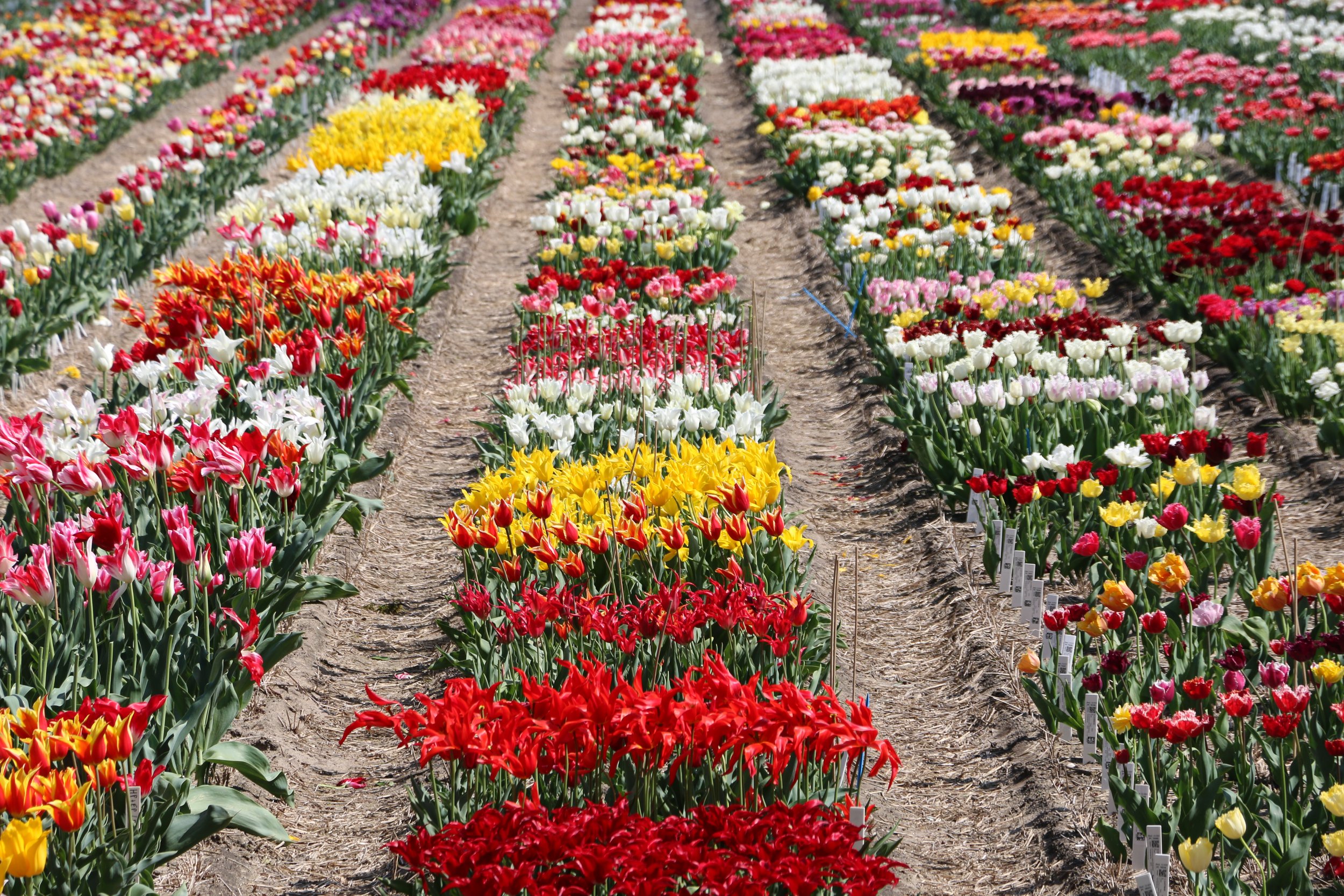
All of the above images were provided by the Tulip Festival of Amsterdam
Imagine waking up to a sea of tulips as far as the eye can see. Sheets of red, yellow and orange stretching out before you only broken up by a windmill or workers harvesting the flowers for markets around the world.
And then, imagine your biggest decision of the day is whether to order the Coq au Vin (chicken in wine) or the Boeuf Bourguignon (beef stew) at your dinner table overlooking the Rhine River as you cruise from Amsterdam to Basel Switzerland.
It’s just another day in the life of a European river cruise.
These are the experiences of a typical European river cruiser visiting The Netherlands and Belgium in spring. Every year thousands of Americans, Canadians, Asians and Europeans board Avalon, Viking, Scenic and other river boats to experience this spring phenomenon along the Rhine River.
Of course, experiencing spring in The Netherlands is just the beginning of an incredible week of touring historical and iconic French and German cities along the Rhine River.
Even outside of the spring touring season and the incredible tulip displays, gardens and floral displays are front and centre along the river cruise routes, with breathtaking container plantings and window boxes. In many towns along the routes, window boxes, hanging baskets and impressive container plantings greet visitors adding incredible beauty to already magical towns.
Tours of the Black Forest in the state of Baden-Württemberg in southwestern Germany, close to the borders with France and Switzerland offers visitors an opportunity to experience a natural woodland in the heart of Europe. The forest earned its name from the Ancient Romans who found it so thick, dark and impenetratable that they named it the Black Forest.
Today, locals and tourists visit the area for its hiking opportunities, as well as a wealth of museums, small towns and villages that are known for their abundance of cuckoo clocks.
Window boxes line many of the smaller canals and gardeners can get plenty of great ideas with the spectacular container plantings along the cobblestone streets and pathways in the quaint commercial areas.
When it comes to gardening on a small scale, it’s tough to beat the artistic touch and attention to detail European gardeners bring to the table.
My wife, daughter and I have booked a river cruise along the Rhine for September. I’d love to experience the spring tulips, but circumstances led us to a September cruise. My research, however, go me thinking how readers of this website might appreciate learning a little more about what garden experiences can be found on a river cruise. During these let’s say difficult times, cruising Europe just might be the perfect escape from the pressures facing Americans and Canadians at home.
One of the highlights of any trip to The Netherlands in spring is the Keukenhof gardens considered to be one of the best garden of The Netherlands. Seven million tulip bulbs on eight acres of incredible beauty from about the middle of March through to the middle of May. For more on seeing the best tulip displays check out this post from Jessica Lynn writes.
Of course, you don’t have to go on a river cruise to experience spectacular spring blooming tulips. In Ottawa Canada, the tulip festival runs from May 9th to the 19th at Commissioners Park. The festival features massive tulip displays, family-friendly activities, and celebrates the flower's beauty and its historic ties to Canada's capital. Click here for more information on the Ottawa tulip festival.
Make it stand out
Whatever it is, the way you tell your story online can make all the difference.
Closer to where I live, The Hamilton/Burlington Royal Botanical Gardens offers incredible spring displays in its sunken rock garden. Many of the images in this post are from the RBG rock garden display. More on the Royal Botanical Gardens, with a focus on their woodland gardens, here.
Many public gardens have incredible spring bulb displays of tulips, daffodils and Hyacinths. They are a great way to welcome spring and get ideas on the best way to use bulbs in our gardens.
In our woodland garden, tulips are almost impossible to grow because of the deer, but we do have a few daffodils in our front garden. Naturalized plantings of tulips and daffodils can work perfectly in a woodland garden setting. Distribute the bulbs in a more natural way, maybe among ferns, to maintain a naturalized look.
You might consider leaving the more formal plantings of your favourite bulbs in the front of your property.
Whether you are planning a river cruise or just a visit to a local public garden, now is the time to begin planning. I suspect most of the cruises will be already sold out for this season, but you may be able to get a deal on a package if you check out one of the many cruise lines.
In any case, experiencing spring bulb displays are an excellent way to welcome spring.
Buy native, buy local and help your favourite Canadian garden centres grow
Growing threats from American president are resulting in Canadians looking to buy Canadian products rather than shop in the United States. Here are suggestions for Canadian gardeners.
American threats to Canada: A growing concern
I have steered away from taking a political stand on this website, but the recent decisions of the American president, his followers and members of the Republican Party have forced me, as a Canadian, to take a stand and take steps to combat these threats from the United States.
I’m sure that the majority of American readers to this website will understand my stance and perhaps sympathize with Canadians who have done nothing to bring on this action from our neighbours.
As a result of Trump’s threats and insulting suggestions to annex Canada and turn it into the 51st state, Canadians have been banding together to “buy only Canadian” products.
Although this website promotes a lot of American-based products to its American readers, this post is aimed at Canadian woodland gardeners looking to promote and buy Canadian Garden products and from Canadian distributors etc.
This is by no means a complete list (I will add to it as I become aware of more outlets etc.) but it is a good starting point for Canadians to make a strong statement and begin spending their money in this country.
Reader Heather Latto adds: I found many suggestions on a simple Google search: “Canadian owned garden centres in Ontario”. Here are a few:
Garden Centres Canada website: https://www.gardencentrescanada.ca/ is a place to start looking for a local garden centre; may still require further enquiries as to whether or not the garden centre is Canadian owned.
Crawford’s Garden Centre, Milton, ON: https://www.crawfords.ca/
Northland Nursery, Millgrove, ON: https://www.northlandnursery.com/
Buy native plants locally
To begin, whether you live in Canada, the United States, Great Britain …, it’s always important to buy local.
In the case of native plants, it is even more important to buy plants, shrubs, trees and seeds locally. So, always look for seeds, plants trees and shrubs that are not only sold through a local nursery, but grown as close to home as possible. This will help to ensure that the plants are adapted to your growing conditions from the lighting conditions and soil, to local temperature fluctuations.
Buying locally could mean purchasing from a favourite nursery that grows its own plants from locally sourced seed.
In my region in southern Ontario, I urge readers to consider a number of smaller growers including Ontario Native Plants, Connon’s Nursery in the Burlington Ontario area, Struyk Farms and Holland Park, Terra Garden Centres and Greenhouses also in the Hamilton-Toronto corridor.
In addition, field2home informs me that they are a Canadian on-line garden centre that ship trees, shrubs and perrennials to the Toronto and Niagara regions of Ontario.
A reader recommends Natural Themes native plant nursery in Frankford, Vesey’s Seeds, Burley Gardens in Ontario’s north, Richter’s Herbs, Terra Ebibles Heirloom Seeds to name just a few.
Lee Valley Tools is a great Canadian tradition
Toronto Star columnist extraordinaire Lorraine Sommerfeld reminded me that Lee Valley tools is a Canadian based company that carries high-end gardening products including tools, bird houses etc. They are also a mail order firm and will ship across Canada for those who are not close to a retail outlet.
In addition to being an outstanding Canadian company, they are incredible employers. Lee Valley President and COO Jason Tasse, talking tariffs’ impact on Canadian retail and manufacturing on CBC recently announced “We will forego profits for the next 1-2 yrs to ensure employees are stable."
If you have never checked out Lee Valley, be sure to visit a local store or check out their on-line store at Lee Valley.
A Western Canada reader says www.selectroses.ca is great for rose selections, although these may be best for the beautiful climates in Canada’s West. Explorer roses are a popular choice for colder climates in Southern and Northern Ontario as well as the prairie provinces.
Don’t overlook Canadian Tire as an excellent source of garden tools, planters, trellises and other garden accoutrements including BBQ’s, garden chairs, fire pits etc. Last year, I also picked up several plants and trees from my local Canadian Tire outlet. Some Canadian Tire franchises also sell native plants as a fund raiser for Naturalist’s Society.
Rona is another large Canadian-based retailer to keep in mind. They have a large nursery attached to most of their stores.
Home Hardware is a Kitchener Ontario based chain of independently owned stores to also consider. Use this link for savings of up to 25 per cent on seasonal tools and other goods.
If you have other suggestions, please feel free to add them to the comments section here and I will try to include them asap.
For our American readers, please understand that although we Canadians can be a mild-mannered and kind group, there is only so far we can be pushed before we take action. That line was crossed by your president, his followers and your weak, cowardly Republican politicians who are refusing to stand up to this president, Elon Musk and others.
Canadians also know what many of you are having to deal with as this man systematically dismantles everything you believe in and have stood proud of in the past. If you support your neighbours, I urge you to take action. Write your politicians, protest -either through actions or by standing up and screaming from your rooftop.
Not only is this president attacking your allies, he is also attacking the environment by cutting environmental protections.
Action is needed.
Support local journalism
Canadian and Americans also need to support local journalism to provide a check on politicians trying to ramrod their views through without sufficient opposition from the public, opposing parties and unbiased journalism from companies like FOX and others.
Canadians need to beware of Canadian media owned by American companies. Post Media newspapers, including The National Post and most western-based media, are owned by Americans and are working hard to promote pro-American politicians both nationally and locally.
I spent almost all of my journalism career working within the Toronto Star network of newspapers. This media chain may not be perfect, but it is the best and least biased Canada has to offer at this time.
If you want to stay in touch with the latest news, consider subscribing to The Star, in paper form or via the web. American readers might like to hear the other side of the story written by some of the finest journalists Canada can offer.
Garden show inspiration combines nature and fantasy
Garden inspiration can be found in many places but I would not have expected to find it in a fantasy garden show at my local botanical garden. But that’s what happened at this incredible garden display.
Injecting a little theatre into your natural garden
I had no great expectations when I stepped into the main doors of our local botanical gardens’ latest flower show entitled “Alice in Bloomland.”
Afterall, I was there to photograph some decent flower images in the middle of a long, cold Canadian winter. After tracking coyotes and owls the previous week, I needed some ready-made subjects that were not hiding out, weary of a photographer, and just plain difficult to find.
“I started out trying to keep the images looking all very natural, but within minutes I realized the beauty of the show was its ability to transform nature into an incredible fantasy stage set that was simply mind blowing.”
Welcome to the show
Here, the use of well-positioned garden art adds colour to an otherwise green-textured ground cover. Imagine adding colourful art pieces like these mushrooms to a quiet area of your garden.
I couldn’t ask for a better situation than flowers out on display, even if they were a little staged. I figured I could work around that and keep it as natural as possible, while maybe even getting a little garden inspiration at the same time.
Boy was I wrong.
I’m convinced Lewis Carroll, author of Alice’s Adventures in Wonderland, would be impressed if he could witness this incredible fantasy garden display.
It’s as fantastical for adults as it is for children, as inspirational for gardeners as it is exciting for photographers. As a gardener with a passion for capturing photographic images, it was almost a dream come true.
I started out trying to keep the images looking all very natural, but within minutes I realized the beauty of the show was its ability to transform nature into an incredible fantasy stage set that was simply mind blowing.
Three take aways from exploring this theatrical show
Use colour boldly through the use of flowers and garden art
Use mirrors to emphasize and reflect already splashes of colour
Incorporate natural materials like moss, ground covers and flowers in theatrical-style installations.
The beauty of a single orchid
A single orchid stands out from the thousands that took centre stage in the garden show.
The sheer number of orchids blooming everywhere you looked was inspiration enough, but the extensive use of moss and other natural elements combining with the flowers and Alice in Wonderland garden art, took the display to a whole other level.
Lessons learned from theatrical garden show
But what could a gardener – let alone a woodland gardener – take from all this?
In a word, plenty.
A massive moss-covered table decorated with an array of flowers softening the accoutrements of a formal table setting provided enough inspiration in itself to dream of what could be done in our own gardens. A similar display on our gardens – toned down a little of course, but not so much to take away the theatrical presence of the display would be a wonderful addition.
A door into the garden
Colourful doors add more excitement to an already incredible theatrical stage set in the garden.
Alice herself even showed up for a few photographs in the garden.
This was garden art taken to extremes. Toned down, a smaller version of the moss-covered table could easily stand in for a boring, old, underused table in the back garden. A glue gun, a variety of mosses, a good helping of annuals, succulents and some well thought out thrift finds could transform a little-used corner of the garden into a favourite sitting spot.
Looking for great gardening products that are made especially for the serious gardener, be sure to check out Gardeners supply? They offer a huge array of garden products.
Either a secret spot in a corner of the garden or, even better, imagine incorporating some of these ideas for your next garden party? Wouldn’t that be fun?
Painting the town red
Using the red extraction filter on the Fujifilm X10 creates the illusion of a youngster painting the town red.
And if a moss-covered table setting is not your “cup of tea” you could always use the naturalized table setting as a place to feed birds, chipmunks and other backyard critters.
Imagine capturing images of your favourite chipmunk sitting down for lunch at your moss-covered table setting with all the trimmings.
Of course, the fantasy table setting was just a small part of the entire display.
In another area of the display, mirrors added depth to the garden, and a vignette focussed on using oversized chess pieces as garden art.
Garden shows, like this one, offer a wealth of ideas for gardeners looking to create a special place in their landscape. The images I collected are too numerous to include in this post, but I have created a gallery of images you should check out to get a more complete picture of what this show and others like them can offer gardeners. To check out my gallery of images click here.
In another area, the queen and king took their positions on stately thrones festooned with an incredible wall of roses. Not far off, children “painted the town red.”
For the Photographers
It’s easy to walk into a display like this and instantly get overwhelmed by colour and the intricate detail captured by the garden designers. Not unlike walking into a forest, it’s always a good idea to walk around and explore the area to get a better feel for the entire display.
If you want to see more images from the Alice in Bloomland garden show, check out my photo gallery here.
I chose to keep my approach simple and stick to my Fujifilm X10 – an enthusiast point-and-shoot camera that was first introduced in 2011. Despite its age, it remains a very capable camera with features that allow it to be the perfect walk-about camera complete with its 28-112mm equivalent lens with close-up capabilities.
For more on the Fujifilm X10 – fast becoming one of the cult cameras in the Fuji lineup, check out my review here and my Photogallery of images taken with the camera here.
It turned out to be all I needed for my first visit and allowed me to capture a comprehensive overview of the display. I returned the next day to capture more detailed images of the show.
Exploring Fujifilm’s extraction filter
The creative approach in the garden inspired me to experiment with Fujifilm’s in-camera filters, and choosing the red extraction filter proved to be an ideal choice to emphasize a garden design feature. (Many camera manufacturers offer colour extraction filters but they are often buried in the camera’s menu systems.)
Taking advantage of a design feature by using an in-camera filter to pull out the reds in this image adds to the fun of shooting in this type of environment.
Time to focus on details
Small details are worth photographing so that you can incorporate many of the ideas in your own garden.
By using the red extraction filter, I was able to simplify a group of mannequins “painting the town red.” The extraction filter, which creates a B&W image that only allows the colour red to show through, helps focus attention on the design by eliminating distractions such as green leaves and other colours in the scene.
If you are looking to purchase a high quality used camera or lens, be sure to check out the offerings at KEH Camera Exchange.
Imagine using the different coloured filters in your garden photography focusing on extracting the colour blue or yellow in your native flowers.
In a show with this much attention to detail, look for garden ideas that might work in your own garden.
Thrifty ideas
Consider using everyday household items as garden art.
One of the details that caught my attention and one that could easily be incorporated in any woodland or natural garden design, is a vintage clock surrounded by a flowering vine.
These little details are features to always keep your eye on while visiting public gardens, but especially when garden designers are brought in to create a fantastical theatrical displays that you are unlikely to see in a typical garden.
Happy shooting.
Capturing images of beautiful gardens and streetscapes is always exciting. European villages offer some of the prettiest streetscapes imaginable, complete with extravagant hanging baskets, window boxes and containers. If you have never considered a river cruise, check out Avalon River Cruises for your next vacation. Click on the link above, or here, for more information.
Native plants: A winter reminder of their importance in our wildlife garden
The importance of growing native plants including wild grasses has been brought home to me on a daily basis by, of all things, a couple of wild male turkeys. Check out the full story here.
A wild turkey eyes what is remaining of our Northern Sea Oat seeds growing in our garden. The two young males visit the Sea oats on a daily basis, stripping the seeds which in themselves are elegant additions to the fall garden. (See image below)
Wild turkeys teach us a lesson or two about native plants and garden cleanup
Every day I’m reminded of the importance of planting native plants in our garden. It’s easy to see the importance in spring, summer and fall when the pollinators are buzzing around the coneflowers and the hummingbirds are working the cardinal flowers on an hourly basis.
But, it’s in the dead of winter that I’m being reminded every day of how much wildlife depends on native plants in our woodland garden. You would be forgiven if you thought the goldfinches feasting on the Black Eyed Susan seeds was the reminder.
But that’s not it.
Every day for the past few months it has been our two male wild turkeys that remind me of the importance of growing native grasses, plants, shrubs and trees.
The two male Wild Turkeys that have taken up residence in our backyard are also the perfect illustration of why we should leave fall garden cleanup until spring – especially when it comes to cutting down native grasses.
You don’t need to plant Northern Sea Oats in your garden to attract wild turkeys or other birds and wildlife. Plant it because it is a beautiful and elegant addition to any garden. Consider the wildlife as just an added bonus.
Turns out that wild turkeys – at least the ones in our yard – are big fans of Northern Sea Oats grasses. Not a day goes by that I don’t see our wild turkeys eating the seeds of the Northern Sea Oats. In fact, the other day one of the gobblers was laying down among the sea oats while his buddy stripped the seeds off the plants.
For more on the importance of native plants, be sure to check out my earlier posts:
Bringing Nature Home, How you can sustain wildlife with Native Plants by Doug Tallamy. This is a review of his outstanding book that has changed the way so many of us garden.
Why we should be using native plants in our gardens. and why they are critical to our future
A Garden Revolution: Ecological gardening is way of the future
I’m convinced that without the sea oat grasses, our friendly wild turkeys would be long gone rather than winter residents in the garden. They spend most of their day hidden up in a more wild corner of the yard, coming out several times a day to snack on the native grass and, of course, take advantage of the feed I spread out for them under the bird feeders.
I looked out one cold day to find the two wild turkeys enjoying themselves in the Northern Sea Oats. One laying down eating the seeds, the other standing so he could reach the higher seed heads. Consider growing this lovely native grass and be sure to leave it standing all winter. You might just be surprised about who is using it.
Of course the wild turkeys are not the only wildlife either living in or regularly visiting the garden and the native plants in it.
Earlier today I watched as two Juncos fed on more native wildflower seeds in a corner of the yard.
There are so many examples of wildlife using native plants in our garden. The images below are just a small sampling of the birds, animals and insects that depend on native plants in the garden.
Juncos, several species of woodpeckers, cardinals, jays, chickadees and nuthatches join rabbits, fox, deer, raccoons, possums and a host of insects, amphibians and reptiles that call our garden home. While not all depend directly on the native plants in the garden, it’s probably safe to say that they all benefit in some way from the native plants in the garden.
Acorns from the oak trees feed the wildlife, along with the berries from the serviceberries and dogwoods on the property. Viburnum, wild grape, Virginia creeper… the list goes on. Without host plants we would not have caterpillars and therefore parent birds would have nothing to feed their young.
It’s a never ending cycle of dependency that we cannot ignore in our gardens. I’m not one to say that every plant in our gardens has to be native, but if we all make an attempt to plant as many native plants as possible in our gardens and ensure that any non-natives are not harmful to our environment, we will be on the road to helping our local wildlife survive today and into the future.
Wild Ginger: Native ground cover for your shade garden
Wild Ginger is a native ground cover that just might make a great replacement for your hosta plants.
Natural replacement for small hostas
This image of Wild Ginger shows off the native plant’s flower beautifully. The small reddish-maroon flower is normally difficult to see because it grows under the leaves and emerges for a short time in spring.
Canada Wild Ginger (Asarum canadense L.) has been described as an ideal replacement for hosta in the native garden, and I couldn’t be happier.
I mean, who isn’t up for a native plant to replace the ubiquitous hostas that have become a mainstay in every suburban garden? I know that I am ready for a change.
Don’t get me wrong, I love a beautiful hosta but so do deer, slugs and a host of other backyard wildlife.
What makes this low-growing ground cover so special is the fact the plants contain a type of acid that ensures deer, rabbits or any other hungry critter that enjoys filling up on our garden plants, have absolutely no desire to sample these plants.
That’s a win-win in my books.
Wild Ginger, also known as “little jug” is a good, low groundcover for eastern woodlands and shaded landscapes. It is considered a new-world native plant and the genus is well distributed around the northern hemisphere.
Before you ask, “Where have you been? Wild Ginger has been around for a long time as a garden plant.” Let me just say that I’ve been a fan of the plant for decades but for some reason have never planted it in the garden.
The above picture, for example, was taken more than thirty years ago in a nearby forest. For whatever reason, I just never got around to planting wild ginger until last season when I picked up three plants at a local horticultural society plant sale.
I’m looking forward to buying more at this year’s sale and spreading what I already have around the garden. The plant is more than capable of spreading all by itself and will quickly colonize an area through underground runners. It can also be easily multiplied through rhizome division in spring or early summer.
Propogation of Wild Ginger is by root division, seeds or even softwood cuttings.
Like most effective ground covers, Wild Ginger is very good at choking out weeds that try to invade its space.
For wildlife gardeners, native wild ginger is attractive to some butterflies but, most important, is a larval host for the Pipeline Swallowtail butterfly.
Like most woodland plants, a mulch of leaves in spring and fall is beneficial and always a wise choice.
A little about our native wild ginger ground cover
First, it’s important to make it clear that this is not a member of the ginger family (Zingiber officiale) that we love to eat. In fact, although wild ginger does have a ginger smell to it, wild ginger can be dangerous to eat. Although it has been used as a medicinal herb in the past, more recent studies suggest that the plant contains carcinogenic properties that makes it better left to simply leave it in the garden rather than use it in any dish.
Wild Ginger grows to about 6-inches tall (15 cm) with a corresponding spread of about 6-inches (15 cm) in diameter making it a great choice for those gardeners who are looking for a low-growing, tidy ground cover. Wild ginger sports two heart- or kidney-shaped leaves that stay on the plant throughout the season.
It is native to Quebec and New Brunswick through to Ontario and Minnesota and south to Florida and Louisiana. It happily grows throughout Eastern North America from zones 3 to 7.
Its range means it can be found throughout the U.S. in AL , AR , CT , DC , DE , GA , IA , IL , IN , KS , KY , LA , MA , MD , ME , MI , MN , MO , MS , NC , ND , NH , NJ , NY , OH , OK , PA , RI , SC , SD , TN , VA , VT , WI , WV). In Canada you’ll find it growing from Manitoba to Quebec and throughout Southwestern Ontario.
A dark reddish-purple flower grows beneath the two leaves that make up a single plant and remains on the plant for a short period of time in spring. You can expect a bloom to appear from April, May and even into June depending on your location.
These plants can and will self pollinate but are also pollinated by ground-dwelling insects such as beetles, ants and small flying insects.
Once the flower is spent, ants go to work gathering the seeds. They then take the seeds to their underground burrows where they provide food for the colony. In return, the ants provide an efficient form of seed distribution. Don’t be surprised to find plants sprouting up in other areas of the garden thanks to your local ant population.
Wild Ginger is best grown in shade to part shade in moist, acidic soils (pH of between 6-7). These plants do well in morning sun in cooler climates provided they get afternoon shade. It will get baked out if it gets sun all day long.
Botanists argue that there are actually two subspecies of Asarum canadense (wild ginger): Asarum Refexum, and Asarum Acuminatum. The differences can be identified by differences in the length of the calyx lobes of the flower and the amount of fine hairs on the plant’s petioles (stalks). Most, however, are simply lumped together as Asarum Canadense.
There is also an Asian species with a shinier leaf as well as a European species of wild ginger. Canada wild ginger has softer, mid-green coloured leaves that keep its colour all summer long.
How to grow and care for native Hepatica in your woodland garden
Adding Hepatica to your woodland garden is the perfect way to kick your spring garden into action early.
These woodland flowers are among the first to bloom in spring
Hepatica was always my favourite early-blooming wildflower to photograph in the spring woods around our home.
On most early spring photo excursions it was the only wildflower to grace the woodland floor – certainly the most delicate and the one that had the most potential for a lovely photograph. While other spring wildflowers were still in winter dormancy, these spunky little blue, white, purple and pinkish flowers – actually part of the buttercup family – were already up and blooming providing a source of much needed pollen for native bees and other pollinators.
Even if you’re not interested in photographing Hepaticas, experiencing them in your garden each spring is one of the great joys of woodland gardening.
Unfortunately great images of these small flowers can be difficult to capture in the messy spring woodland.
So, why not plant these native beauties in our own garden so we can better admire them, and maybe grab some nice images of them in the best light?
And, don’t be surprised if your hepaticas begin to reproduce in your garden through self-seeding.
On the University of Wisconsin - Madison website, Susan Mahr writes about where to find Hepatica in the wild and how to create those conditions in our garden: “In the wild, Hepatica is usually found in high-quality, open woodlands with many native trees and herbaceous plants and few or no invasive species such as garlic mustard or buckthorn.”
She writes that this low-maintenance plant is best grown in places where it can remain undisturbed for several years. However, she is quick to explain that: “Hepatica are easily transplanted and plants can be rescued from construction sites.” She adds that they should never be dug from intact woodland settings.
For more on why native plants should not be taken from the wild, please see my earlier post here.
Ms. Mahr writes: “While not typically thought of as a garden plant, Hepatica can be readily grown in rich soils in shady sites. It looks best placed in clumps of two or three or scattered about under trees with other native woodland plants including bleeding hearts (Dicentra spp.), wild geranium (Geranium maculatum), Dutchman’s breeches (Dicentra cucullaria), trilliums, woodland phlox (Phlox divaricata), and many others..”
Secret to their success
The secret to Hepatica’s early arrival is because they are a spring geophyte. All this means is that these plants have underground renewal buds which are ready to sprout immediately after the cold season gives way to spring and enough light makes it to the woodland soil through the still-bare trees. The plants’ leaves remain active throughout the winter months, conducting photosynthesis and gathering energy when it is sunny and safe to do so. The old leaves stick around until the plant starts to bloom and create new leaves to carry on its winter-surviving legacy.
The simple beauty of our native wildflowers
Hepatica growing in a woodland setting. Notice the delicate flowers and fine hairs on the leaves and stems.
When Hepatica blooms?
The Sharp-lobed Hepatica, (Hepatica acutiloba) also known as Liverwort and Liverleaf is a native woodland plant that blooms throughout April to May. The flowers are easy to spot on the woodland floor as their hairy, leafless shoots emerge in colourful clusters that add splashes of white, pink, purple, or bluish colours to the forest floor. There is also a variety called the Round-Lobed Hepatica.
Hepatica flowers actually have no petals. Instead, the colourful petal-like objects are actually sepals that frame the flower and sit on top of three green, pointed-tipped bracts. The leaves of Hepatica are also easy to identify with their mottled green colour and three deep lobes that have pointed tips resembling the shape of a liver, hence the common name Liverwort and Liverleaf.
Where are Hepatica found?
This plant can be found throughout southeastern United States and up through Ontario, Manitoba and into parts of Quebec. They are often found growing in open deciduous woodlands with a good woodland soil.
Being part of the Buttercup family, the plant has mildly toxic leaves saving it from being eaten by animals and insects looking for greenery in winter and early spring. Fine hairs along its stems, bracts, and leaves, add to its unappetizing appearance, especially in spring when they are preparing to bloom and their is little else around for deer and other grazing animals and insects.
An extreme closeup of a Hepatica shows their yellow anthers atop the stamens.
There was a time when hepaticas were difficult to find in local nurseries, but the move toward more native plants has made these spring-blooming herbaceous perennials much easier to track down at better nurseries.
Hepatica grows to about 12-inches high and are hardy in zones 8 through to about zone 4a.
The ½- to 1-inch-wide flowers have a number of oblong white, pink, lavender, purple or bluish sepals (no petals!) surrounding numerous central stamens tipped with yellowish anthers.
Imagine small clumps of these
delicate
flowers in your woodland garden
Clumps of these delicate native wildflowers spread throughout your woodland garden can be a magical experience each spring.
Hepatica can be important early food sources for many pollinators, including butterflies, bees, flies and beetles that visit the flowers during the month-long bloom period.
One important note for photographers who are looking to get an early morning photo session in on these flowers, or for those hoping to catch them in beautiful overcast skies. Chances are you will not be very successful. Hepatica flowers actually close at night as well as on cloudy days. They often don’t open up until later in the morning or early afternoon when the sun in out in full force.
Hepaticas time their bloom during warm sunny periods when pollinators are more likely to be out and about.
Hepatica also have the ability to self-pollinate.
By early summer oblong fruits appear on the plants. These are also covered with silky hairs and are a favorite food source of chipmunks and other rodents.
The seeds, which have a small, fleshy appendage called an elaisome, are dispersed by ants, that take them back to their nests to consume the fat-rich elaisomes and discard the seeds which then germinate far from the mother plant.
Other varieties of Hepatica
Hepatica nobilis occurs in eastern North America, Europe, and Japan. Variety obtusa and var. acuta occur in North America, var. nobilis and pyrenaica in Europe and var. asiatica, var. japonica and var. pubescens in Japan. In addition, several other hepatica species occur in Europe and the Far East.
Sometimes the two North American varieties are considered to be species in their own rite. The synonym for var. obtusa is Hepatica Americana, and for var. acuta is Hepatica acutiloba. They are very similar in appearance except that the lobes on the leaves of var. obtusa are blunt and those on var. acuta come to a point. Hepatica nobilis var. obtusa is often found on more acid soils while var. acuta is most common on calcareous soils.
Hepatica nobilis also occurs in Europe from England across Scandinavia thru the Baltic States, east to Ukraine, and south to Italy and Spain.
Propagation
Propagation Material: Hepatica propagation is by both clump division, and by growing seeds. Seeds, which are commercially available, can be collected from mid to late May in most northern climates and should be planted outside soon after collection.
Seeds can also be hard to collect and require cold treatment, so consider fall division as an alternate propagation plan. Clumps can be slow to increase so ensure that when you are dividing a clump, to leave 2-3 buds in each division.





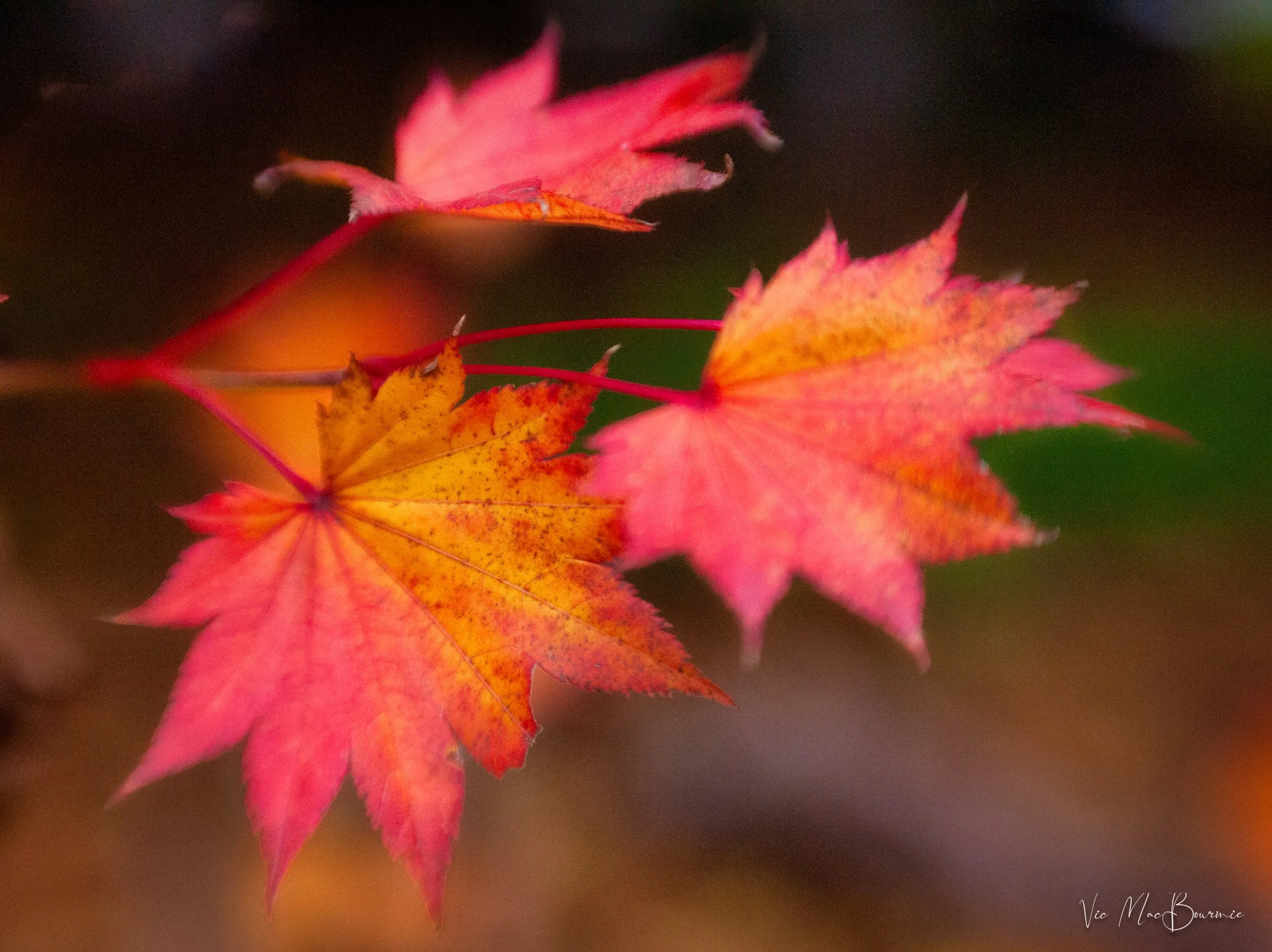






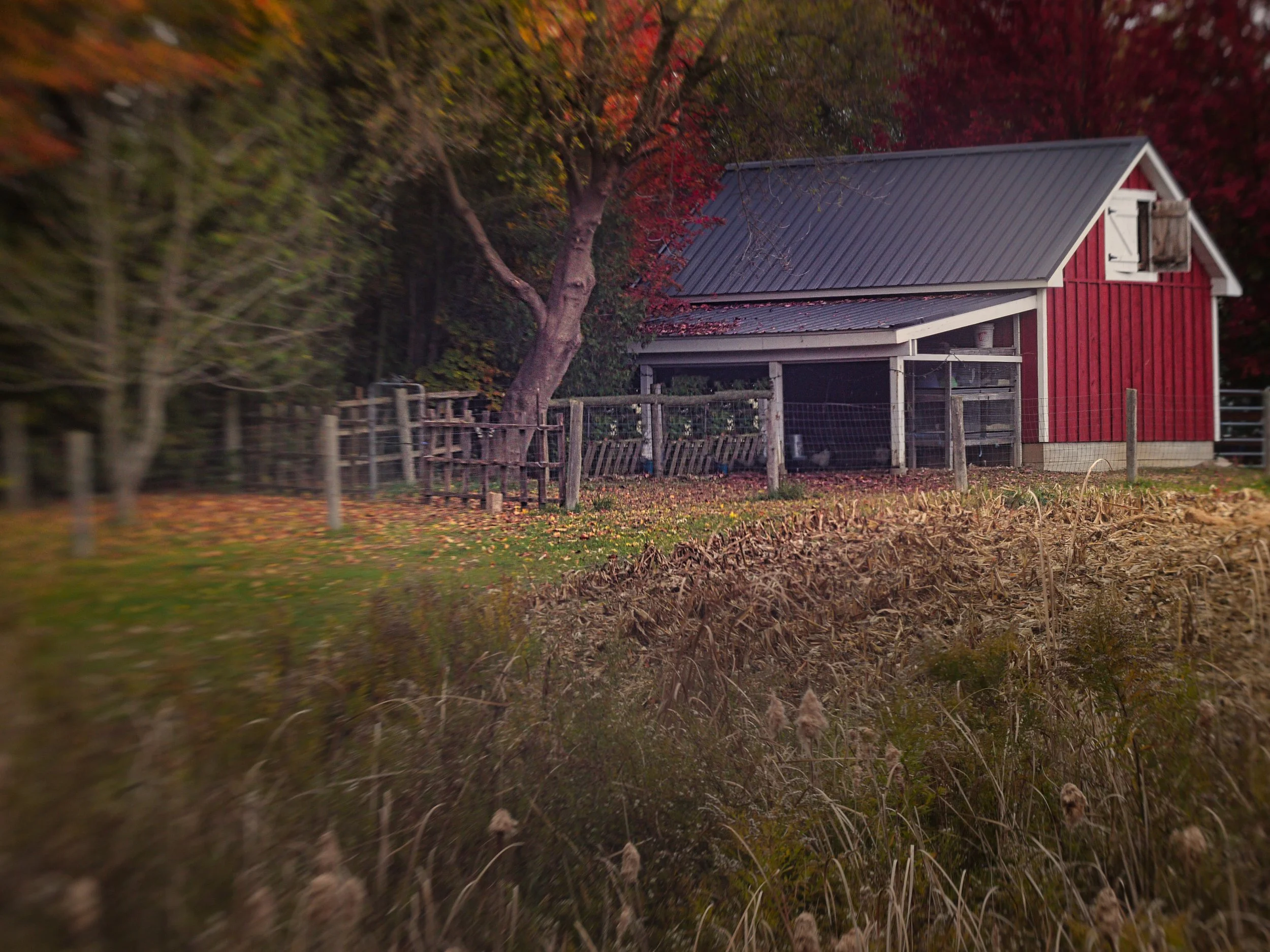




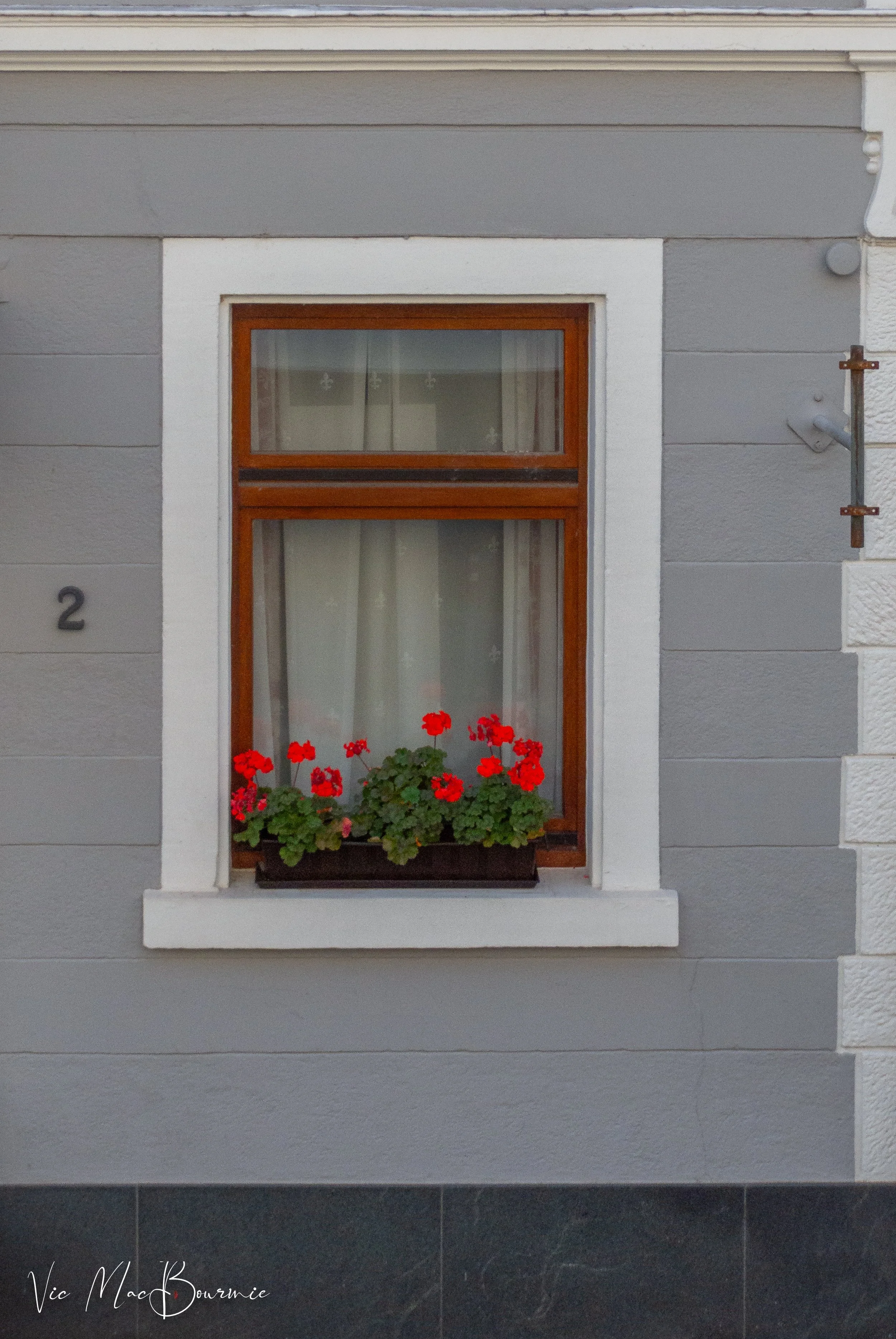

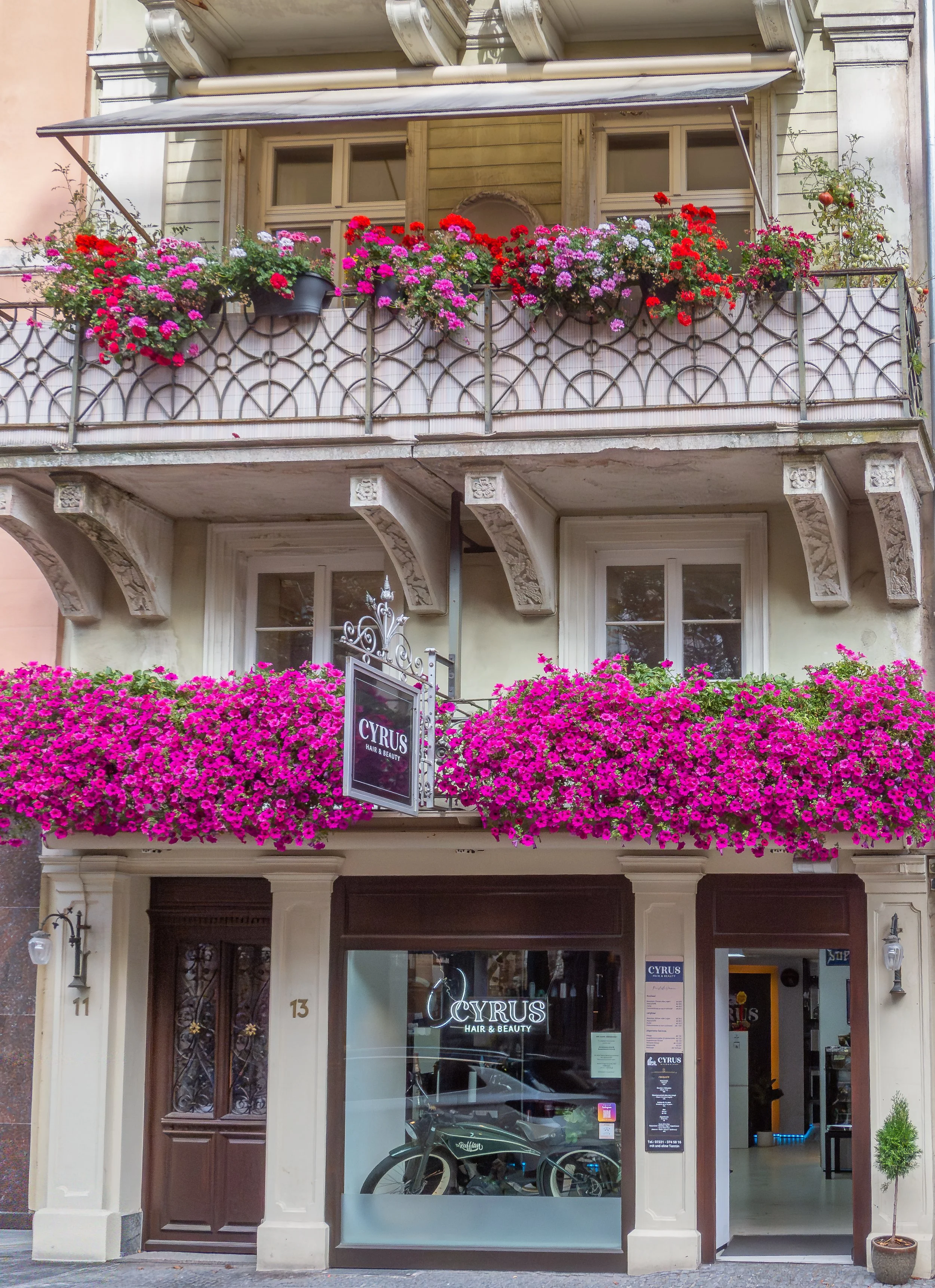




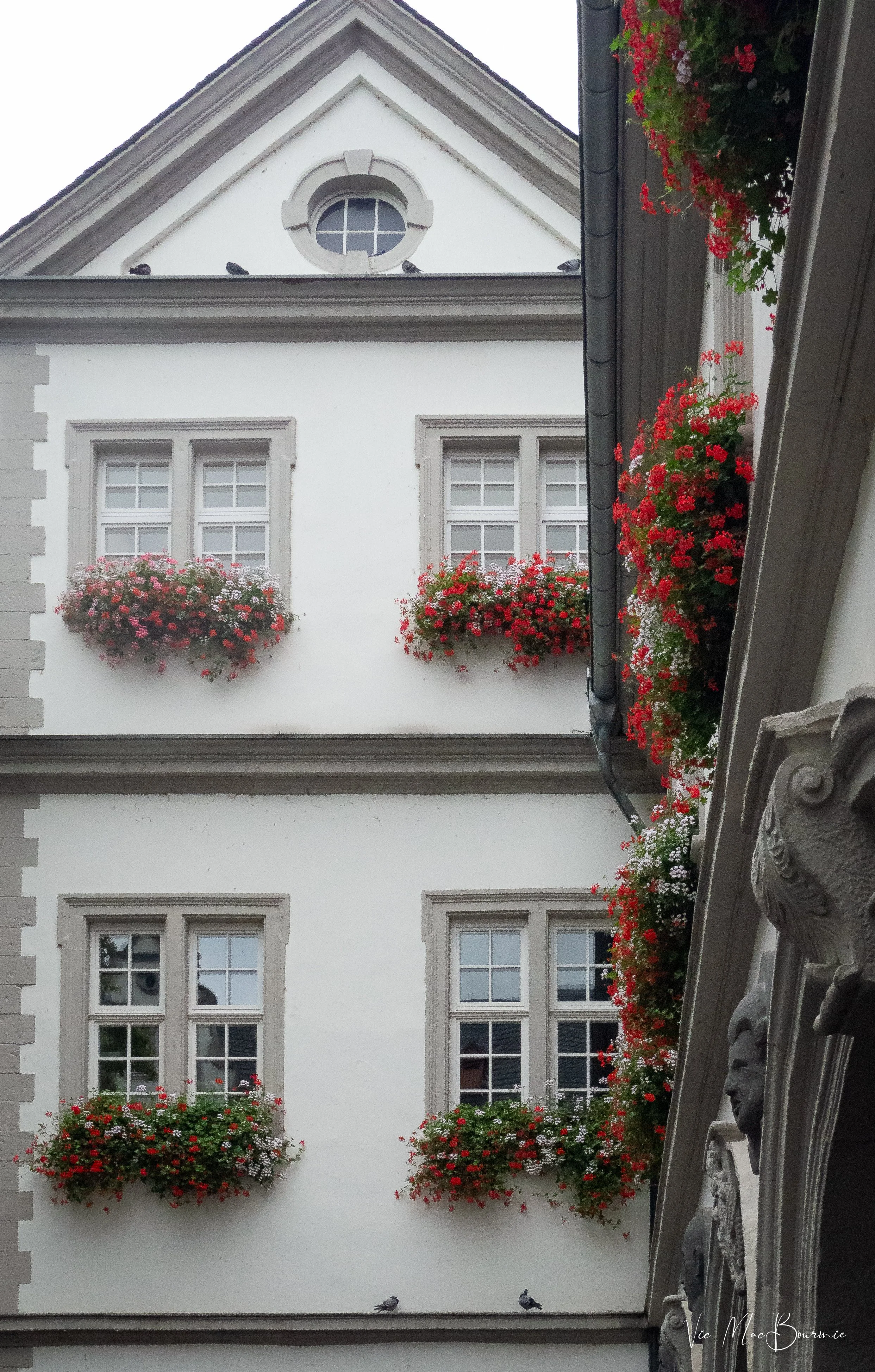

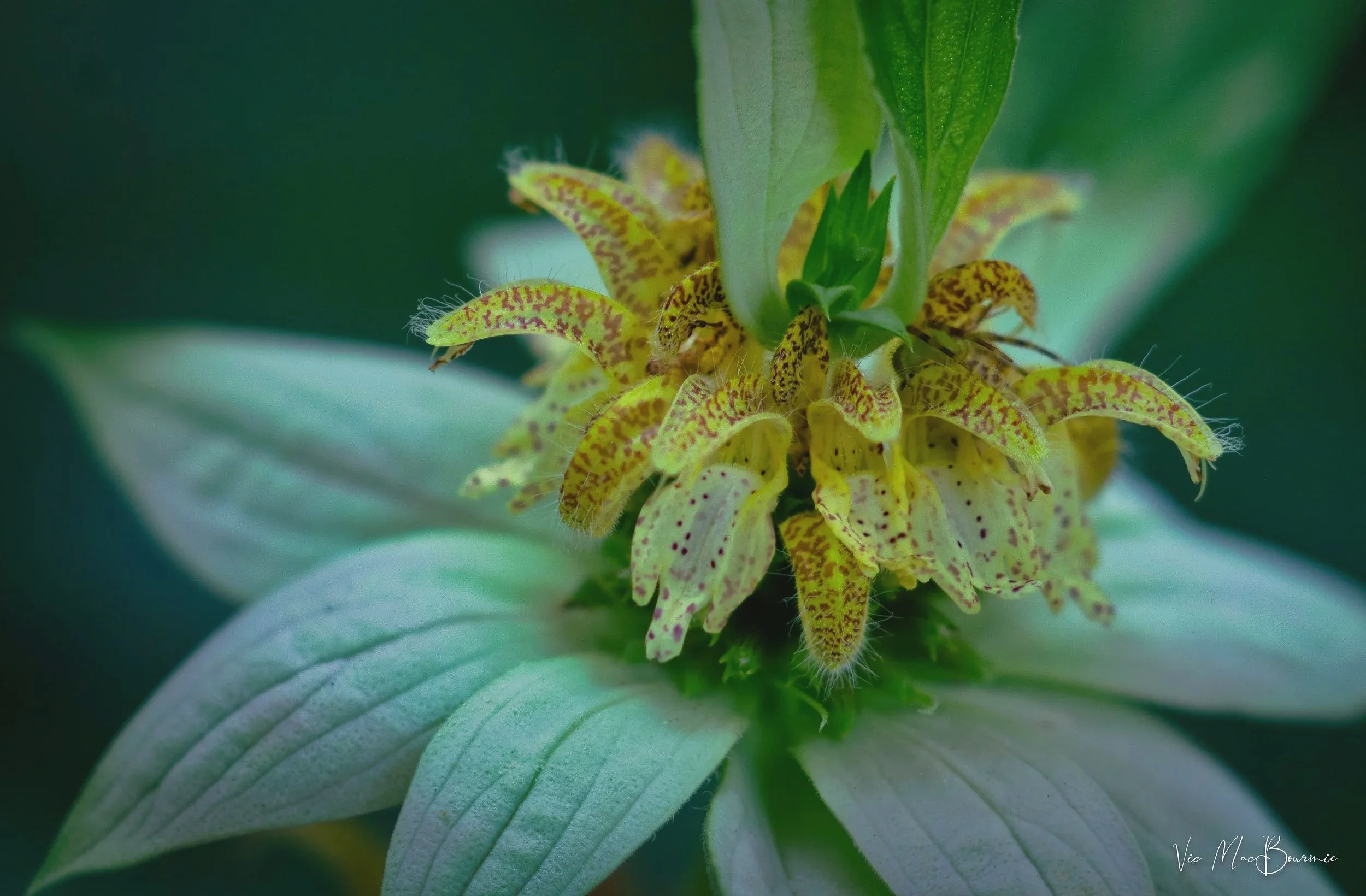
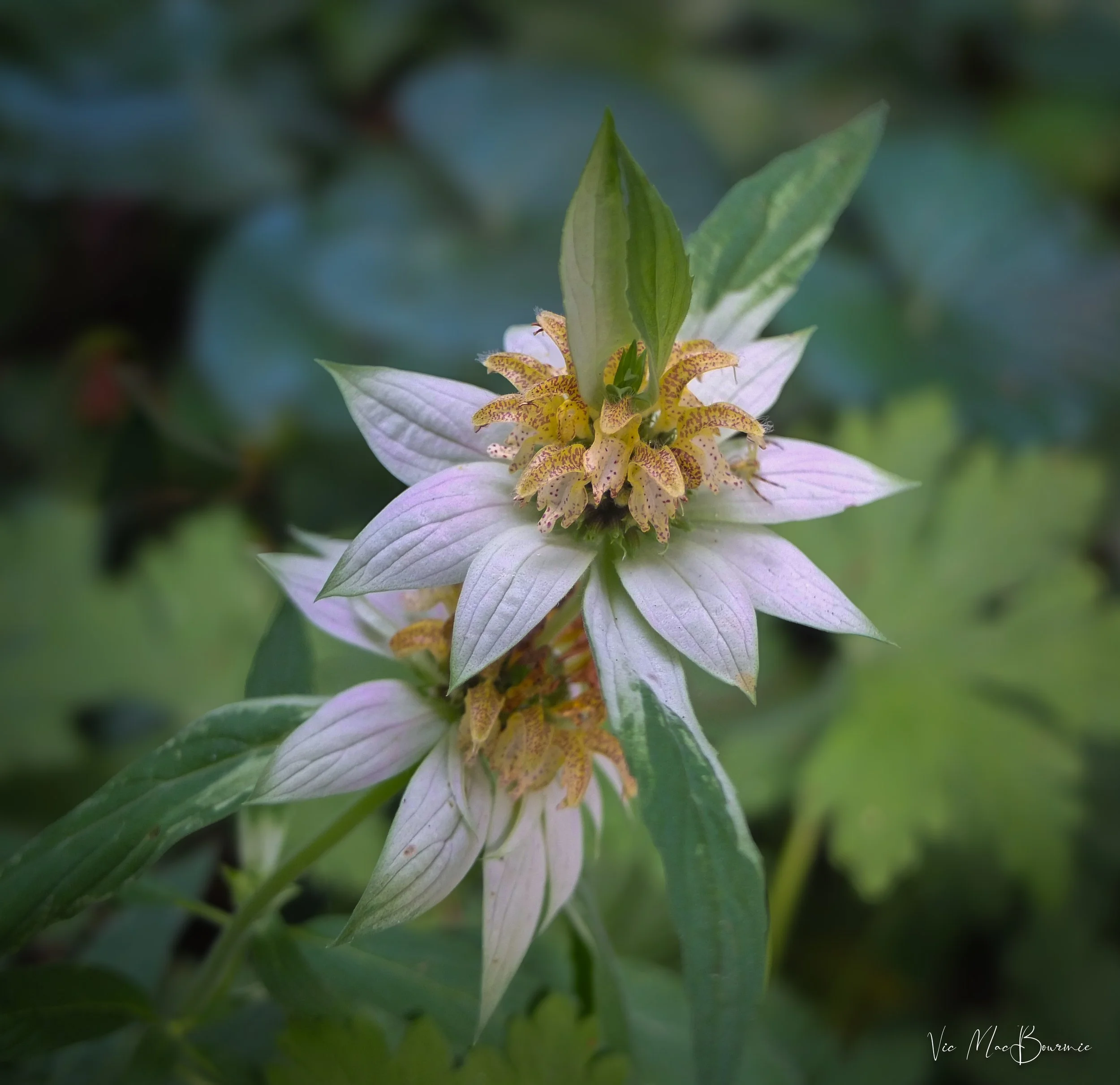









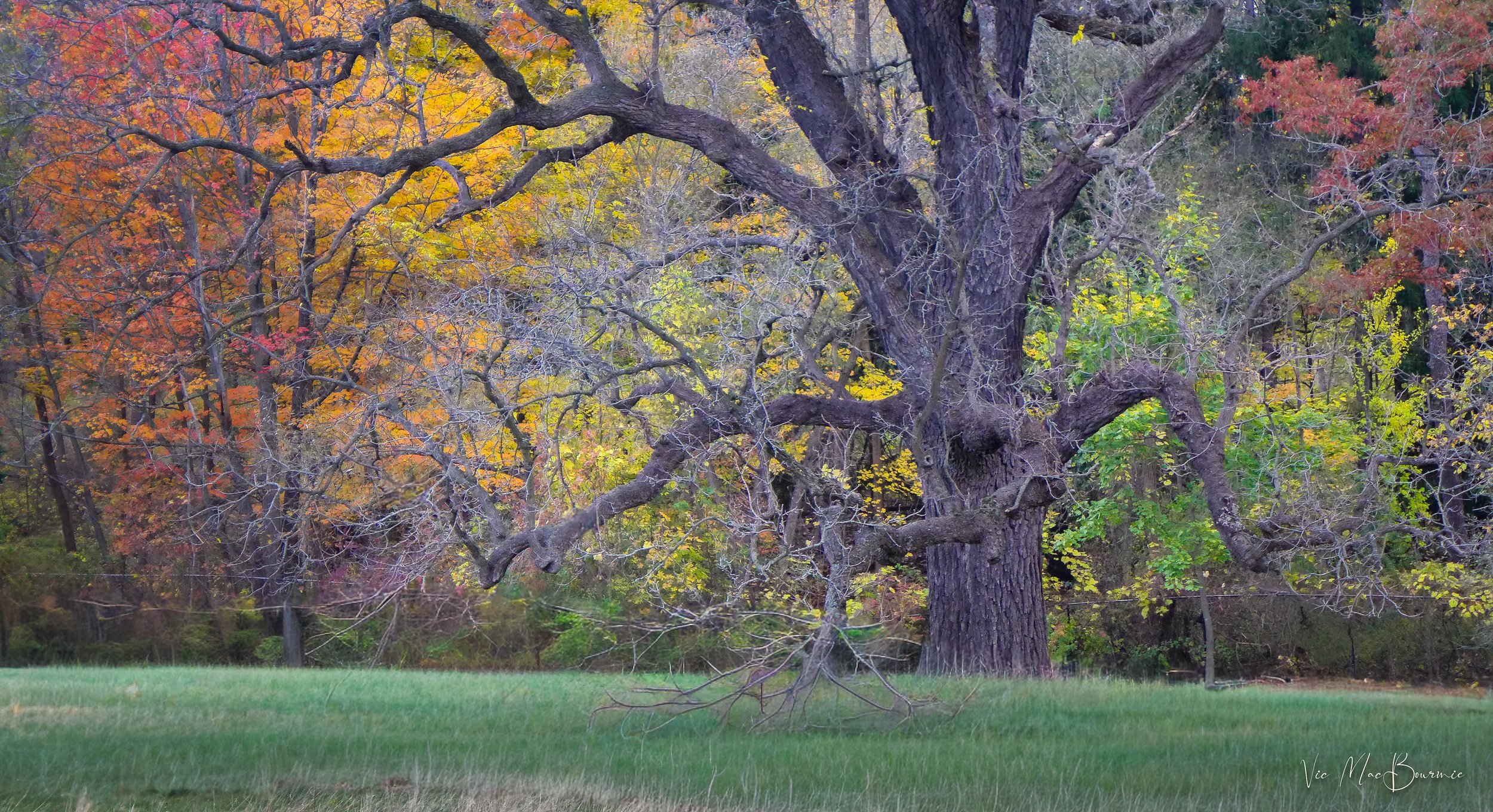






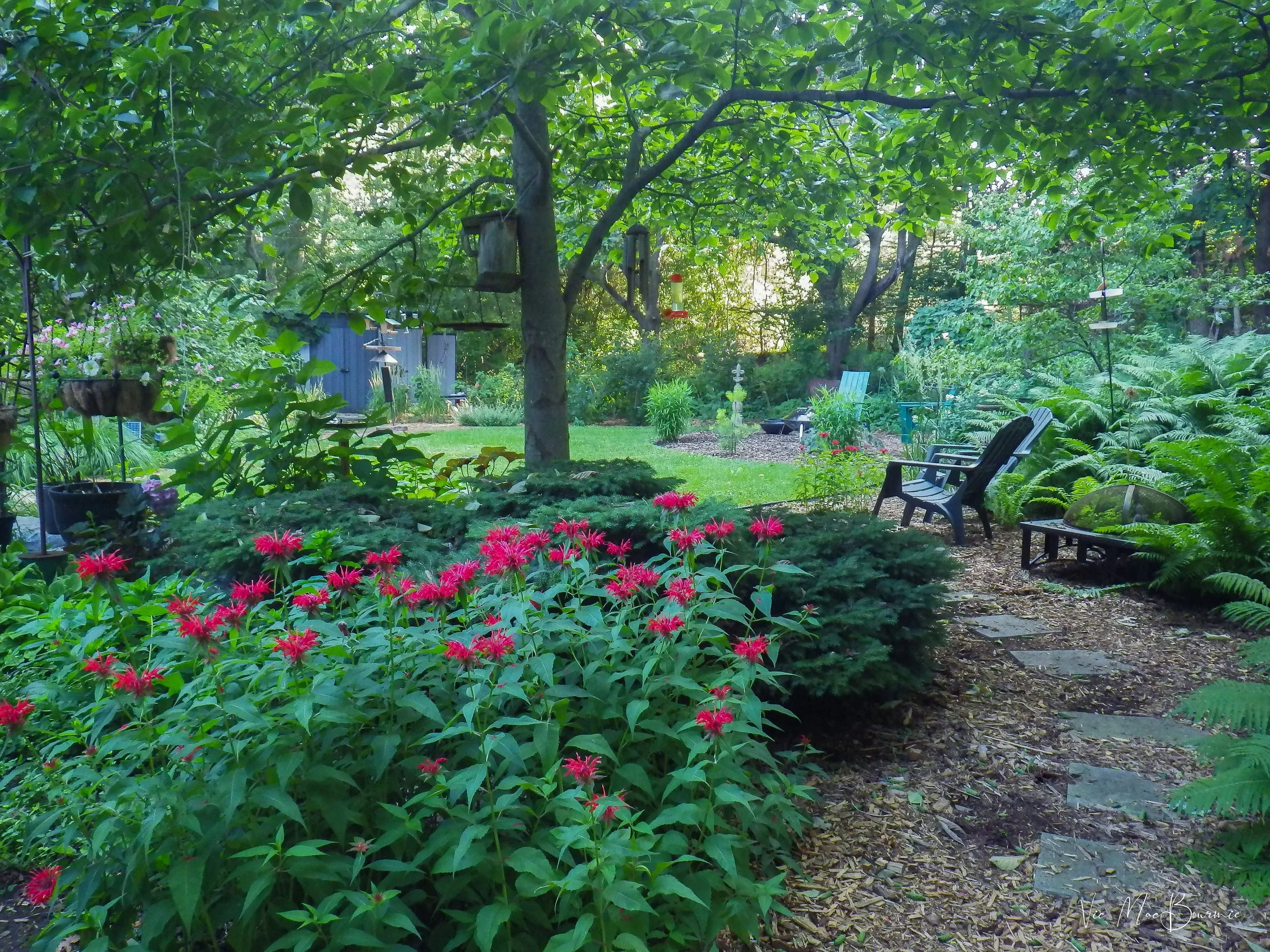
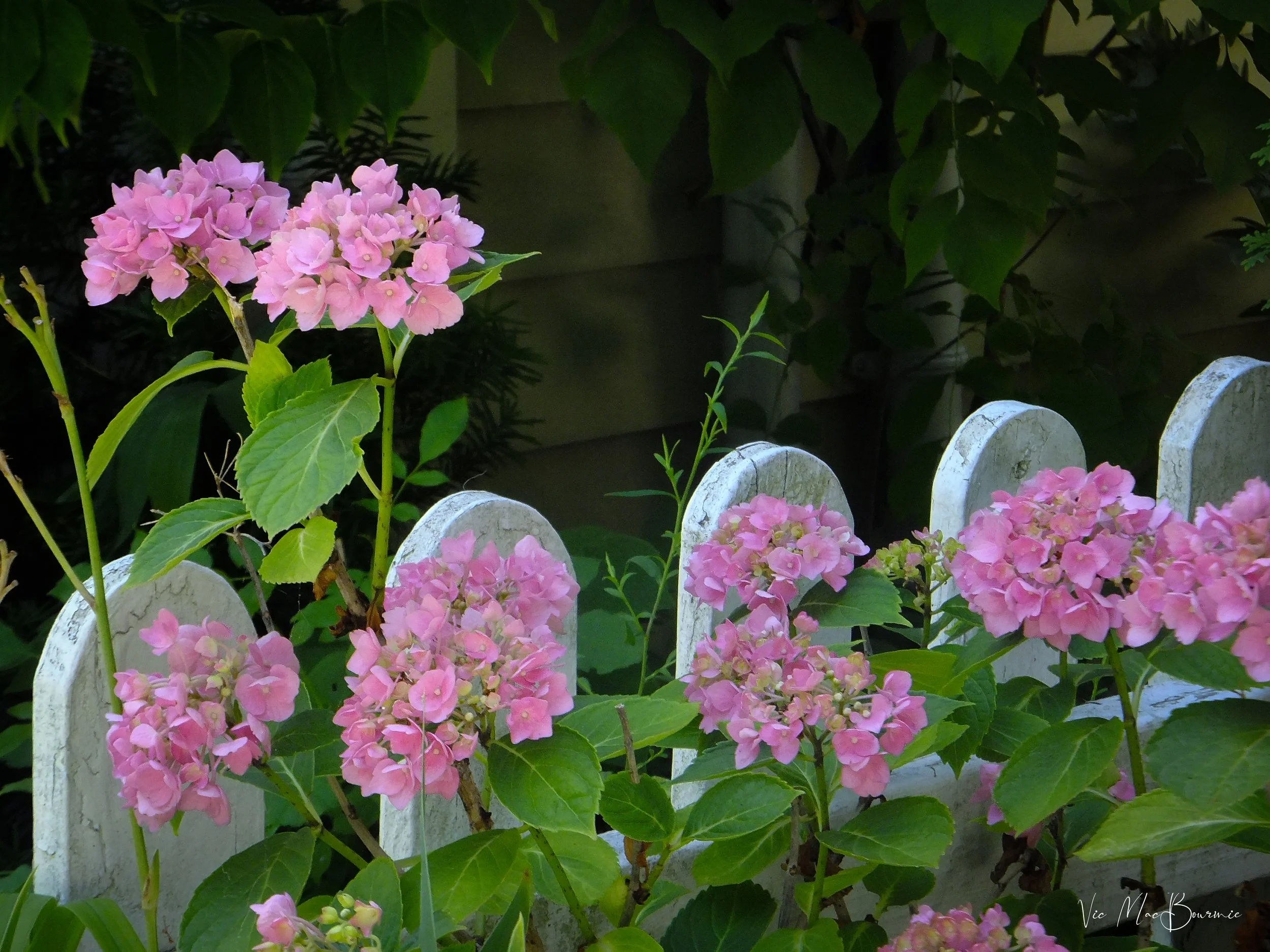


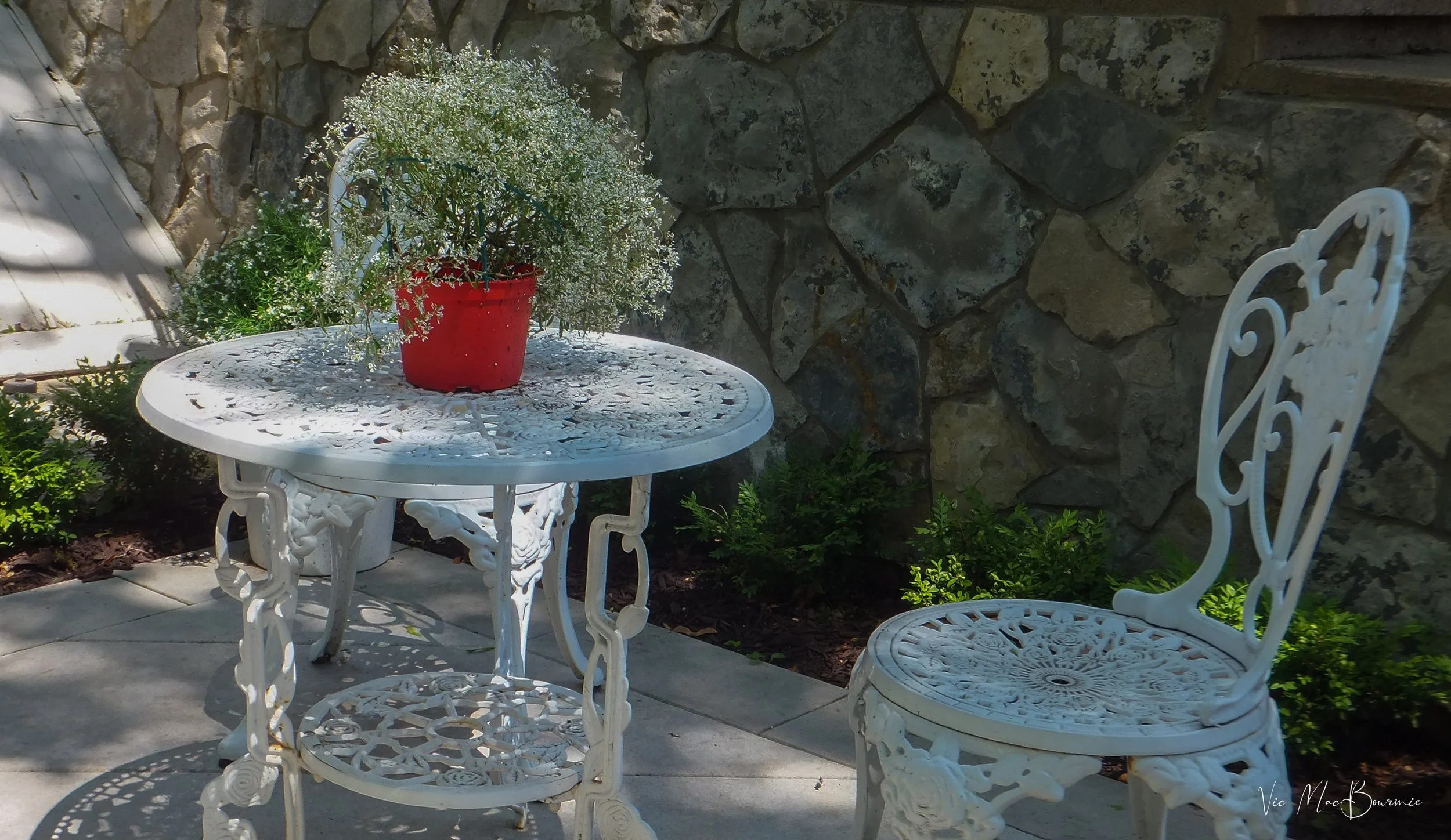
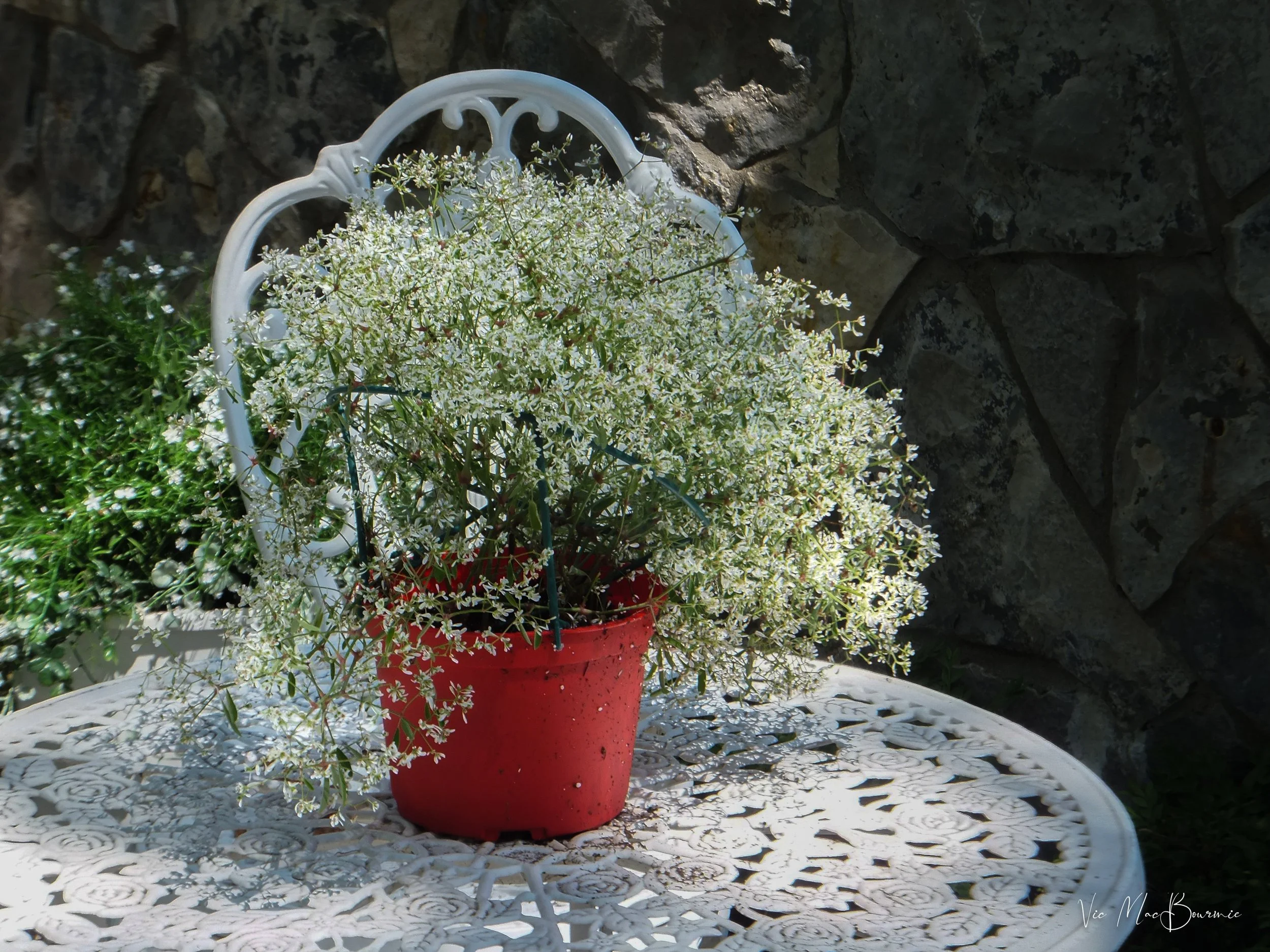
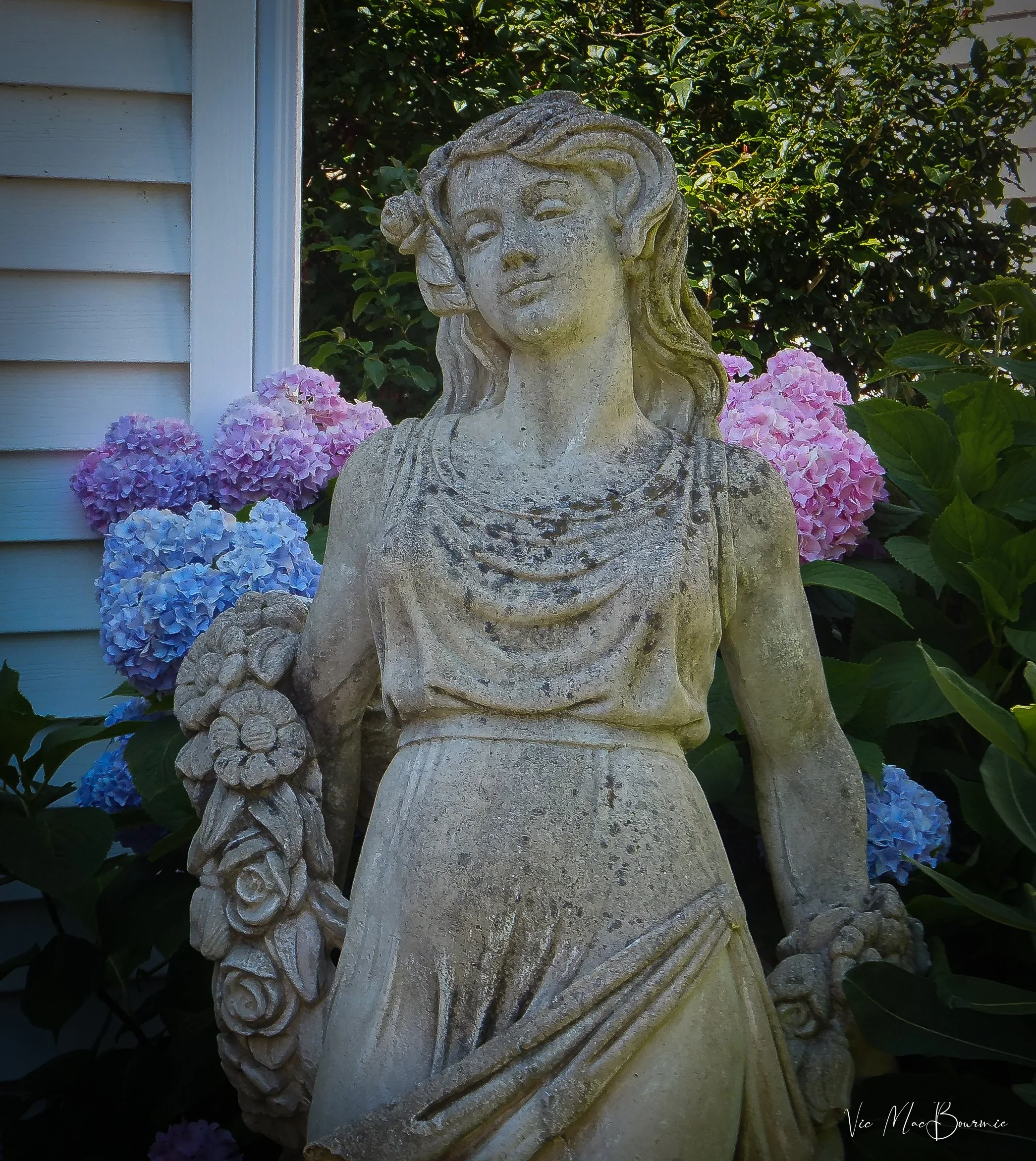
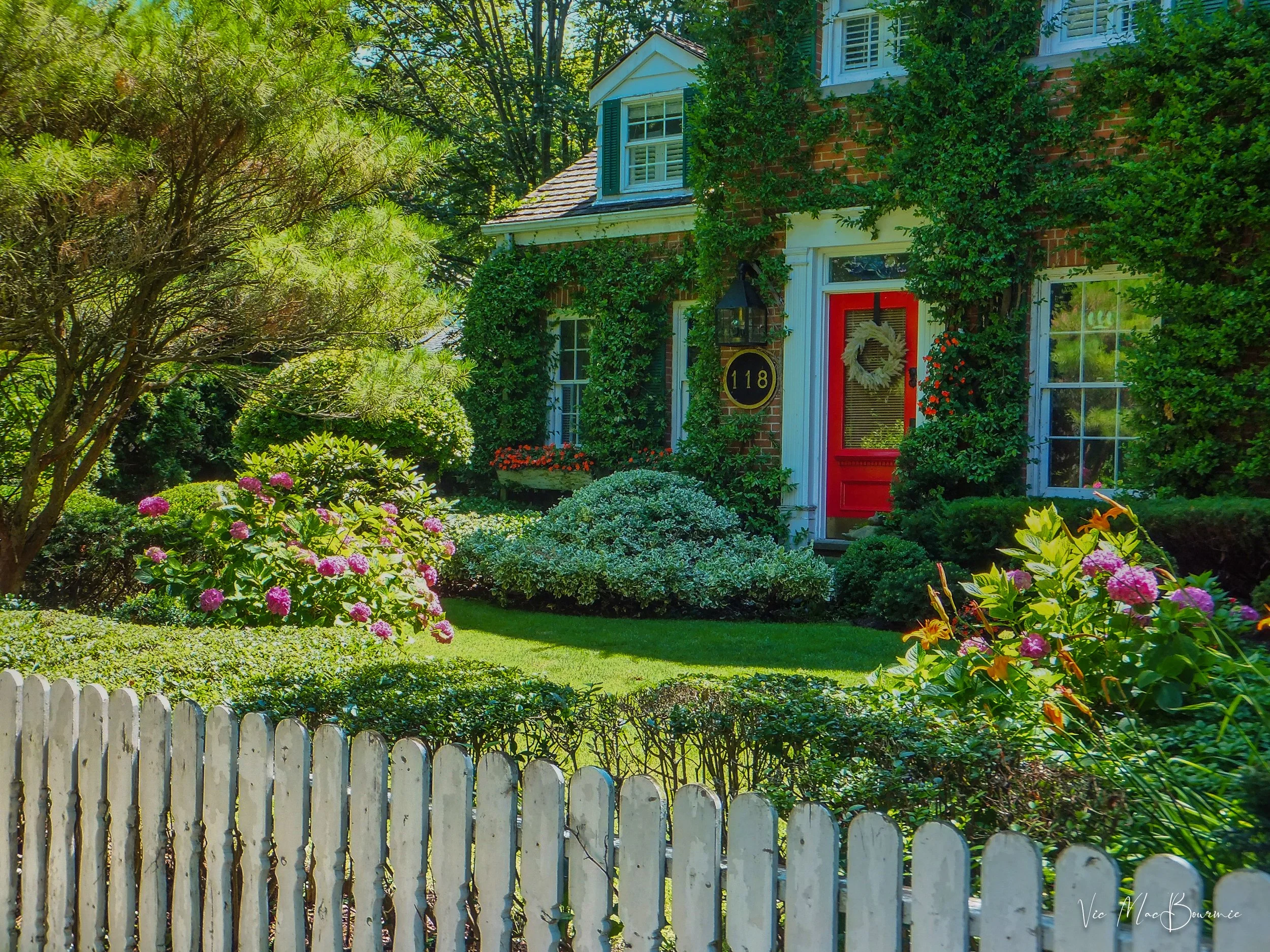

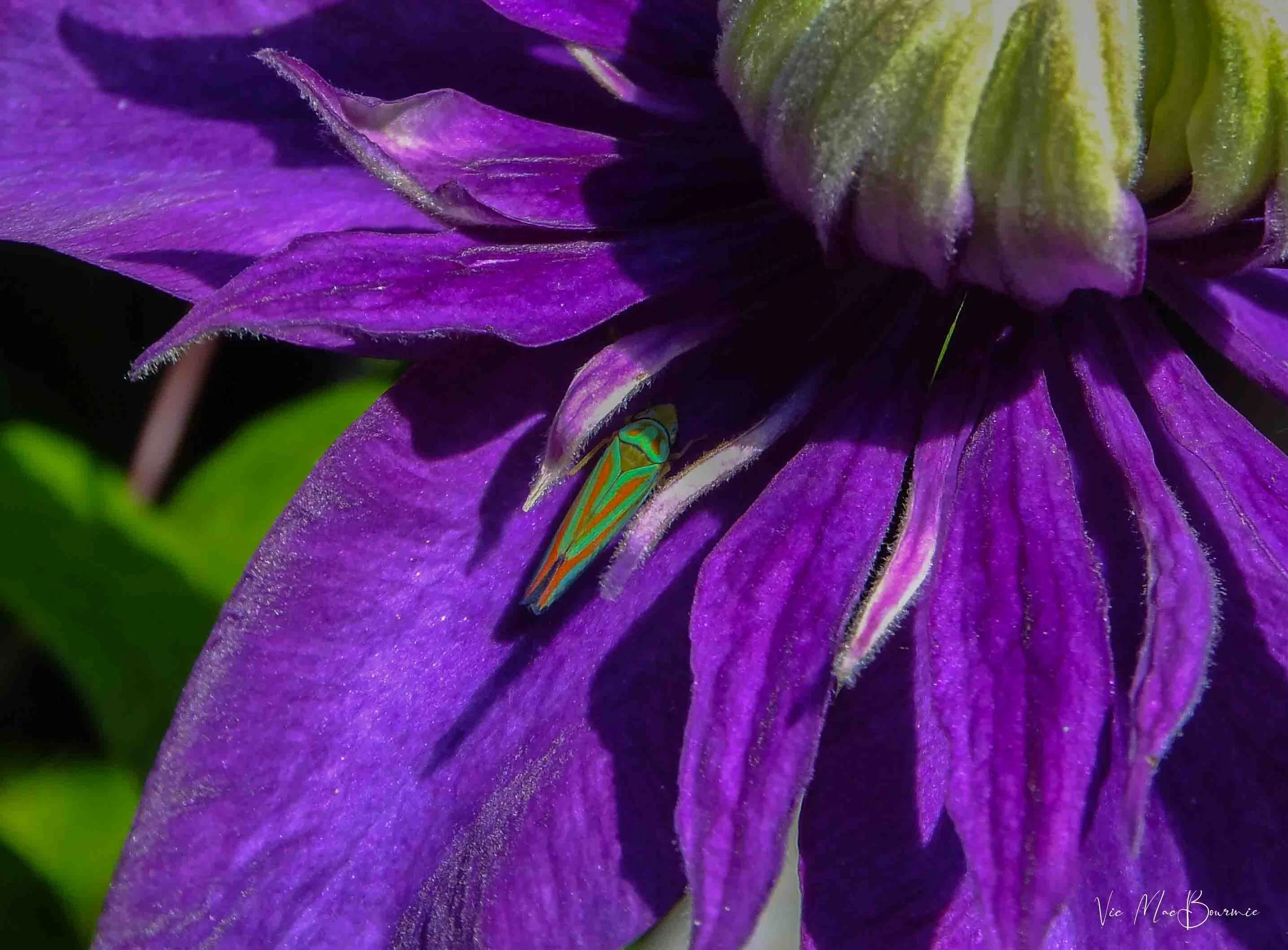
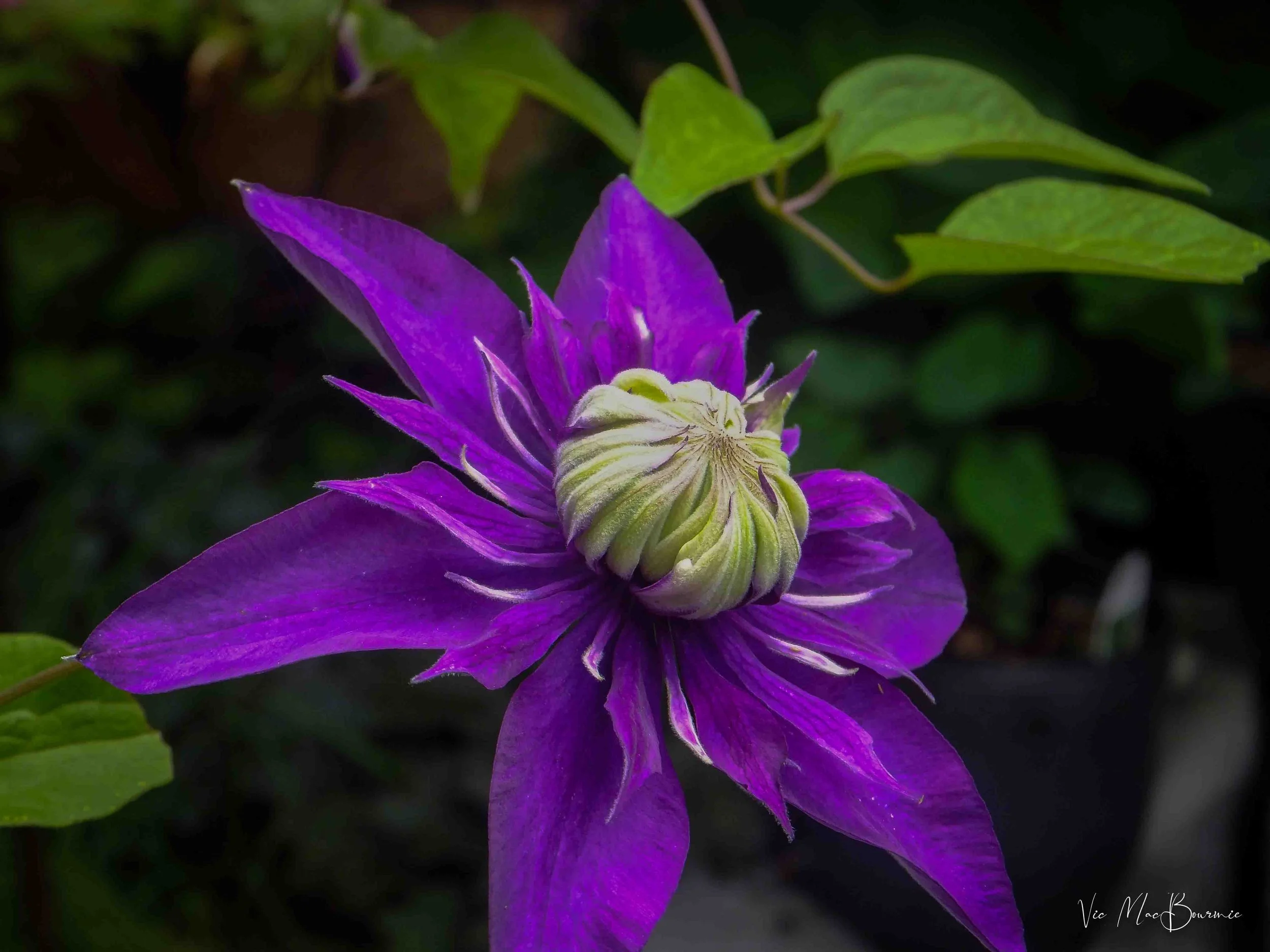
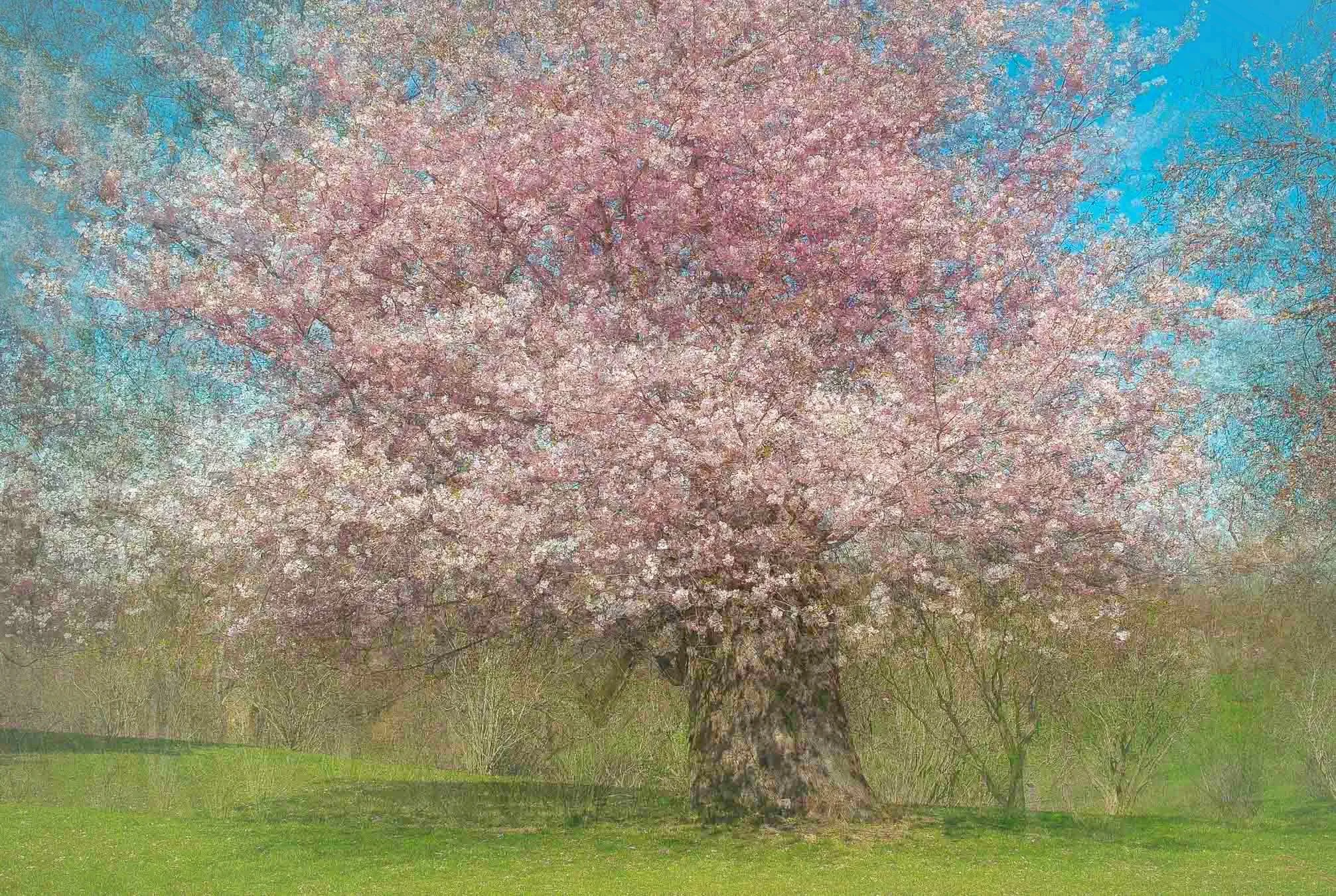














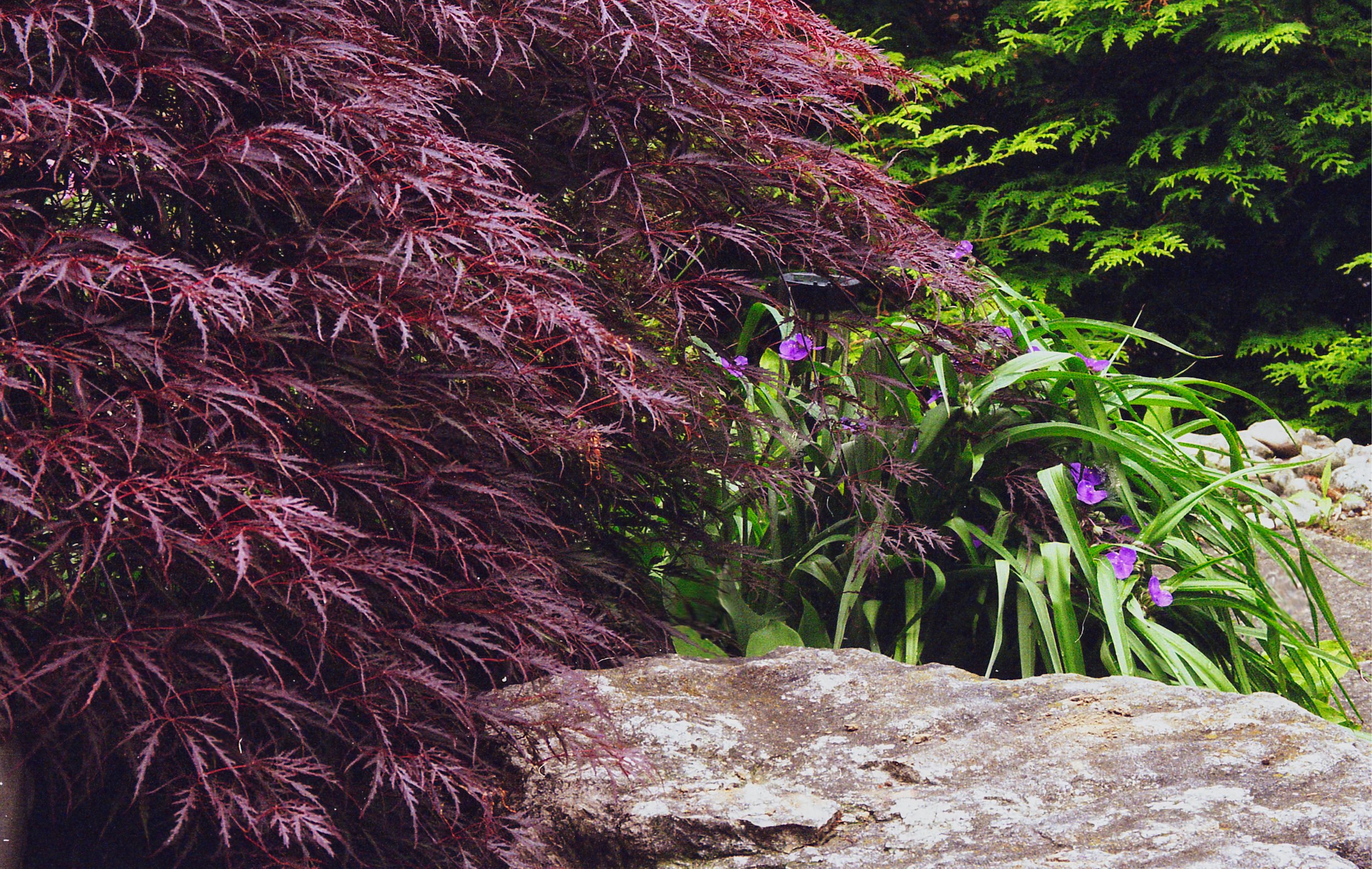










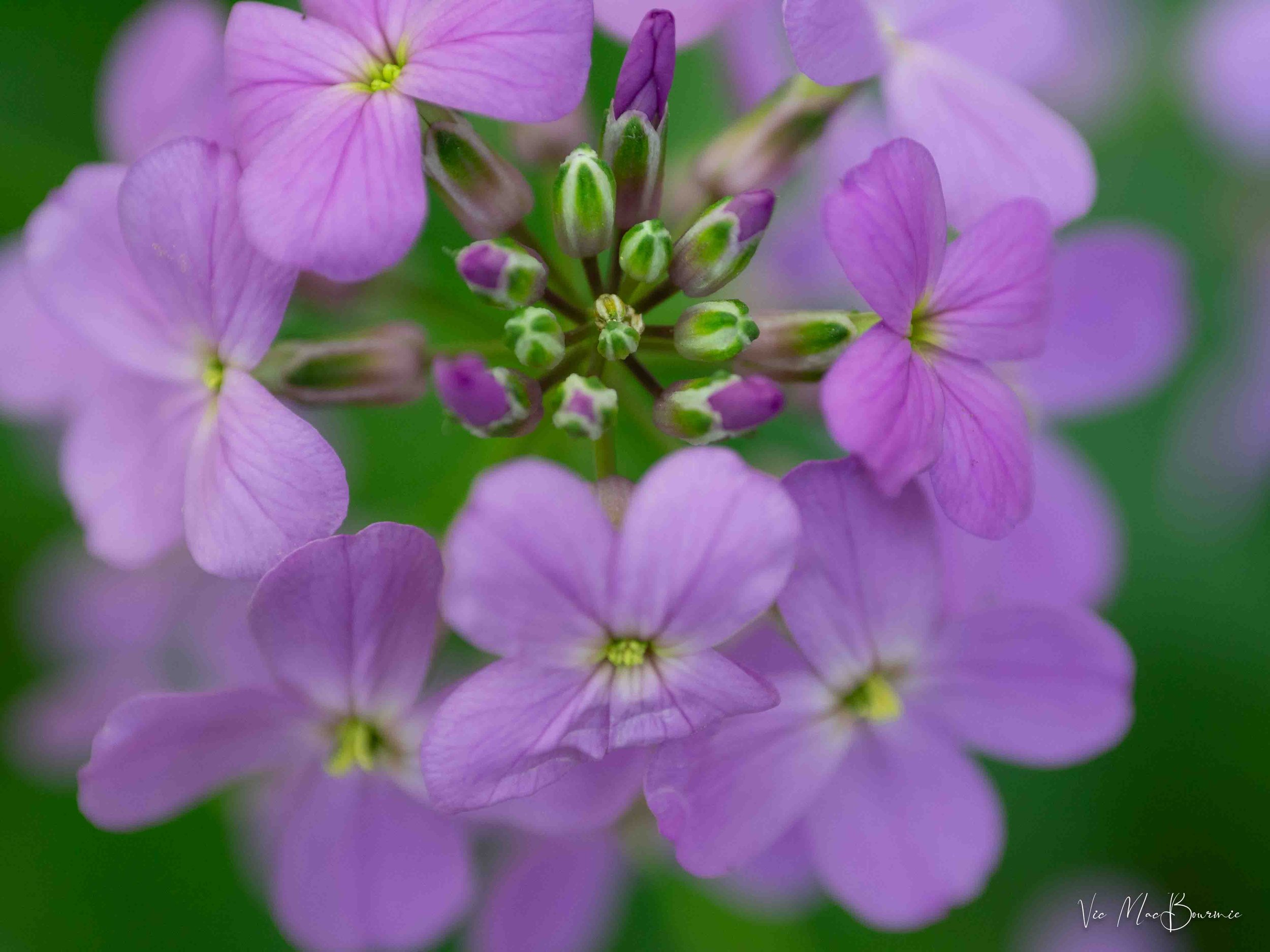


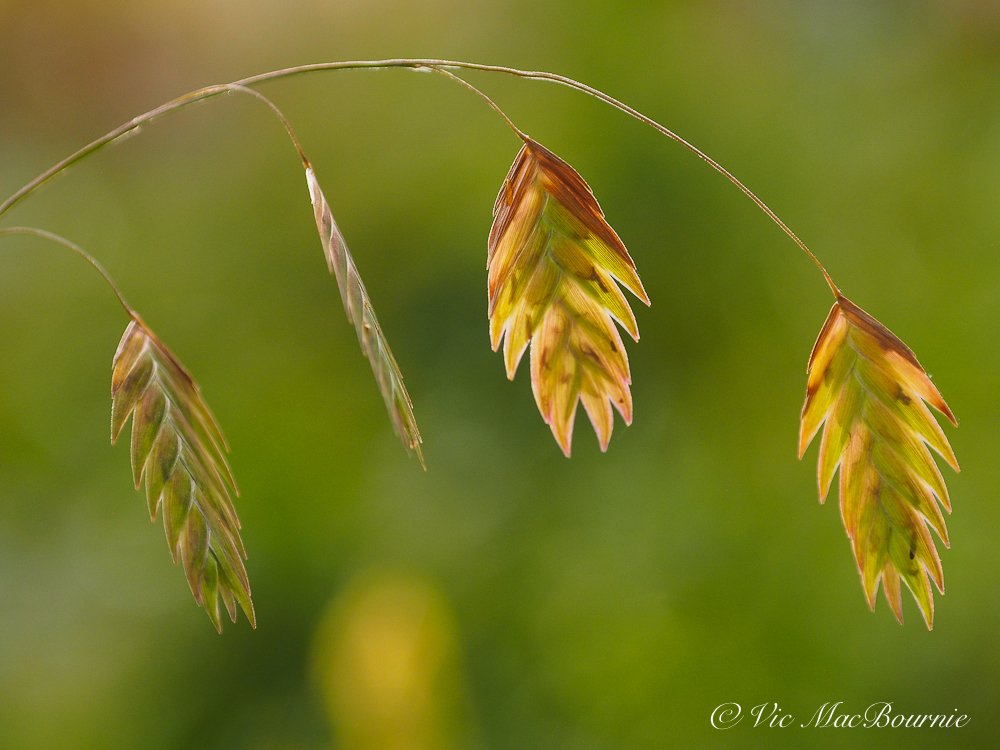

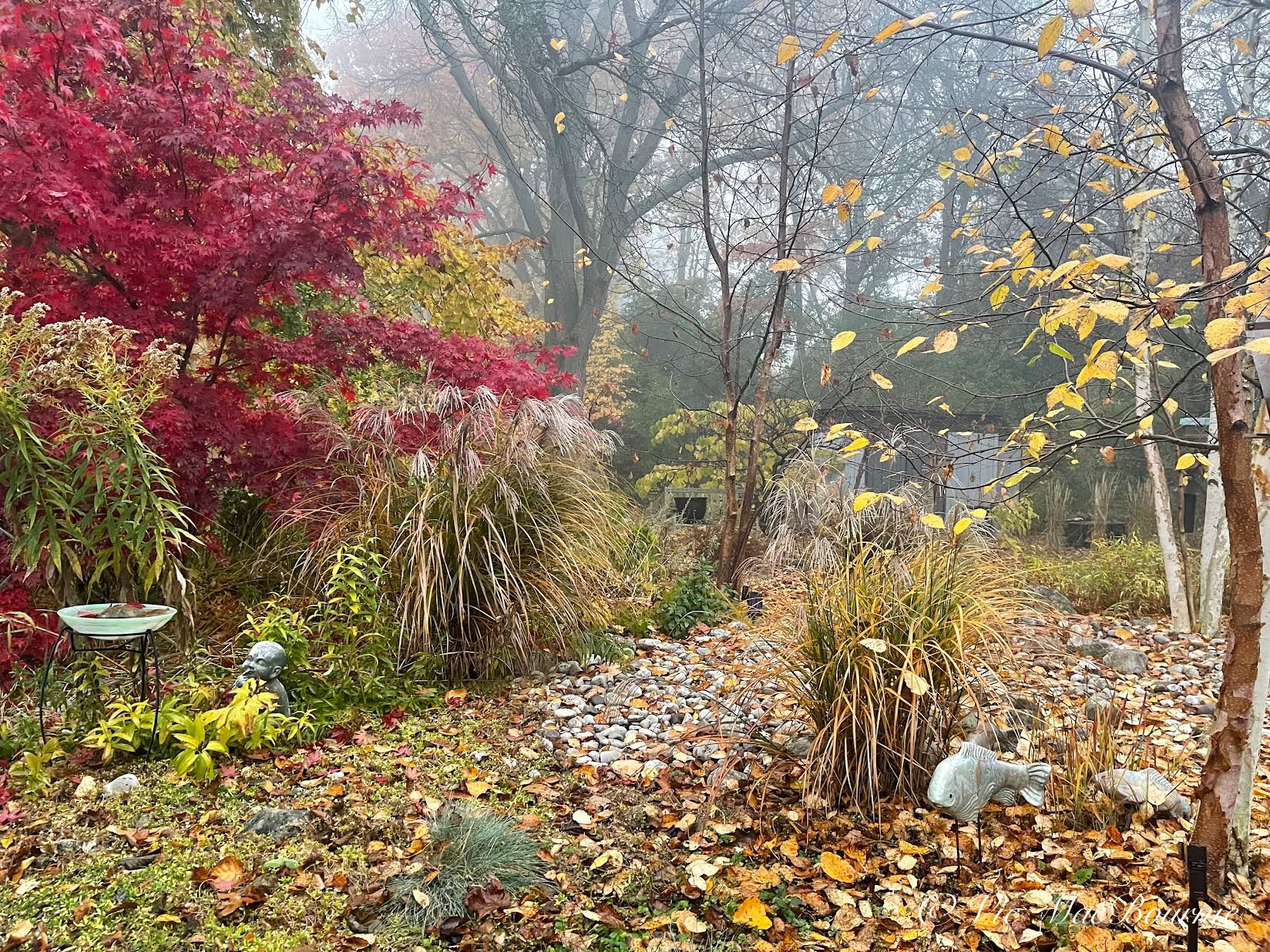
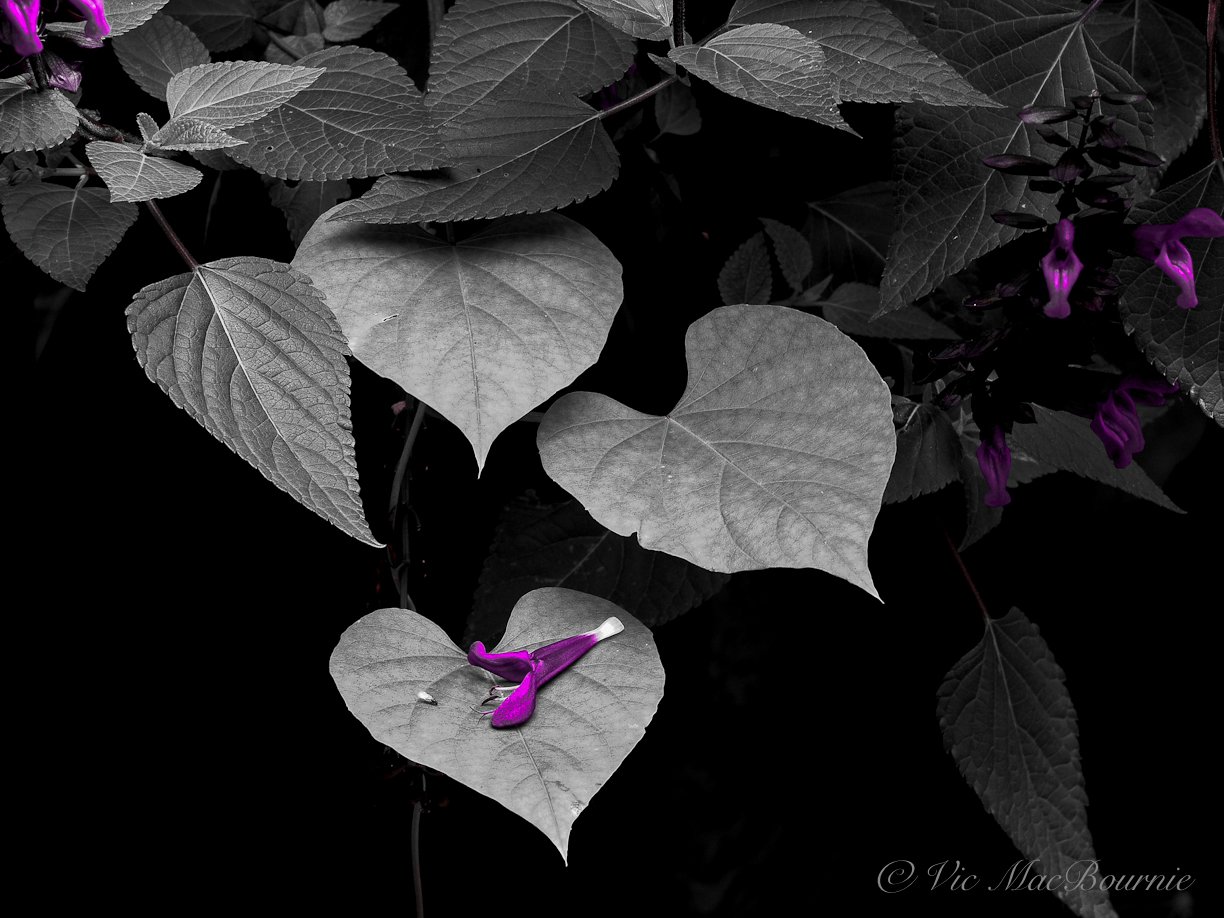





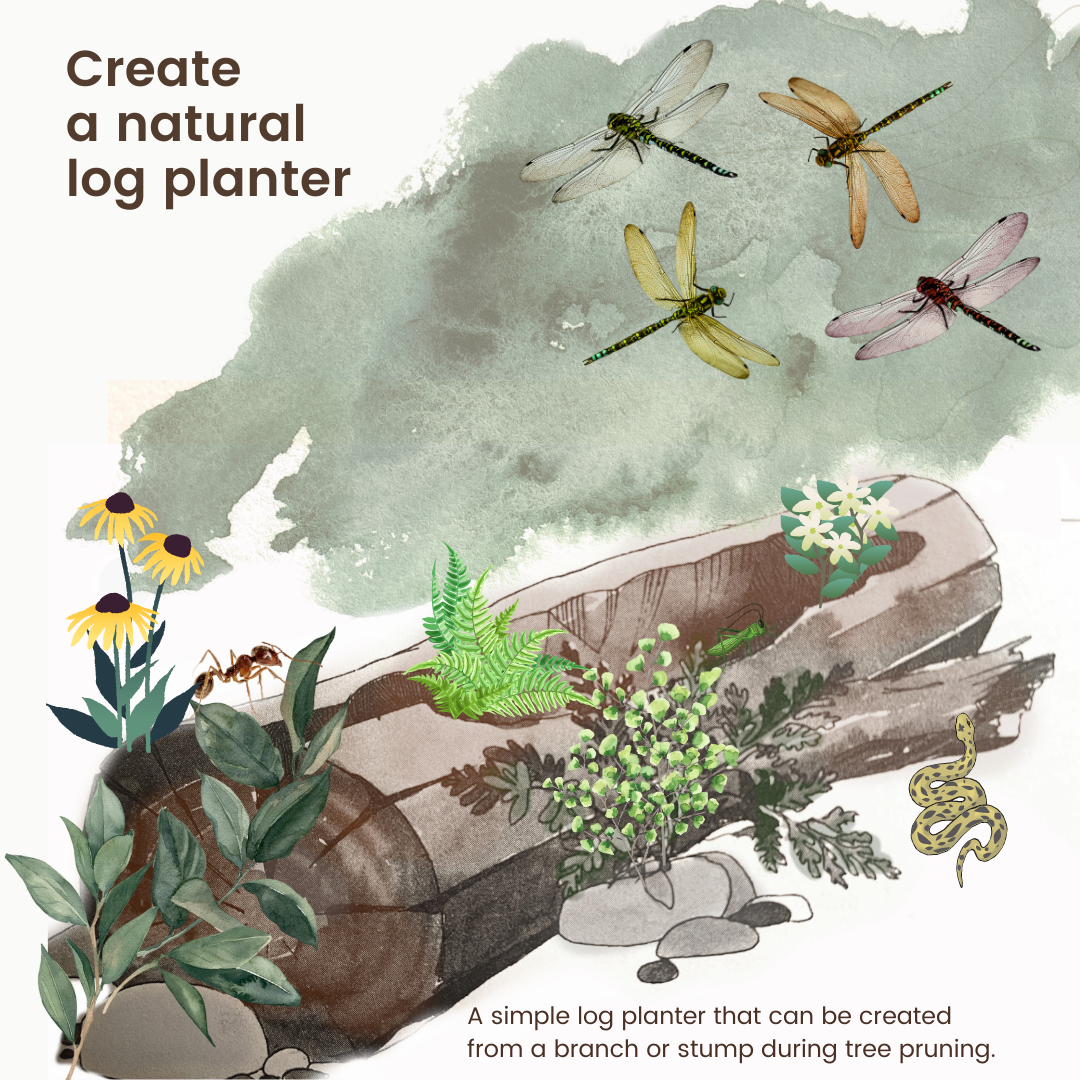
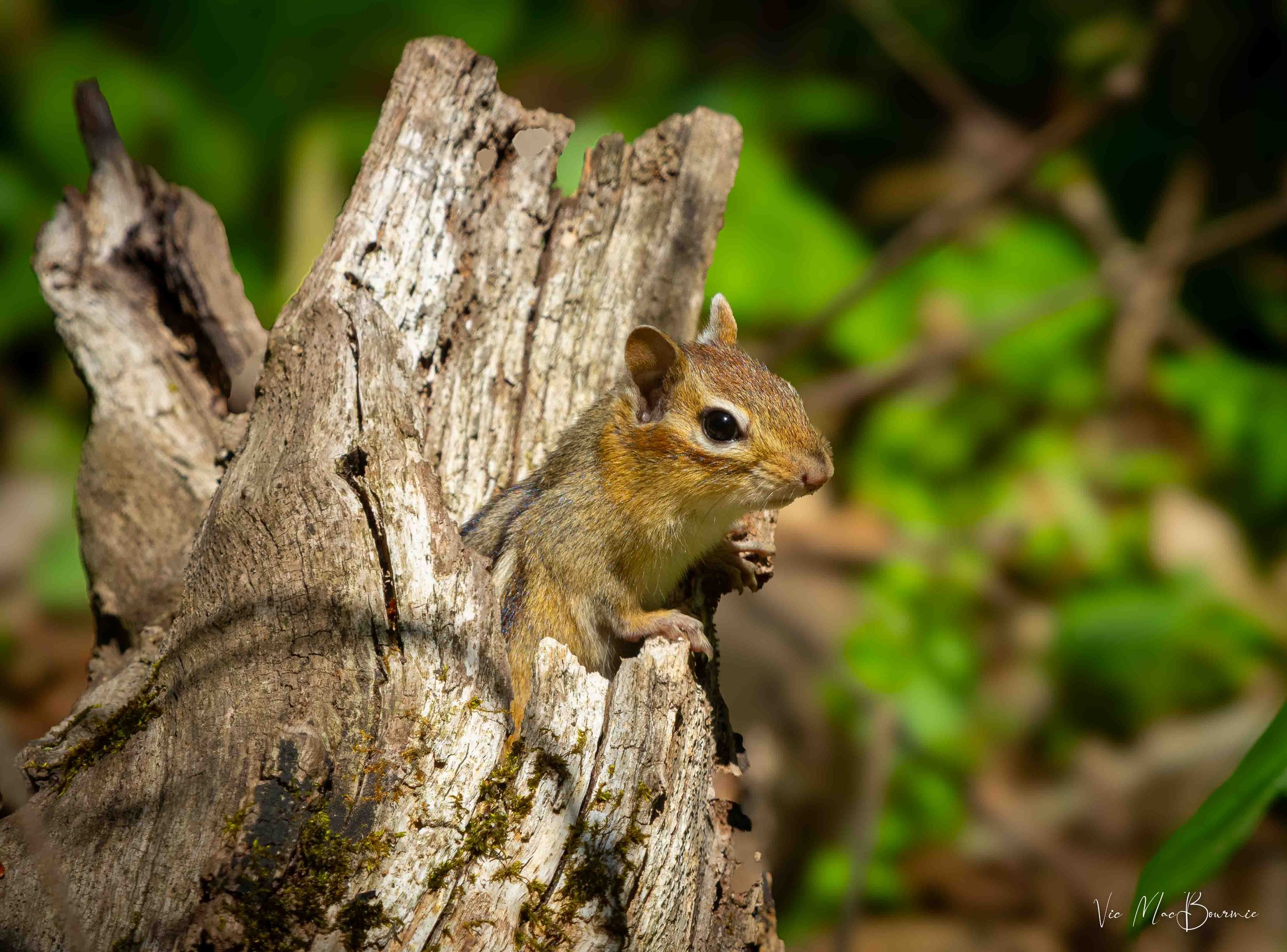










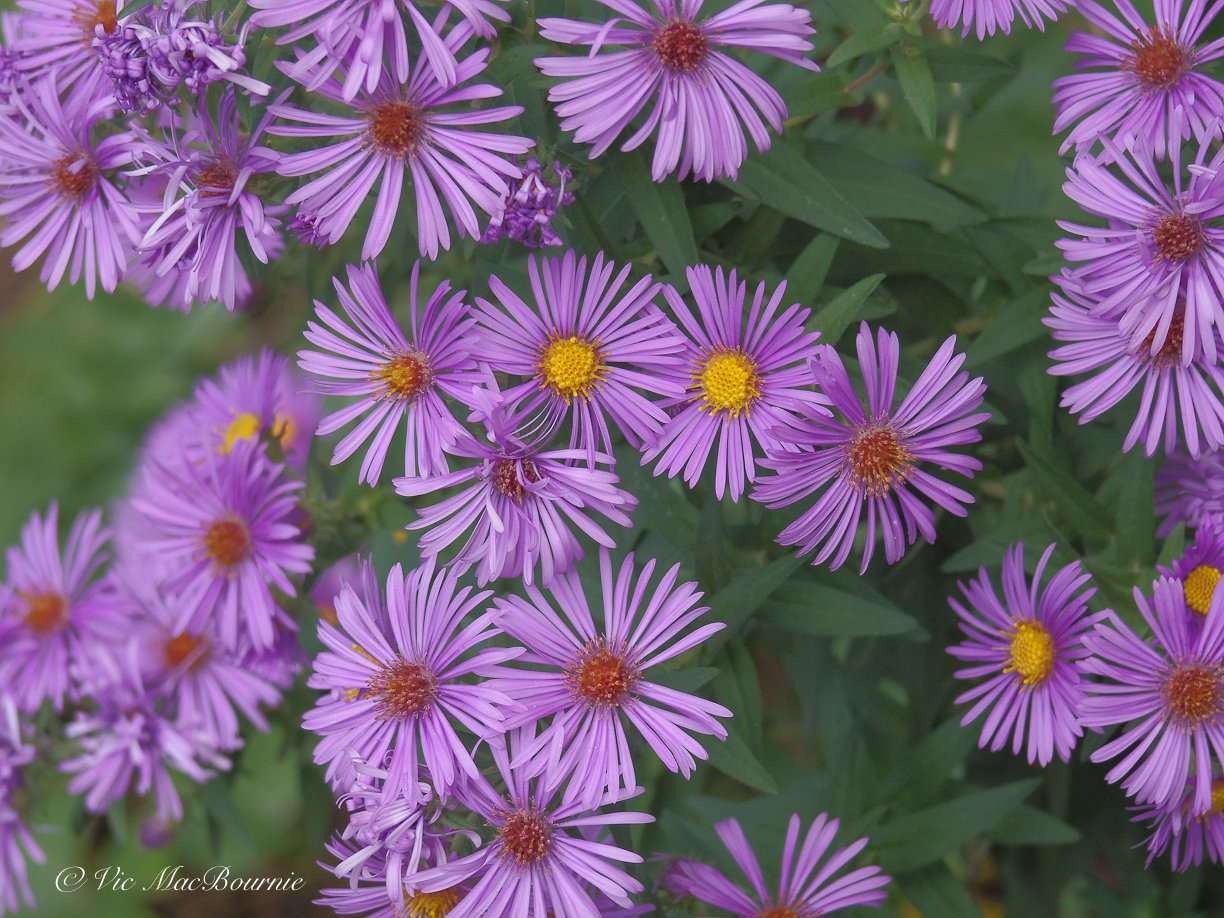
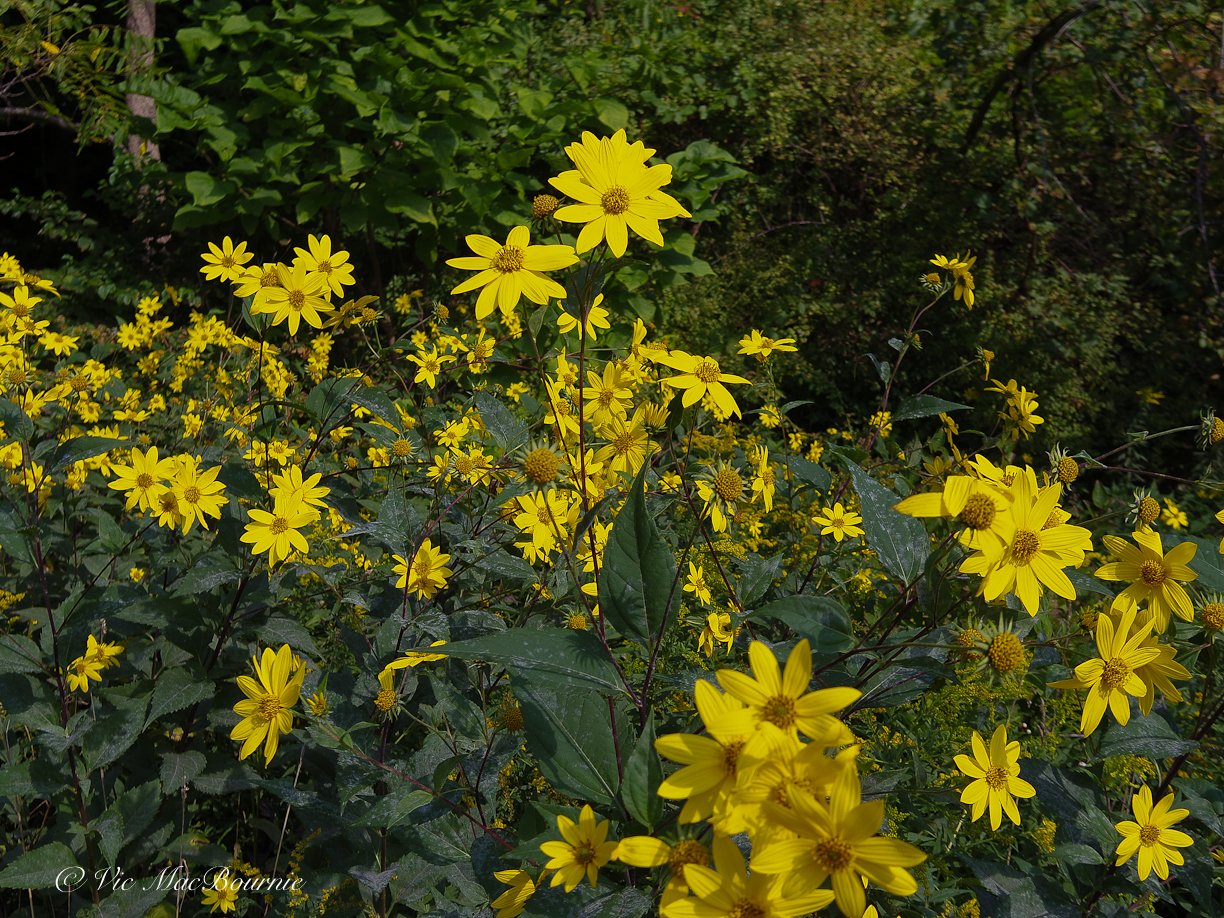
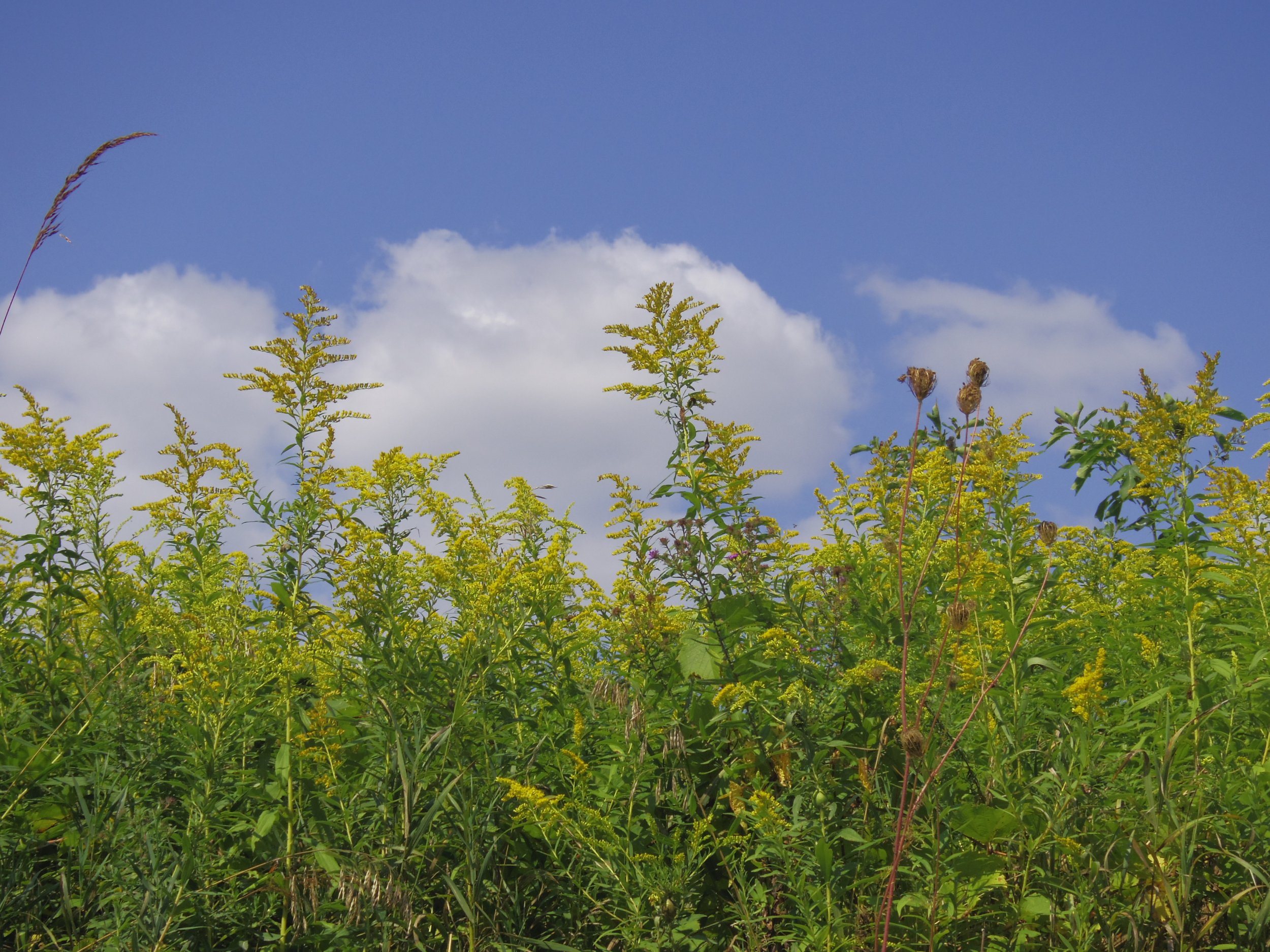














































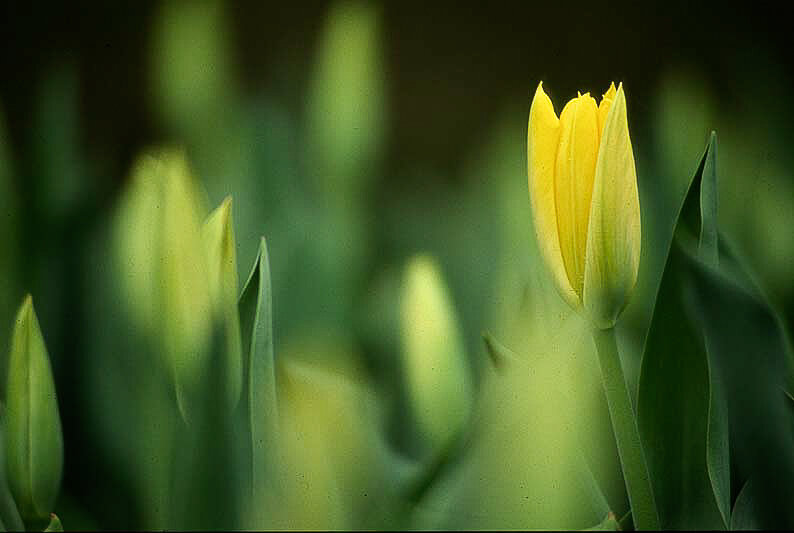

























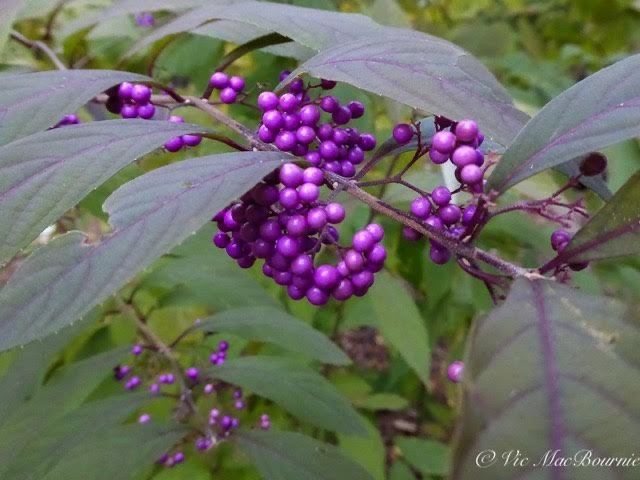





Spotted bee balm is a fascinating native plant that will be a mainstay in our natural woodland garden.